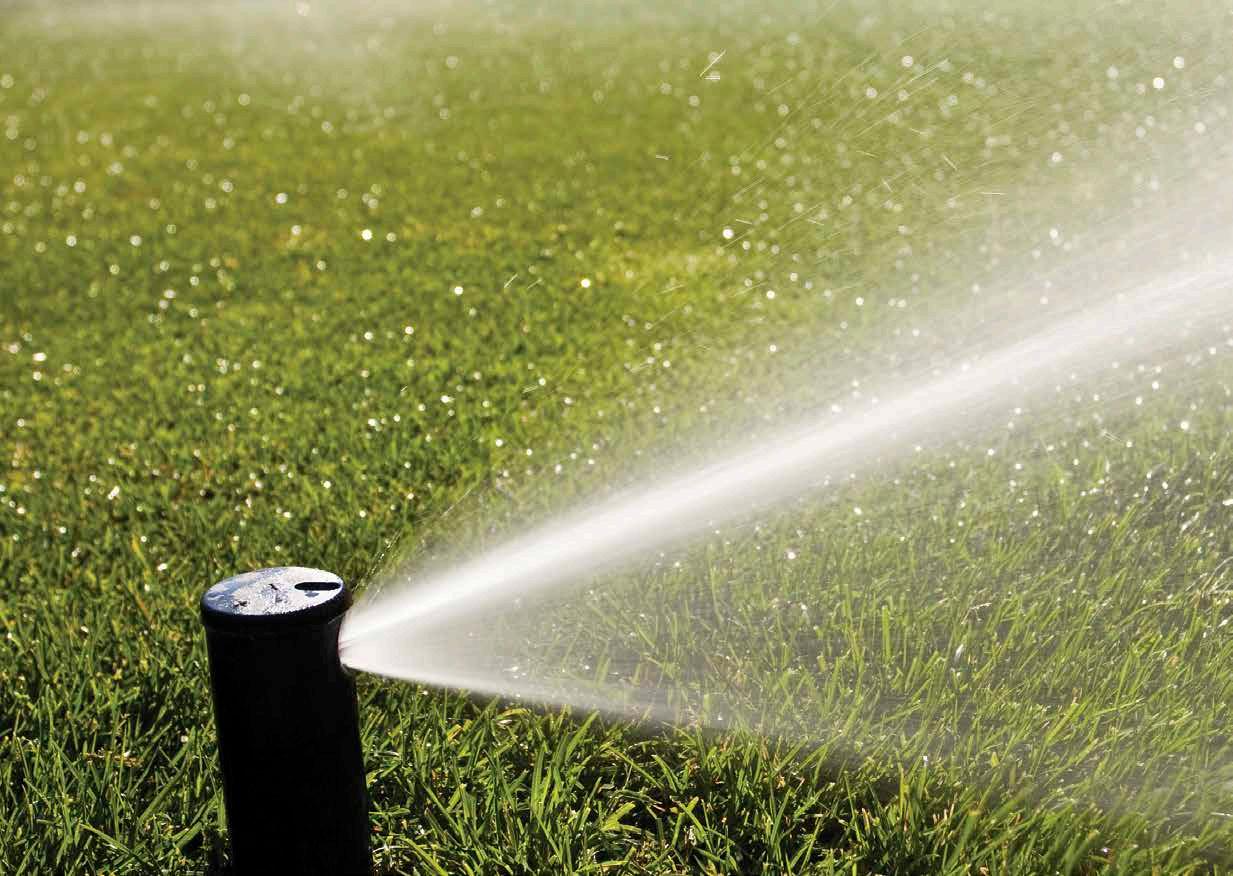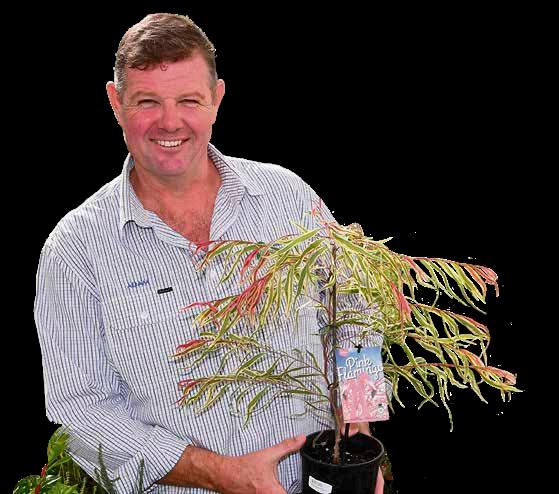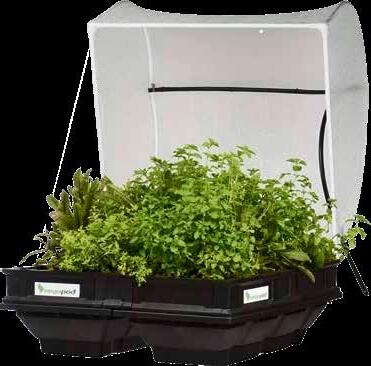






































































Boasting an almost-full field days site this year, the Wimmera’s premier multi-day agriculture event is set to entertain and educate next week.
The event marks 60 years since the first Wimmera Machinery Field Days.
For the occasion, the committee has welcomed 106 new exhibitors with more than 350 attending to showcase machinery, technology and more at Wimmera Events Centre, Longerenong.
President Tim Rethus said the committee and management team were prepared ‘ahead of the curve’ this year with the site filling quickly for the March 5 to 7 event.
He said exhibitors and their sites were what made the field days what they were.
“We’ve been working hard with exhibitors to find out from them what makes a good field days,” he said.
“Hopefully we can implement great ideas and keep them happy.
“When they are happy, they are going to have nice sites, which will make people through the gate happy and everyone wins.”
Mr Rethus said during the 60 years of the field days there had been many changes.
“Over time field days change, so we needed to make sure we embraced changing times,” he said.
“So, we will reminisce about the wonderful times of 60 years ago while knowing today is very different.
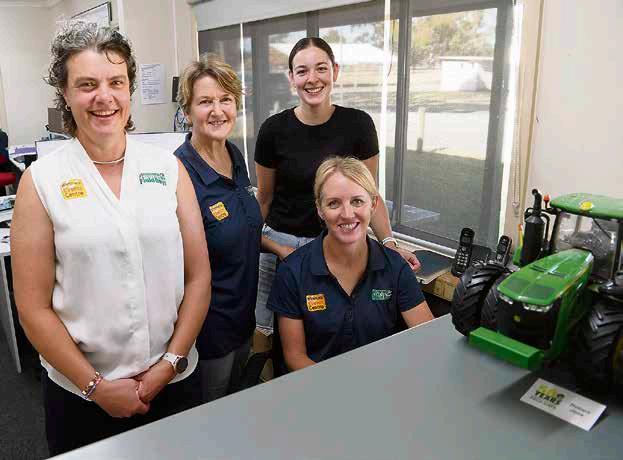
“We are going to have some old machinery on display and brand new, massive tractors we have now to compare to what was brand new at the first field days to show the evolution of agriculture.
“I think it will be a good homage to where we have been and how long we have existed.”
Mr Rethus said the Wimmera, as a reliable district for crop growing, was the centre of Victorian cropping.
“We know we are one of the major field days as we have a three-day event and we want to be one of the
most important field days that exhibitors have to turn up to,” he said.
“Judging by the fact exhibitors are filling our site, we’re getting the message across that we want to be the one, and we want to work with them to be the premier event it has always been and maintain that.”
Manager Vanessa Lenehan said this year’s event would look more ‘normal’ after stock shortages and staff impacted by COVID-19 meant a lot of work for exhibitors.
“Some of our pavilions are already full. I just want the vibe to be busy
PLANNING:
Wimmera Machinery Field Days management team, from left, Vanessa Lenehan, Sally Hernon, Olivia Lenehan and Rebecca Steadman.
Picture: PAUL CARRACHER
is the farm biosecurity hub, so that’s a new initiative we have coming.
“We are also changing the Country Lifestyle pavilion and the team has called a heap of businesses, so we have a lot more exhibitors with a lot more general interest items.
“The Local Market Square will be fuller and more vibrant as we’re changing things around to attract more people to that area. It’s all a matter of trying things, changing things and if something doesn’t work, trying something different.”
Mrs Lenehan said there would be something for everyone who wished to step back into the 1960s.
“We have found some machinery, cars and trucks that were made in the early 1960s era and we’re going to try to get the history of them,” she said.
“It’s pretty exciting to get the older stuff back, that has been looked after, restored and in its original condition to celebrate 60 years.
so everyone wants to be there and it’s happy and buzzing,” she said.
“We’re listening to what exhibitors are saying to be able to make the changes to make the field days better for them.”
Mrs Lenehan said the challenge with being 60 years on from the first field days was continuing to keep the event relevant.
“What do we do to make exhibitors need to come to field days and how do we get people through the gate to make exhibitors happy?’,” she said.
“One of the new things we are doing
“We are going to have a big display in the Moore Exhibition Centre with lots of photos and a timeline of the history of the field days so people can see how the field days started and highlights along the years to where we are today.
“Some exhibitors are trying to find historic items as well to put on their site.
“Also, the Sandy Creek Clydesdales will be available for carriage rides and people can watch them being harnessed and unharnessed.”





Green Lake that will be sown to Barley to maximise the opportunity given by subsoil moisture entering the 2024 season.
While February may be quiet in the paddock, it is an opportunity to plan for the 2024 season and beyond. Crop rotations are one of the easiest and most important ways to improve a farm’s profitability. There are several factors which we believe govern crop rotations; weed control, herbicide plantback issues, disease, moisture and risk management and mitigation.
Weed control is a crucial consideration in rotation planning as it is a key limiting factor we have in continuous cropping systems. Ryegrass is an increasing issue and a strategic, longterm plan to reduce plant numbers is a must. Our go-to tactics include double knockdowns, and now double paraquat knocks, rotating pre and post emergent herbicide groups, selecting varieties with good crop competition and incorporating fallow and hay into our programs.
Plant back issues are a hot topic when it comes to rotation planning, especially because of our reliance on Group B (or 2) products in multiple cropping phases, particularly lentils, barley and
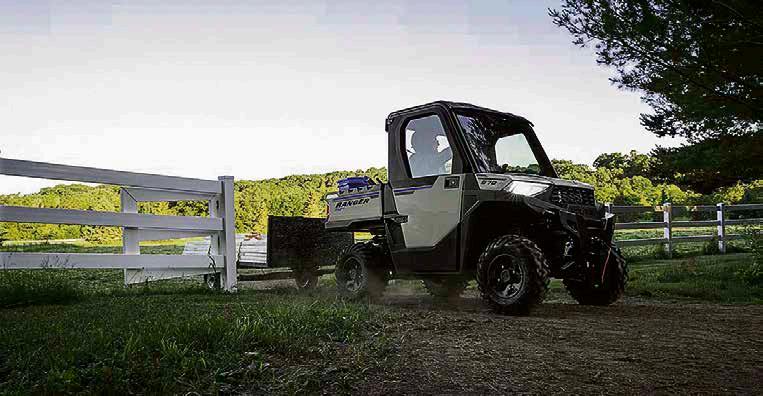


canola. The breakdown of these chemicals is affected by soil pH and moisture and therefore each season is different. We recommend having a designated herbicide tolerant variety to be used as a ‘soaker’ crop to handle herbicide residues, and to take a cautious approach when assessing plantbacks.
Certain crop diseases can be effectively managed by rotation choices which often gives better results than any fungicide applied in-crop. An important example is Blackleg disease in canola. Short canola rotations and growing canola in nearby paddocks in consecutive seasons will cause issues as Blackleg survives on stubble and can evolve to become resistant to your canola variety’s Blackleg resistant gene. We recommend changing canola Blackleg Groups often, especially if these situations occur.
Moisture is another consideration when choosing which crops to plant. 2023 results were a testament to the importance of subsoil moisture with more grain produced than expected from our growing season rainfall. Good subsoil moisture, which we have again going into this season, should mean that growers can have confidence in taking opportunities to gain additional profits.
Opinions on risk varies between growers and advisors and there is no ‘right’ or ‘wrong’, it just depends on what you are comfortable with. We use some guidelines to help us manage and mitigate risk for our growers when planning, such as rotating herbicide groups. We focus on not allowing the most recent season or events to influence our decision making short-term without considering the longterm outlook. Planning for average is a safe choice.
Good planning is one of the best tools that both farmers and advisors have in the push to grow better crops and be more profitable. We push for numbers backed decisions and to not allow recent events to cloud your long-term plans.
Contact Charlie: 0456 597 009 charlie.gardner@nutrien.com.au
Contact Jack: 0458 486 456 jack.purcell@nutrien.com.au




From the manager
our 60 years.
Check out our historical timeline on display in the Moore Exhibition Centre, as well as the cars, trucks and machinery showcased at the front of our site.
As always, a big thanks to all of our exhibitors for 2024, both returning and new.
It is certainly very exciting to see the site at near capacity again.
Without our exhibitors we would not have a field day, so we are always keen to hear feedback and work with site holders to make our field days even bigger and better.
Another big thank you must go to all of our corporate partners and sponsors.
We have a large number of organisations and companies that support the field days each year and without this support, the field days would not be what it is today.

Please show your support by visiting the sponsors and corporate partners, both during the field days and throughout the year.
The Local Market Square is back again this year, with the continued support of 1089 3WM.
We welcome back producers from last year and also new businesses in the arts and crafts sector.
Please make sure you go to the square and see what they have to
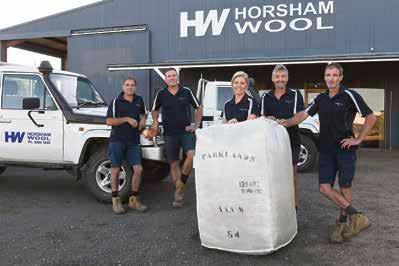
offer. There is also a wide range of attractions, including Black Snake reptile and wildlife display, Rev It Up racing simulator, Level Up Gaming in the auditorium, Dunmunkle Sumpoilers, helicopter rides, mini train rides, an animal nursery, kids’ zone, the MikMaks on stage on Wednesday as well as new attractions for 2024 – Laser Tag and the Sandy Creek Clydesdales.
Check out the program to see when
they are doing their blacksmithing and harnessing demonstrations.
A big thanks to Partners in Ag for co-ordinating the Ag Ed Quest again.
It is fantastic to see so many school children attend the field days. It is such a great opportunity to showcase our field days and the many career pathways agriculture has to offer.
Thanks to WIM Resource for their continued support of this initiative.
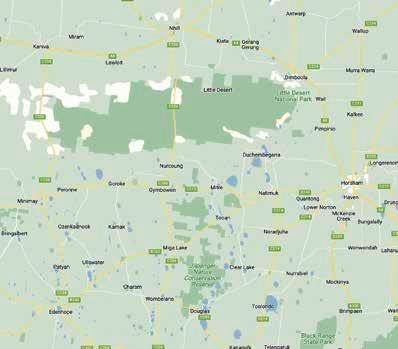
“Credit goes to the original committee who were dedicated to getting the field days up-and-running in the Wimmera and members of the committee throughout the years who have kept the field days going”
Make sure you visit the new-look Country Lifestyle area, with a much larger range of exhibitors this year.
Welcome to all of our new exhibitors in this area and we hope you enjoy your time with us.
Thanks to Breuers Party Hire for the efforts in setting up the new look Prickly Moses Beer Garden.
Thanks to all the community groups that contribute to the successful running of the field days.
It is certainly great to see an event of this size in the region and we take pride in involving the community and giving back to the many local groups and organisations that assist us.
A big thanks to the Wimmera Machinery Field Day committee for their work and support to get the field days up-and-running and lastly, a big thanks to the team in the office for their dedication and commitment to making the field days a success.
I hope you enjoy celebrating our 60 years at the 2024 Wimmera Machinery Field Days.
Vanessa Lenehan Manager Wimmera Machinery Field Days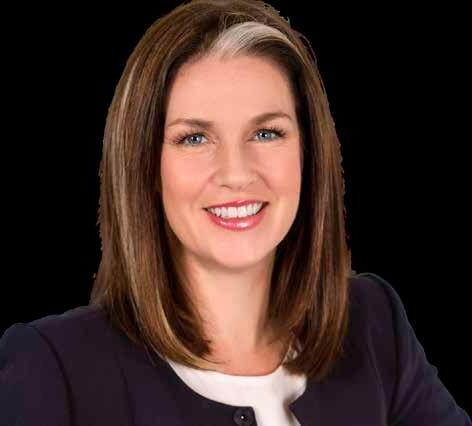

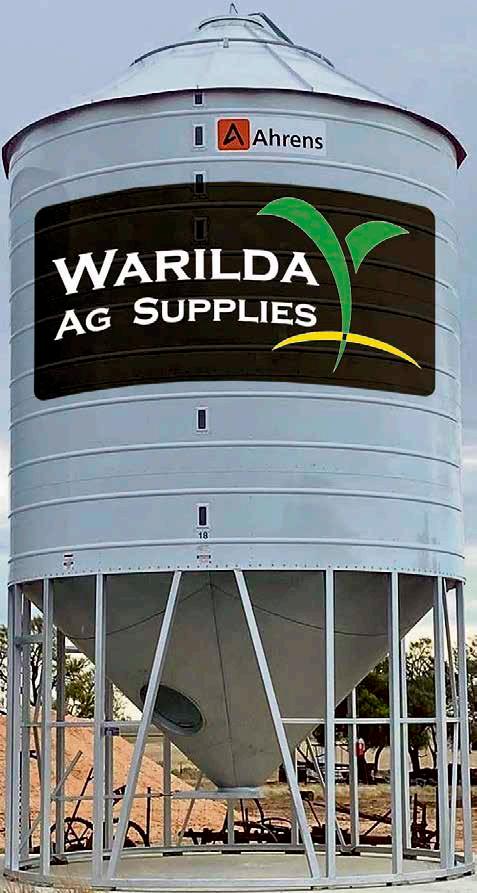
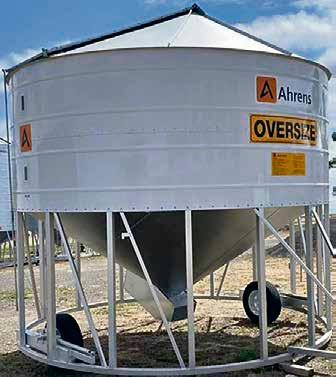






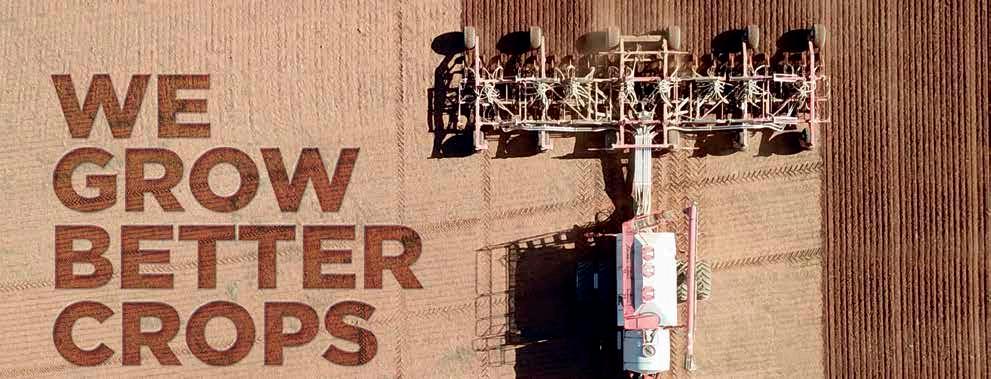
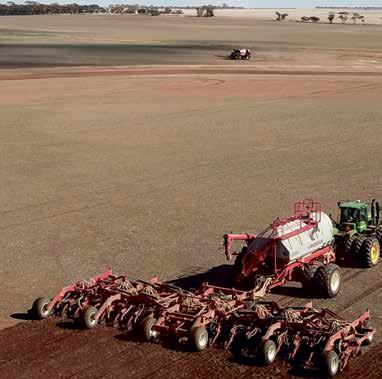

n behalf of the Wimmera Machinery Field Days committee and staff, we welcome you to the 2024 Wimmera Machinery Field Days – our 60th event.
We are very proud of our event and we thank you for supporting it.
I’d also like to extend a special thank you to our exhibitors and sponsors who are the backbone of our event and the tireless community group volunteers who contribute to its smooth running.
Much has changed in the past six decades in agriculture.
Of course, the machinery has changed, and there may be less farmers doing

more, but we now grow a greater diversity of crops and have adapted our farming systems to be more climate-resilient and sustainable.
At the same time, we grow more food, fibre and energy at a lower cost.
We thank our forebears for initiating this great agriculture showcase, which has enriched our farms and communities.
So, take a look and wonder at the progression of agriculture in the Wimmera and ponder what it will look like in another 60 years.
Enjoy your time with us and I hope to see you again at the Wimmera Machinery Field Days in 2025.
Tim Rethus President, Wimmera Machinery Field DaysWelcome to the 60th Wimmera Machinery Field Days.
This remarkable milestone stands as a testament to the unwavering dedication of our passionate volunteers and staff.
Agriculture, the backbone of western Victoria, takes centre stage during these field days.
It’s an invaluable opportunity for farmers and industry professionals to exchange knowledge, tackle challenges and explore cutting-edge solutions and technological advancements.
Recent abundant rainfall has bolstered confidence in the farming sector.
Our innovative farmers constantly seek ways to boost productivity and efficiency within their operations.
The diverse array of machinery, tools and gadgets showcased promises to meet those needs.
Farmers are always looking for new and innovative ways to enhance productivity and efficiency within their businesses and I’m sure the breadth of machinery, tools and gadgets on display at these field days will fill this need.
Social connections and interactions will also be a highlight throughout the three days as Longerenong teems with exhibitors and patrons.
10 days
Castle, Chambers of the Black Hand, Dubbo, Western Plains Zoo.
6 days Monday 29th April $2680
Highlights: Benalla, Bright Autumn Leaves, Harrietville, Wandiligong, Bright Art Gallery, Red Stag Deer Farm, Beechworth, Burke Museum, Yackandandah, Falls Creek, Bogong National Park, Mt Buffalo, Mt Beauty, Kiewa Valley, Lavender Farm, Myrtleford, and Glenrowan.
24 days

Kudos to president Tim Rethus, the volunteer committee and our hardworking staff for orchestrating yet another successful event. Your commitment is commendable.
Horsham Rural City Council proudly supports the Wimmera
Monday 1st July $7850
Highlights: Luxury Hotel Accommodation, Stunning Singapore, City Sights Tour, Botanic & Orchid Gardens, Singapore River Cruise, Fullerton Bay Hotel High Tea, The Singapore Zoo, Singapore Flyer, Marina Bay Sands Lookout, S.E.A Aquarium, Changi District, National Museum of Singapore, Gardens by the Bay, English Speaking Guides.
47 days Monday 29th July $22,540
“See the itinerary for the many tour highlights”.
15 days
RANGES
Thursday 30th May $12,290
Highlights: Bourke, Darling River, Charleville, Cosmos Centre, Blackall Woolscour, Longreach, Stockman’s Hall of Fame, Thomson River Cruise, Charters Towers, Magnetic Island, Paronella Park, Australian Sugar Museum, Green Island, Cairns, Barrier Reef, Daintree River Cruise, Kuranda Train and Sky Rail, Breakfast with the Birds, Port Douglas, Undara Lava Tubes, Gulflander Train Ride, Gulf of Carpentaria Sunset Cruise, Mt Isa, Birdsville, Marree, Lake Eyre, Flinders Ranges, Burra, Renmark.
12 days
Thursday 30th May $6760
Highlights: Bourke, Darling River, Charleville, Cosmos Centre, Blackall Woolscour, Longreach, Stockman’s Hall of Fame, Thomson River Cruise, Charters Towers, Magnetic Island, Paronella Park, Australian Sugar Museum, Green Island, Cairns, Barrier Reef, Daintree River Cruise, Kuranda Train and Sky Rail, Breakfast with the Birds, Port Douglas
16 days Friday 7th June $8930
Highlights: Cairns, Green Island, Barrier Reef, Daintree River Cruise, Breakfast with the Birds, Port Douglas, Atherton Tableland, Georgetown, Undara Lava Tubes, Gulflander Train Ride, Normanton, Karumba, Gulf of Carpentaria Sunset Cruise, Mt Isa, Birdsville, Marree, Lake Eyre, Flinders Ranges, Burra, Renmark.
Monday 29th July $8950
Highlights: Central Australia, Coober Pedy, Ayers Rock, Kings Canyon, Alice Springs, West MacDonnell Ranges, Tennant Creek, Katherine Gorge Cruise, Kakadu, Yellow Waters Cruise, Darwin, Mindil Market, Litchfield National Park.
9 days Monday 29th July $5980
Highlights: Adelaide, Port Augusta, Central Australia, Coober Pedy, Umoona Opal Mine, Ayres Rock, Kings Canyon, Alice Springs, West MacDonnell Ranges, Standley Chasm, Alice Springs Reptile Centre, Alice Springs Desert Park, Royal Flying Doctor Service, Alice Springs School of the Air, Alice Springs Telegraph Station.
35 days
Saturday 10th August $16,680
“See the itinerary for the many tour highlights”.
23 days
Saturday 10th August $12,460
Highlights: Darwin, Mindil Beach Market, Katherine, Kununurra, Ord River Cruise, El Questro Station, Zebedee Springs, Chamberlain Gorge Cruise, Wyndham, Halls Creek, Fitzroy Crossing, Derby, Boab Prison Tree, Broome, Willie Creek Pearl Farm, Cable Beach, Port Hedland, Tom Price, Exmouth, Coral Bay, Monkey Mia, Kalbarri, Perth.
Machinery Field Days. If you have any queries or simply want to chat, visit us at the Moore Exhibition Centre.
Robyn Gulline Mayor, Horsham Rural City
12 days Saturday 10th August $7990
Highlights: Darwin, Mindil Beach Market, Katherine, Kununurra, Ord River Cruise, El Questro Station, Zebedee Springs, Chamberlain Gorge Cruise, Wyndham, Halls Creek, Fitzroy Crossing, Derby, Boab Prison Tree, Broome, Willie Creek Pearl Farm, Cable Beach.
14 days Monday 19th August $8380
Highlights: Broome 3 nights, Cable Beach, Eighty Mile Beach, Port Hedland, Mt Tom Price Mine tour, Karijini National Park, Exmouth, Ningaloo Reef, Coral Bay, Shark Bay, Carnarvon, Monkey Mia Dolphins, Kalbarri Wildflowers, Perth 3 nights.
15 days Friday 30th August $7110
Highlights: Perth, Gloucester Tree, Margaret River Chocolate Factory, Cape Leeuwin & Lighthouse, Pemberton Timber Mill, Valley of the Giants, Albany, Whale Watching Cruise, Esperance, Kalgoorlie, Super Pit Tour, Great Australian Bight, Nullarbor, Port Augusta, Adelaide, Mannum.
25 days Wednesday 18th September $22,885
Highlights: 5 Star Rail Travel with Gold Leaf Service on the Rocky Mountaineer, Five Star Cruising in Staterooms with Private Balcony, Vancouver, Alaskan Inside Passage Cruise, Juneau, Skagway, Glacier Bay, Ketchikan, Banff, Lake Louise, Jasper, Rocky Mountains, Whistler.
10 days Sunday 22nd September $6390
10 days Tuesday 15th October $5440
6 days Sunday 27th October $2940
17 days Wednesday 6th November $9990
9 days Monday 11th November $4490


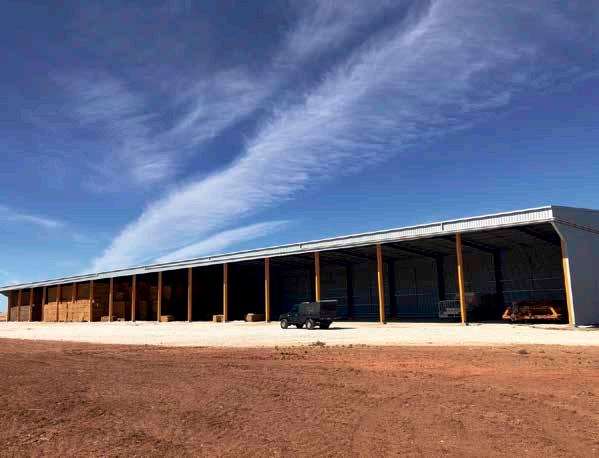









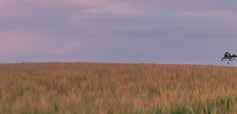









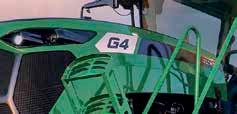
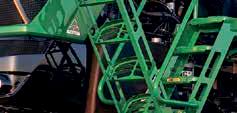
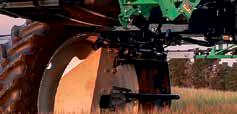





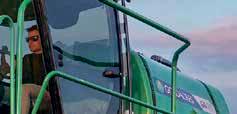

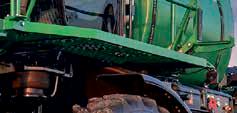
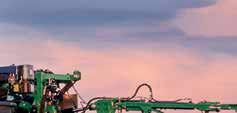
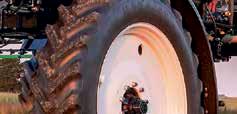
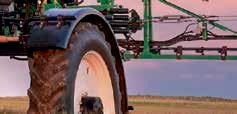


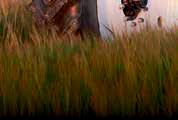

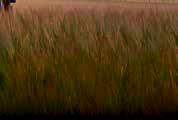
founding member of one of Australia’s premier broadacre farming events is reminiscing about its 60-year history in the lead-up to next week’s event.
Bruce Johansen, 96, was a member of the first Wimmera Machinery Field Days committee.
He spent 16 years on the general committee followed by a further 16 years running what was then known as the Ladies’ Pavilion.
Mr Johansen said Rupert Levitzke was a member of Horsham Agricultural and Pastoral Society, and he had the idea to create a field days event.
“At the show, they used to have a few pieces of machinery for people to come and have a look at,” he said.
“Rupert put to the show society that there needed to be an event for farmers and dealers to demonstrate the machinery and compare it.
“They told Rupert that as it was his idea, he could do it, so an ad ran in the paper for any farmers or machinery people interested in forming a committee for a field days.”
Mr Johansen was a machinery dealer for Caterpillar at the time and decided he would attend the first meeting.
He said the committee did some research at Australia’s biggest field days before the first Wimmera event, in the first week of March.
“We chartered a plane to Orange to have a look at how they ran their field days and get some ideas,” Mr Johansen said.
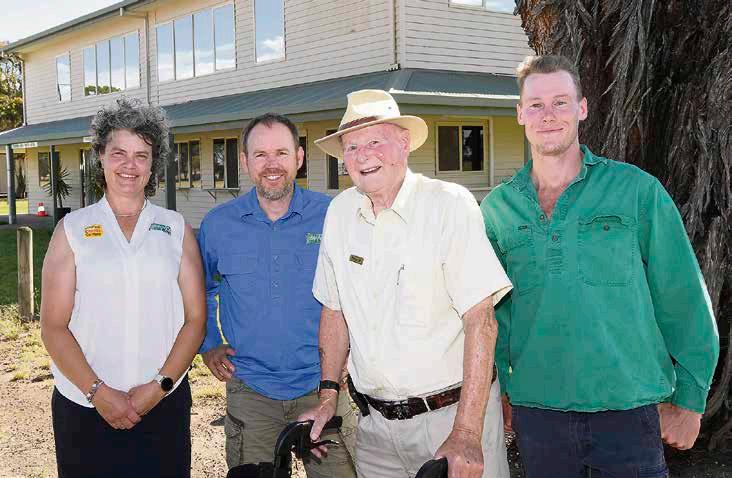
“Committee members went back to Orange a few times during the years to see what was happening.
“Field days are not in competition with each other, but we are in the same businesses so we worked together to improve.”
Mr Johansen said he had attended almost every field days event since.
“It has always been at Longerenong – it started on Longerenong College property as Ian Reid, who was on the
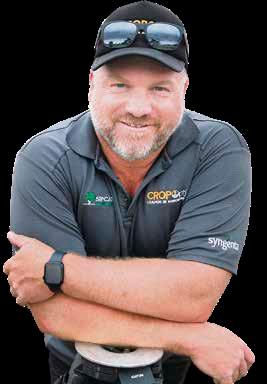
committee, ran the farm at the college,” he said.
“The most interesting thing was when the committee purchased a property and now owns the field days site.
“When we started, any buildings we put up had to be taken down because it was college land.
“Having permanent buildings has made a big difference.
“The event is huge now and original-
ly Ian, he was a power to be reckoned with, said everything had to be directly related to farming, whereas now there are bits of everything.”
Mr Johansen said selling rules and safety regulations also changed the field days.
“In those days you could demonstrate machines and still sell them as new machines, but rules changed and if you demonstrated what it could do it had to be sold as a second-hand ma-
chine,” he said. “A lot of safety regulations came in, too. We used to have stewards with ropes to keep crowds back and committee men would go and compere the demonstrations.”
Mr Johansen said people would come from across Australia to attend the field days.
“My favourite part of the field days would be the variety on offer and the people who get together,” he said.
“In my field with Caterpillar, we never made a sale as a direct result of the field days, but it created a lot of interest and you might make a sale later down the track.
“It was advertising, but we had such a big range and you could only show a few.
“Although, lots of people and businesses would sell smaller equipment.”
Mr Johansen said every year the field days were officially opened by a special guest, and one in particular stood out.
“When my son Leigh was about eight or nine years old, Gough Whitlam was the special guest,” he said.
“There was a picture on the front page of the newspaper of Leigh proudly shaking his hand – he wasn’t prime minister yet, but someone said to Leigh he should treasure the picture as he could be prime minister one day.
“I was speaking to Leigh, and he still has the front page of the paper up on his wall with the picture.”
Mr Johansen said he hoped to attend the field days again this year, from March 5 to 7.



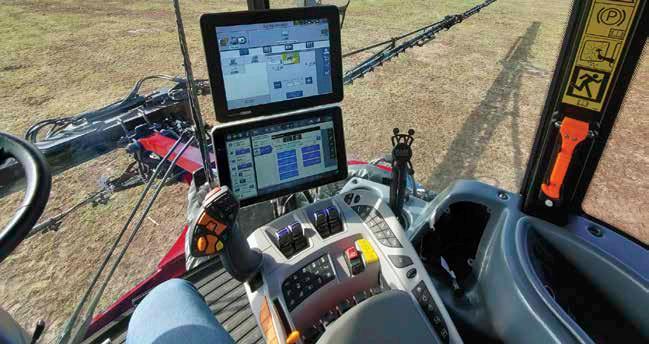

Community is at the heart of the Wimmera Machinery
Field Days and this year, 60 years on, that remains true.
Field days manager Vanessa Lenehan said the three-day event meant a lot to the Wimmera community, particularly Horsham.
“It fills up the town, accommodation is booked out, which is great – as it is for restaurants and pubs to have a double sitting every night rather than be half-full throughout the week,” she said.
“The field days bring people into our towns.
“We also support a lot of community groups as they come and use the field days as a fundraiser.
“Some run the kiosk, some do courier parcel pick-up, car parking, helping gates, and clean up the site, there’s a lot involved.
“I think it’s important we are giving back to the community.”
Mrs Lenehan said it was also a good opportunity for people to see the industry in one place.
“For people who do not come from an agriculture background, they see the variety of jobs available in the industry,” she said.
“It’s not just about farming. There is so much more to it and the field days showcase that.
“There’s grain marketing, finance, agronomy, mechanical and so many aspects, it’s not just getting in a tractor and driving in a paddock.

“The exhibitors will have the biggest and best, the latest and greatest on display, so it’s a good chance to see what is coming through the industry.
“Young people who are considering a career in agriculture and want to get into the industry but don’t have the background so feel a bit hesitant can get out there and have a look around.”
Mrs Lenehan said another way the field days was giving back to the community was by keeping entry prices for children 17 and younger free.
“We had funding for it last year, but we’ve decided to continue it this
year,” she said. “It’s more important to get people through the gate, so if we can help families come out by having children not pay, that’s what we will do.”
Committee president Tim Rethus said the field days was about connection.
“Children attending for free starts the process of giving back. They are exposed to farming and we can say thanks for supporting us and one day you could work in the industry, too,” he said.
Mr Rethus said it was important
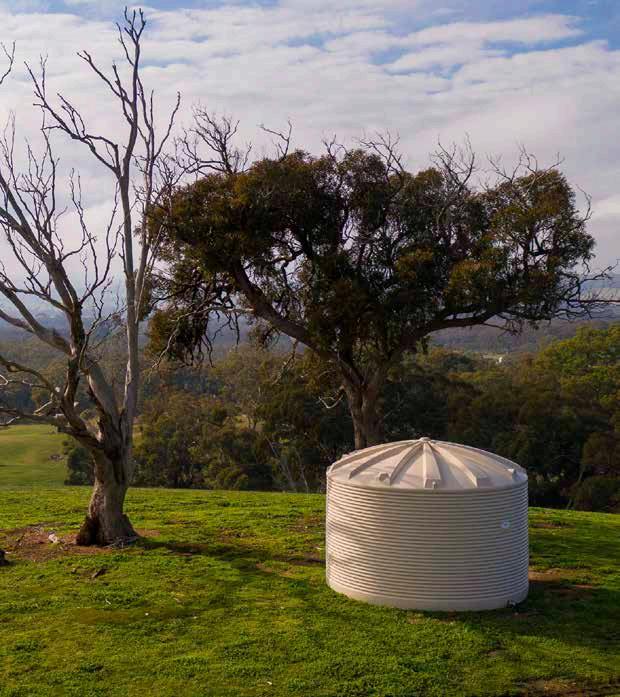
to be connected with all parts of the community, in particular, different generations and demographics.
“One of the important things the field days does is educate the next generation, from an early age,” he said.
“They can learn what ag is about, maybe think it is something to do when they finish school – it’s not all about driving a tractor.
“It shows there is a whole range of careers out there.”
Mr Rethus said being among industry businesses and representatives was
“Children attending for free starts the process of giving back. They are exposed to farming and we can say thanks for supporting us and one day you could work in the industry, too”
– Tim Rethusa chance to understand and sympathise with issues and opportunities in agriculture, even if people were not directly involved.
“One of the things I noticed with my children when they were younger was all the books about farming, except George the Farmer, were nothing like farming,” he said.
“It always looked like farming was still in the 1950s in the American corn belt, not the farming we do today, but we have a chance to open people’s eyes.
“The perception is not that farming technology has leapt right up, but it has, and it is a very complex and challenging job which also means there are cool opportunities – and it can be fun.
“I think back in the day everyone had a grandpa, an uncle or a dad who ran a farm and people could spend time on that farm, but there are plenty of people now who would have no opportunity at all to go near a tractor.
“Kids love tractors, so if you want a day out, come along, get a free hat and get kids on tractors and they will think it’s the best thing since sliced bread.”
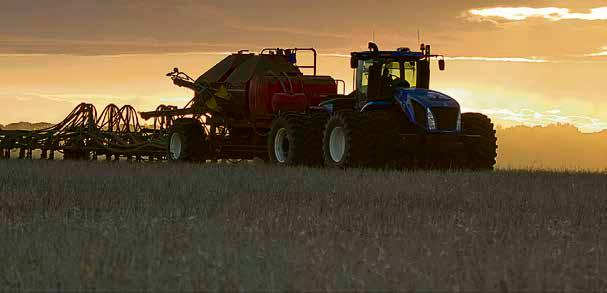
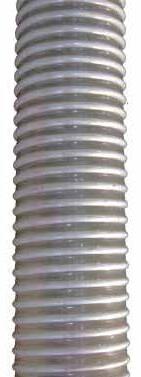


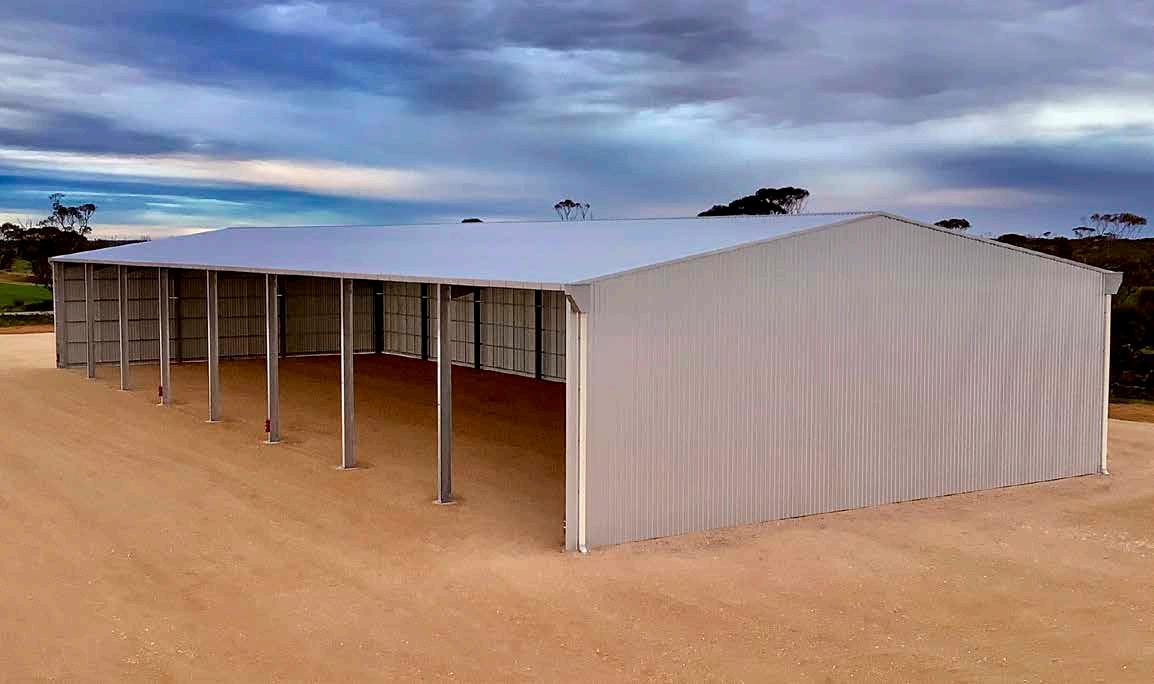




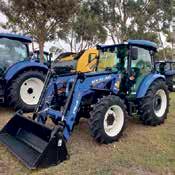


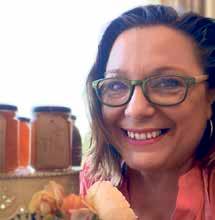
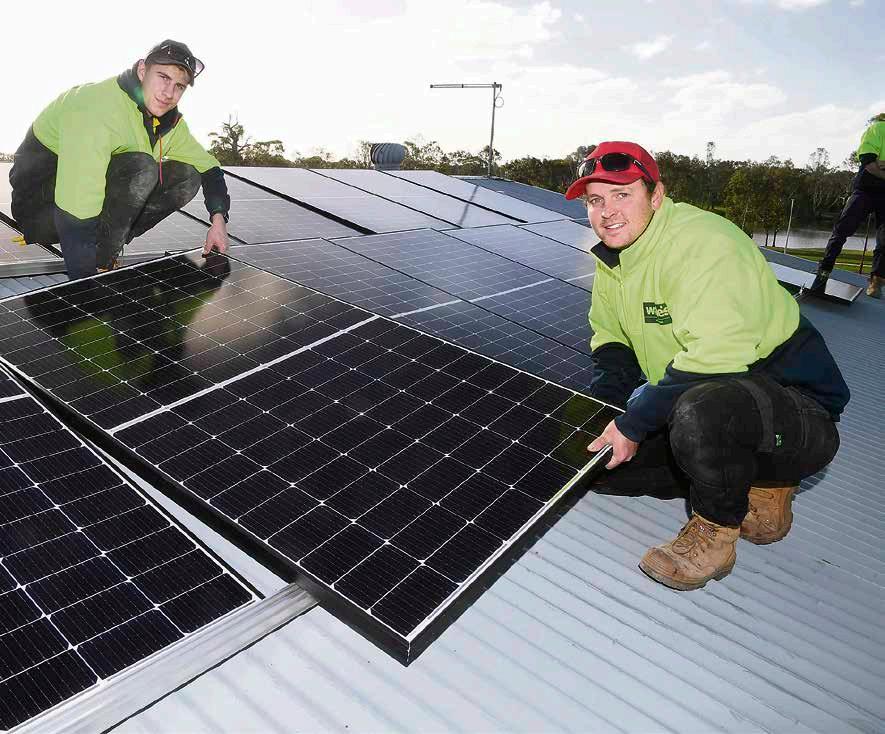

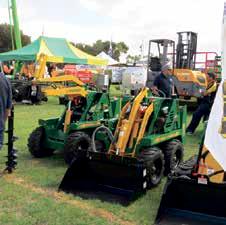
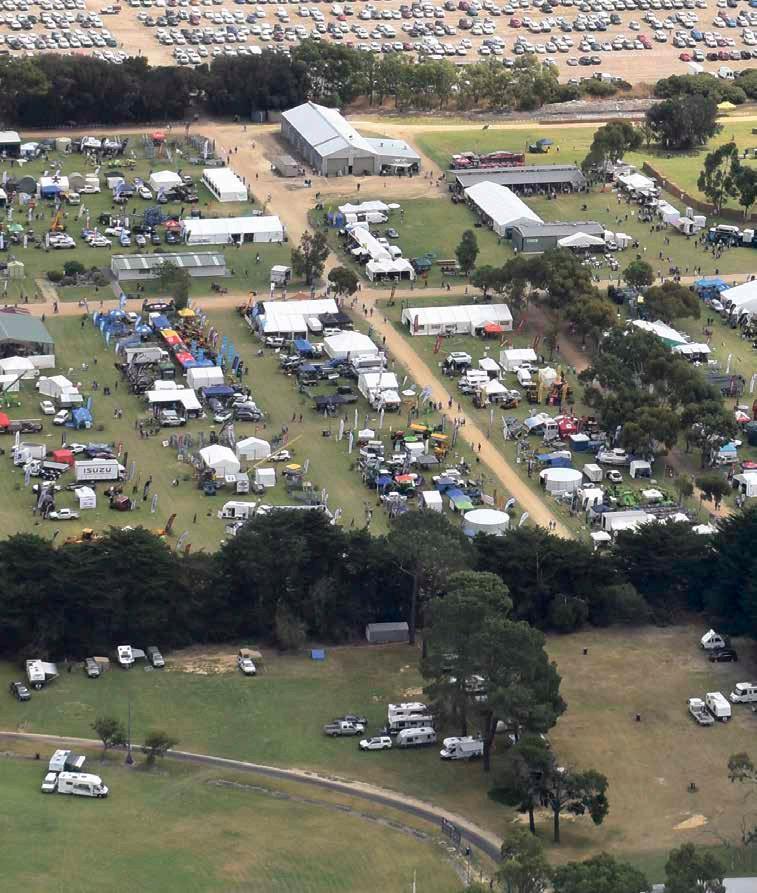
It was wonderful to see the field days return last year after a forced three-year hiatus due to the COVID-19 pandemic and to witness the amazing buzz the event creates for our region.
This year will again see thousands of people from far and wide flock to Longerenong to experience the fabulous showcase the field days offer, from the latest advances in agriculture to local produce and fashions, trade exhibits, competitions and much more.
As the deputy leader of the Victorian Nationals, Shadow Minister for Agriculture and Shadow Minister for Mental Health, events like the Wimmera Machinery Field Days provide me with a fantastic forum for ensuring that the issues that matter most to rural and regional Victoria are heard in Parliament.
Preparing for the event is a huge task, and I sincerely thank the volunteers on the Wimmera Machinery Field Days committee, led by president Tim Rethus, for their tireless work over the past year.
We need to look for any opportunity to seek

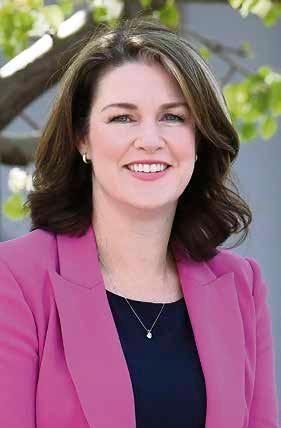
Iam delighted to be able to attend the Wimmera Machinery Field Days this year.
I don’t know anyone who is not keen to attend the Wimmera Machinery Field Days.
It is a highlight in the calendar, so it was disappointing for me to miss the return after three long years of COVID-19 hiatus as it was during a Parliamentary sitting.
The Nationals understand the vital importance of country shows and field days to the social fabric of our communities and the innovation showcase for regional businesses, which is why the Coalition in government provided $52.9 million for the Supporting Agricultural Shows and Field Days Program during the pandemic.
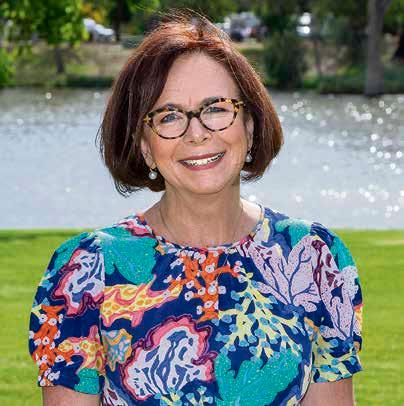
threats to agriculture and our regions.
out and support local events and the businesses and people behind them – it is one of the most impactful things we can do for our community.
I encourage everyone across Lowan to check out all the amazing things the Wimmera Machinery Field Days has to offer –there truly is something for everyone.
I look forward to seeing huge crowds at the event and lots of smiling faces as we celebrate our wonderful agricultural community.
Emma Kealy, Member for Lowan
The field days are perfectly placed in the calendar, postharvest giving regional farming communities the opportunity to connect and catch up.
Maybe for you, it is a chance to share a few secrets of the trade.
I am sure there will be plenty of innovation on display from Mallee agricultural businesses that can be taken back and used on-farm, opportunities for increasing productivity.
Mallee contributes almost $10 billion of Gross Regional Product to Australia’s GDP, according to REMPLAN, with $3.4 billion of that coming from the Wimmera and Southern Mallee region alone.
I celebrate your contribution to our country and the Wimmera and Mallee bringing food and fibre to the nation and the world.
I look forward to being at the field days and hearing from Wimmera locals what is going on in your neck of the woods.
Every day I have people contacting me about the various
From transmission lines railroading through prime agricultural land, mining companies abandoning social licence and compromising family farms, or the Labor government slapping a biosecurity tax on farmers to pay for the risks imposed by their foreign competitors.
Please drop by my stall to say hello or share with me your ideas or concerns for the Wimmera.
Dr Anne Webster, Member for Mallee




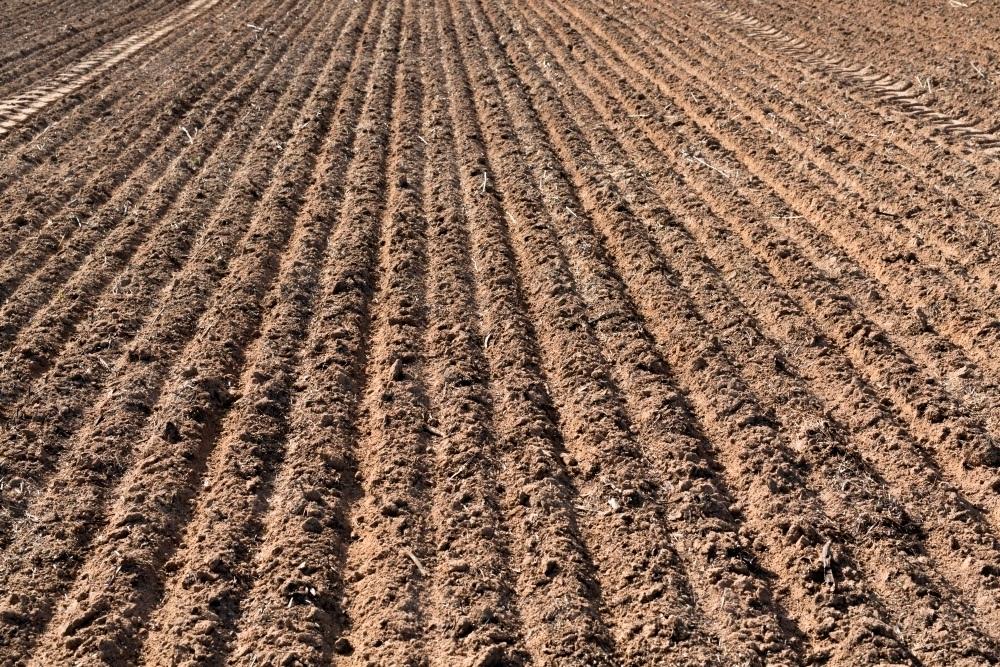















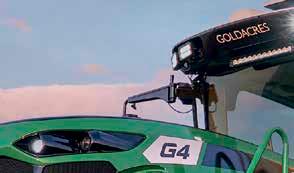


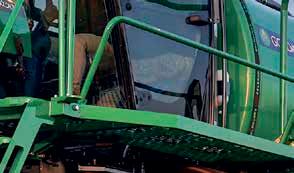
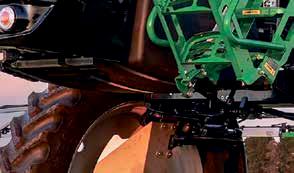
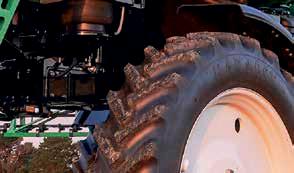


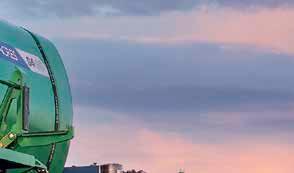
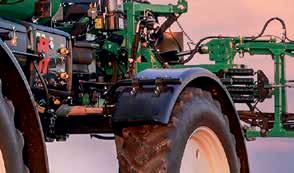











4000L tank capacity. TriTech boom sizes up to 36m.
More comfort - less noise. Claas cabin combined with mechanical driveline provides the quietest spraying environment on the market. 65.5 Db
More spraying - less time filling. G-Hub - Goldacres integrated intuitive system and Fast Fill for more time spraying and less time filling.
More power - less fuel usage. Cummins B Series engine producing 200 hp, 6 speed Allison auto with mechanical drive for unmatched efficiency.
More adaptable - less crop damage. Multiple wheel track options available, lightest mid-sized self-propelled sprayer on the market.





THAN EVER:
Horsham CWA members, from left, Jennie Mitchell, Colleen Rabl, Elaine Starick and Helen Torney will be among a contingent of members from across the region at the Wimmera Machinery Field Days next week.
Picture: PAUL CARRACHER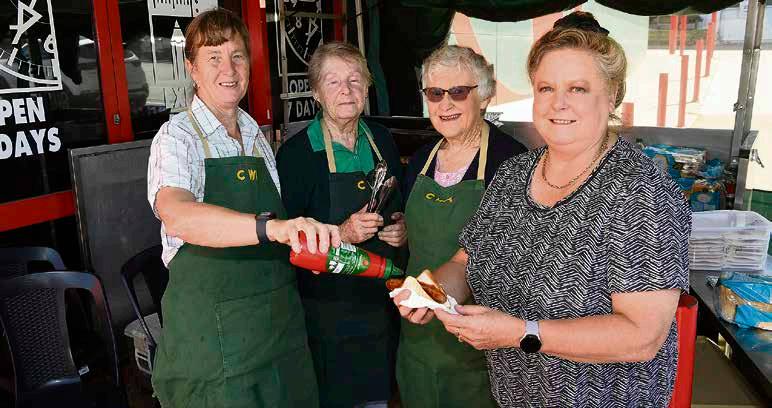
The 2024 Wimmera Machinery Field Days is on March 5, 6 and 7 at Wimmera Events Centre, Longerenong.
Gates open to the public at 8.30am and close at 5pm on Tuesday and Wednesday. On Thursday, gates open at 8.30am and close at 4pm.
One-day prepaid tickets are $22. Tickets at the gate are $25. Children 17 years and younger can enter free of charge. Cash and EFTPOS facilities are available at the gate.
ATM facilities will be available and there is first aid on site.
Mobility scooters will be available near gate two.
Machinery Field Days is a broadacre and agriculture machinery-focused event led each year by a volunteer committee.
Executive committee – President: Tim Rethus; senior vice-president: Harry Young; junior vice-president: Darryl McCrae; chief steward: Sam Eagle; site steward: Chris Bartlett.
Management – Manager: Vanessa Lenehan; office manager: Sally Hernon; office and events assistants: Lisa McRae and Rebecca Steadman.
After missing last year’s event,
“As we are attending as a group CWA, there will be members from lots of branches there,” she said.
“We will set up some of the things we do, have examples of what we can make with the cookbooks we sell and the crafts we do, and also have some information about the association available.”
Mrs Torey said previously the CWA was a long-time exhibitor at the field days.
“CWA members have always supported the farming community,” she said.
“The history of the CWA is it brought women together when they had no other social outlets.
“We are looking forward to attending the field days together as our members have shown good support for it this year and we are fine-tuning our roster.
“We hope to see people come to us at the field days, see what we do and anyone who wishes to join can get some information from us.”
Rainbow-based business Matchy Mumma will be attending the field days as an exhibitor for the first time this year.

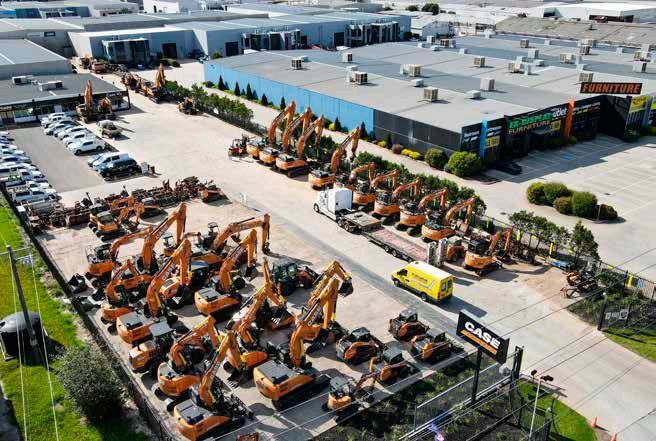

Founder Chantelle Fisher said she was looking forward to having plenty of products on display at Longerenong.
“I have had a stall at a few markets before, but I am excited to be going to the field days,” she said.
“It’s a chance to showcase what we have, as I think rural women in particular find products harder to access than they would in bigger places.”
Mrs Fisher sells products for mums, mums-to-be and babies.
“All women deserve to feel good and mums who do self-care and feel nurtured are then enabled to look after their children,” she said.
General committee – John Aisbett, Andrew Bell, Jamie Byrne, Wendy Byrne, Alister Cameron, James Gardner, Robyn Gulline, Will Gulline, David Jochinke, Beau Ladlow, Scott Lampard, Jordan Lee, Bryan Matuschka, Sam McGennisken, Daniel Mibus, Luke Milgate, Peter Moore, Jeff Moore, Wade Morrow, Paul Petering, Brian Petrass, Jamie Petrass, Luke Rethus and Nick Zordan. Country Lifestyle co-ordinators – Wendy Byrne, Robyn Gulline, Sam Eagle and Beau Ladlow.
Honorary members – T. Blair, V.H. Greer, M.E. Gribben, B.J. Johanson, B.J. Jones, R.G. Ladlow, R. Lingham, J.F. Londsdale, G.F. Miller, G.T. Tippet, N. Varley, R.E. Wirth and L.W. Worthy.
Life members – A. Bell, A.A. Bodey, N.R. Curran, T.C. Davey, D.J. Garth, G.K. Gulline, A.T. Heard, P.J. Heard, M. Hobbs, R.F. Jess, W.L. Johns, I.D. Ladlow, R.A Levitzke, B. Matuschka, C.L. Moore, J.G. Moore, P. Moore, I.H. Nettlebeck, B.H. Perry, I.B. Reid, G. Rethus, E.H. Ruwoldt, N.L. Ruwoldt, R.P. Ruwoldt, I.C Schmidt, G.W. Schmidt and E.T. Tucker.








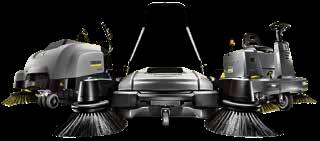
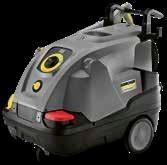






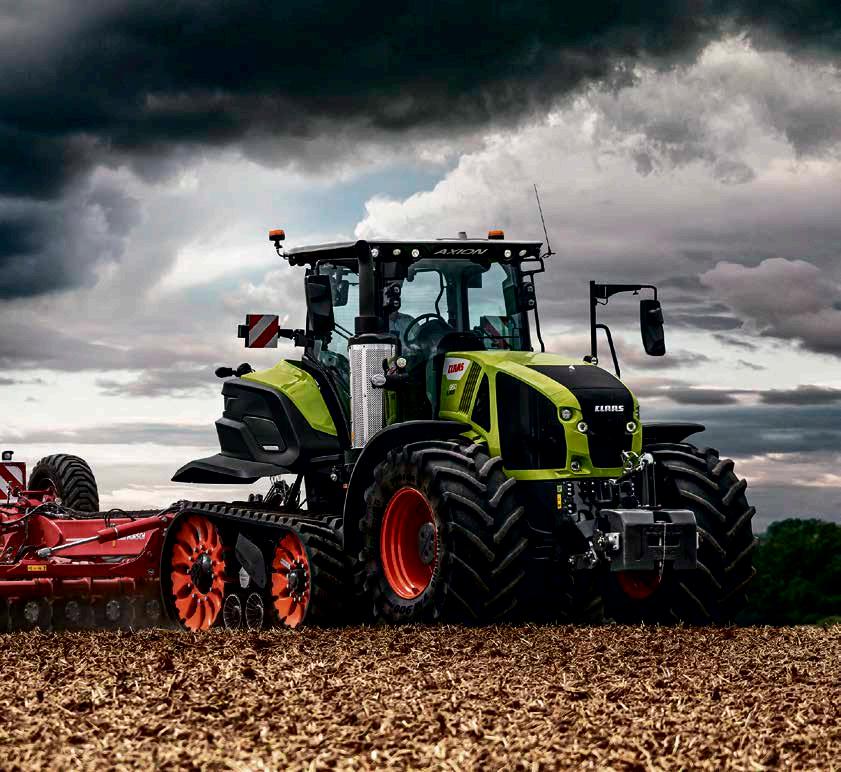
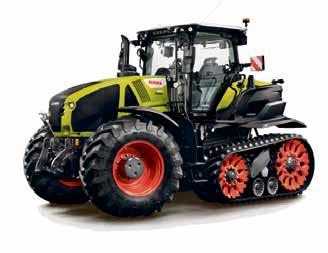

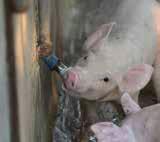

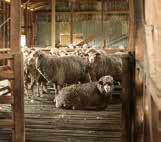


Holy Trinity Lutheran College
will be on site at the Wimmera Machinery Field Days next week.
The college’s PTFA – Parents, Teachers and Friends Association – will be attending the gates and SRC – Student Representative Council – members will run a drinks kiosk.
PTFA chair Vanessa Lantzakis said the group and other volunteers from the college would assist field days patrons with their tickets as they entered the event.
“If people have any queries about the field days, we will be assisting them,” she said.
“We will also be handing out brochures with maps and information about stallholders.”
Miss Landzakis said the PTFA was still seeking volunteers to help the group manage four gates, which are needed when traffic going into the grounds is heaviest.
“We do have a pool of volunteers, but obviously it does take a lot of manpower,” she said.
“We are trying to have more people and shorter roster times, so others who have less time can still help.”
Miss Landzakis said the group first volunteered at the gates last year and used the proceeds to help the school purchase additional equipment.
“We allow teachers a little flexibility – each year level is given a fund to purchase something they need,” she said.

“Last year one of the year levels used their money to purchase readers.”
Miss Landzakis said people interested in volunteering could call her on 0403 323 180.
School promotions and communications manager Cass Dalgleish said the event was an opportunity for the school to put its values into practice.
“Holy Trinity Lutheran College is a Christian school, where we value giving in service,” she said.
“The student council representatives gain valuable lessons from their involvement in the field days.
“HTLC, along with Nhill Lutheran
School and St Peter’s Lutheran School in Dimboola, will also have a stall at the field days and we encourage anyone interested in learning more about what our schools have to offer to come see us in the Moore Exhibition Centre.”
Ms Dalgleish said funds the SRC students raised through the drinks booth would go to a worthy cause, with the group selecting charities throughout the year to support.
“Previously the fundraising money has ranged from supporting service trips overseas, to individual charitable efforts by students,” she said.
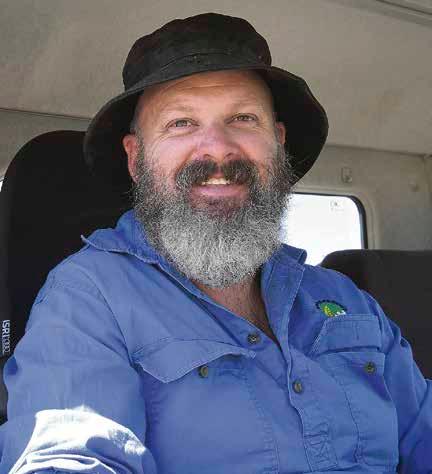
Wimmera Machinery Field
Days is all about community and bringing people in the farming industry together.
Sam Eagle, a Wonwondah farmer, has been part of the organising committee that brings the event to life for 13 years.
Mr Eagle is currently the chief steward and has previously held the role of president.
He said he volunteered on the committee to give back to the farming community he is part of.
“It’s all about putting something back into the community, it can’t always be about taking,” Mr Eagle said.
“The best part of the field days is being able to catch up with farmers and people in the industry from across the region.
“We work hard so we can put on a three-day event that everyone will enjoy.”
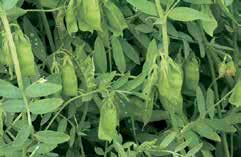

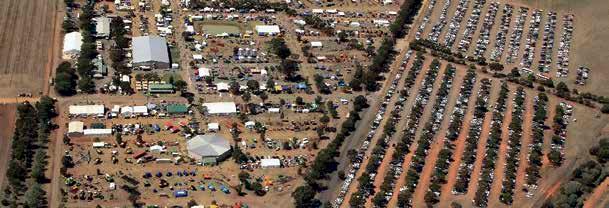
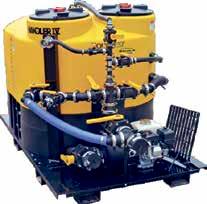





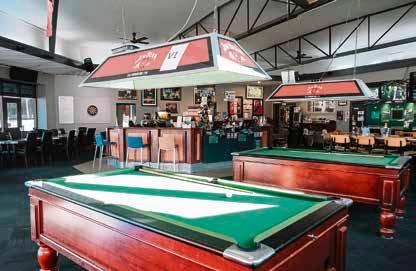








of a heart attack, how to manage one and to consider an automated external defibrillator, AED, for their worksite.
Grampians Health chief strategy and regions officer Dr Rob Grenfell wants to see a heart health emergency plan on site at every populated farm property.
His crusade is backed by a Wimmera farmer who is lucky to be alive.
Boolite farmers Ian and Travis Penny were servicing a tractor in June last year when Ian started experiencing excruciating chest pains.
Travis downed his tools and got Ian into a ute to drive him to Warracknabeal.
On the 27-kilometre journey, Travis phoned Dr Franklin Butuyutu’s surgery to warn him of their imminent arrival and said, ‘I think Dad’s having a heart attack, do I come to you, or do I go the hospital?’
Ian said the trip was very quick and when they arrived, Dr Franklin and his nurse Debbie George were ready for him.
“Dr Franklin and Debbie were both fantastic,” he said.
“They got me to lay on the couch and gave me some adrenalin and aspirin and a spray under the tongue, but I don’t remember a lot from there on.
“I can recall saying to Dr Franklin that I’m having trouble lifting my arms.

“I’ve got no strength in them – and then I just died.”
Ian said his next recollection was opening his eyes to see his wife gently rubbing his face.
“She’d been called down to the surgery and I said to her, ‘I think I’ve had a little sleep’,” he said.
“I woke up with a sore chest because they had the paddles on me, and Dr Franklin had given me a fair pounding to get me going again.
“They found I had an artery that was completely blocked. Luckily Travis was with me, otherwise I would never have got to Warracknabeal.
“I was told only about seven percent of people survive a heart attack after they’ve died.
“I consider myself very fortunate to have survived.”
Ian said with an increase in defibrillators available in communities, the survival percentage was also rising.
“I think everyone should have an AED in their workplace, especially if they are in any risk category,” he said.
“We have one on the farm now.”
Dr Grenfell will be a guest speaker at the Wimmera Machinery Field Days.
He said Ian’s story was all too familiar.

“Farmers are always too busy to be worrying about their health,” Dr Grenfell said.
“Especially at harvest time when they stay on their tractors and trucks because it’s more important to beat the rain and get the harvest in than to take time out to visit a GP or hospital and find out why they have that chest pain, tightness or numbness in the arms.
“Getting a regular check-up, managing heart attack risks and knowing the warning signs of a heart attack, go a long way to preventing an untimely death.
“At least by having a defibrillator nearby, there is a huge increase in the likelihood of saving a life or preventing a massive heart attack.”
Dr Grenfell said farms were virtually the final frontier for AEDS, as they were becoming standard first aid
IMPORTANT MESSAGE: Grampians Health chief strategy and regions officer Dr Rob Grenfell will be at the Wimmera Machinery Field Days to advocate to farmers the importance of having an AED on their properties.
equipment in community and sporting clubs as well as businesses, houses and retail shops.
“We’re about three times below the state average for cardiac outcomes in this region and farmers are in a high risk category, mainly through their own apathy,” he said.
“Ian’s story should be enough reason for every farmer to make sure they take heart disease seriously – and let’s face it, you don’t have to be old or unfit to be a risk to cardiovascular disease.”
Dr Grenfell will be a guest speaker in the Field Days Auditorium on the opening day at 12.30pm.
He will also be onsite at the Grampians Public Health Unit stand in the Moore Exhibition Centre on Tuesday to discuss health issues at a rural level.
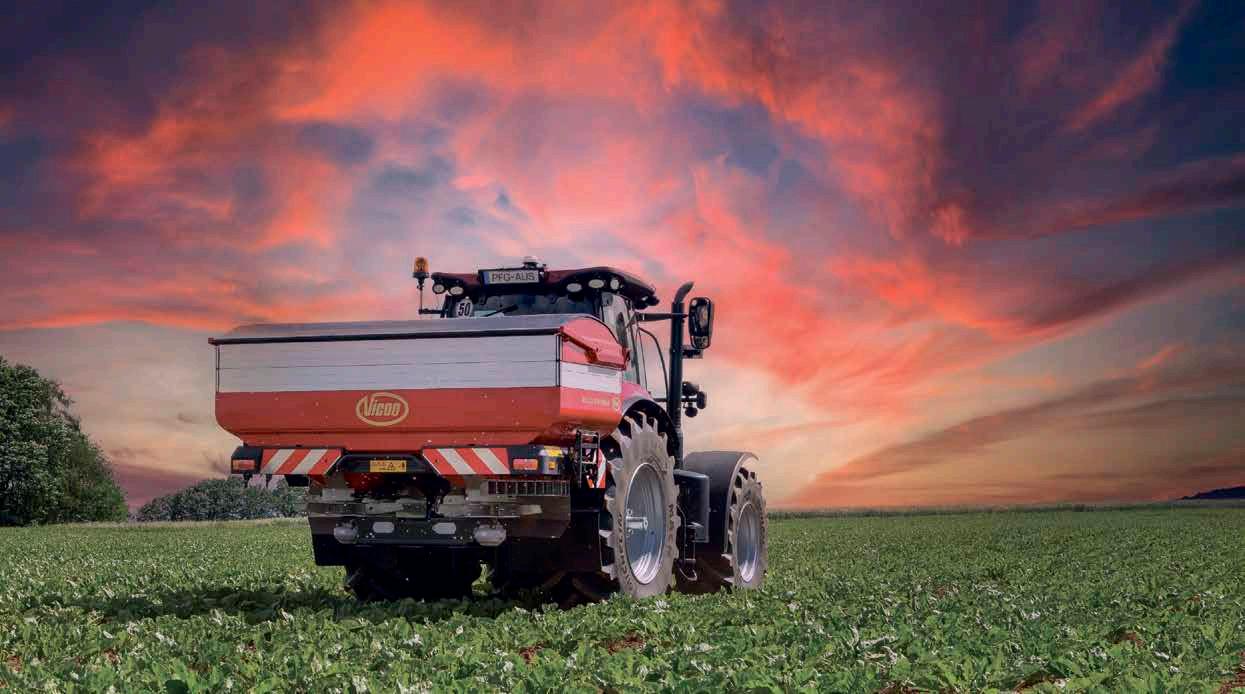







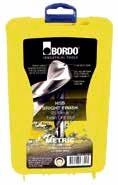

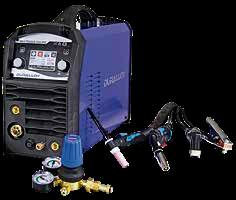




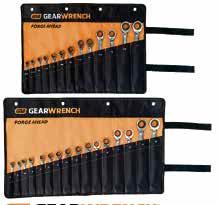
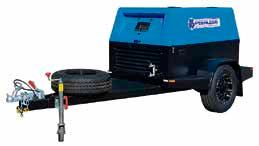



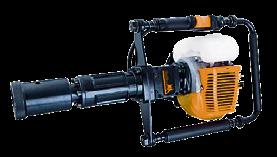


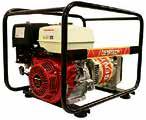


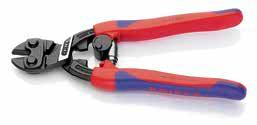



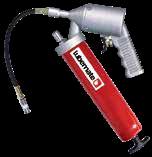




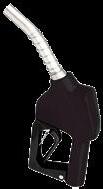
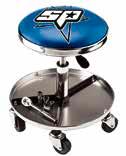


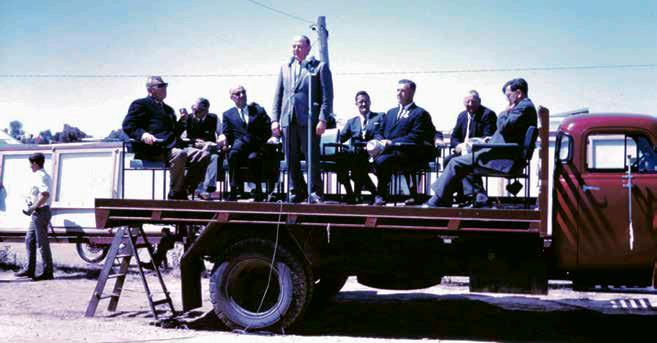
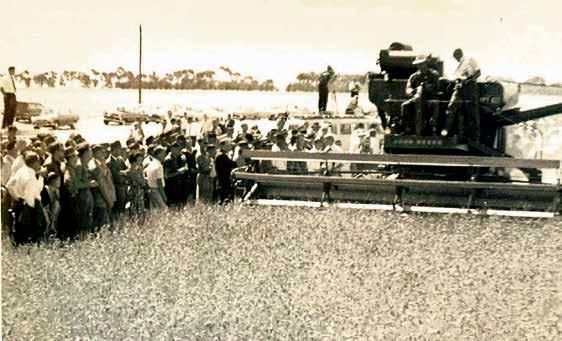
In its 60th year, the Wimmera Machinery Field Days will celebrate its history and the changes it has embraced in time.
It is Victoria’s longest-running field days and began as a two-day event with about 80 exhibitors and 3000 attendees.
In March 1963, a year after a group of Wimmera farmers attended agricultural field days in Orange, New South Wales, the first Wimmera Machinery Field Days were run.
The group of farmers returned from Orange and formed a committee. They decided to host the inaugural event at a site provided by Longerenong Agricultural College.
The Wimmera Machinery Field Days has only been cancelled once, in 2022, and was hosted virtually in 2021 due to COVID-19 restrictions.
Throughout the years there have been field days with almost 10 times as many exhibitors as there were attendees at the first event.
The Wimmera Machinery Field Days has
changed significantly throughout time, as it expanded to three days, welcomed various special guests, included a growing exhibitor list and introduced new initiatives including activities for children and local producers.
In 2003, 40 years after the first event, then field days secretary Noel Curran said the event had a ‘Genetically Modified Crops Feature’, as it was the ‘hottest topic’ in farming that year.
At the 50th event, in 2012, technology was at the forefront, from machinery getting larger to cover more land more efficiently, to advancements in farm precision technology.
This year, at the 60th iteration, biosecurity is a key focus at the family-friendly event.
Although farming continues to evolve, the nature of the field days has stayed the same, as a not-for-profit event that puts money back into the Wimmera Events Centre and field days site.
It continues to be run primarily by volunteers, with a small team employed to manage the event.



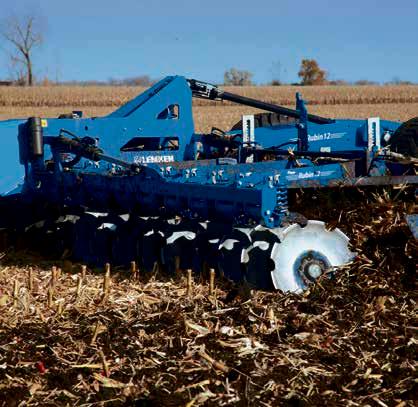
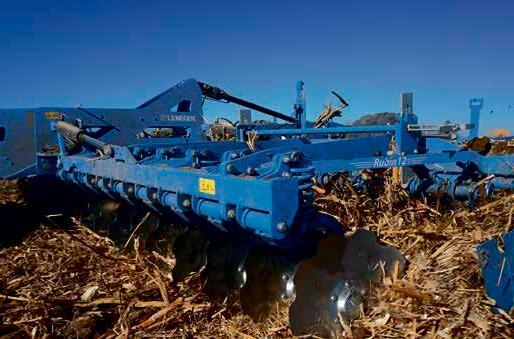
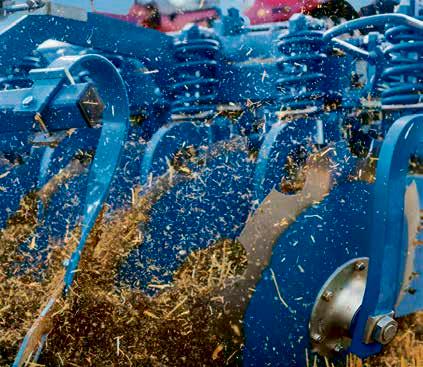



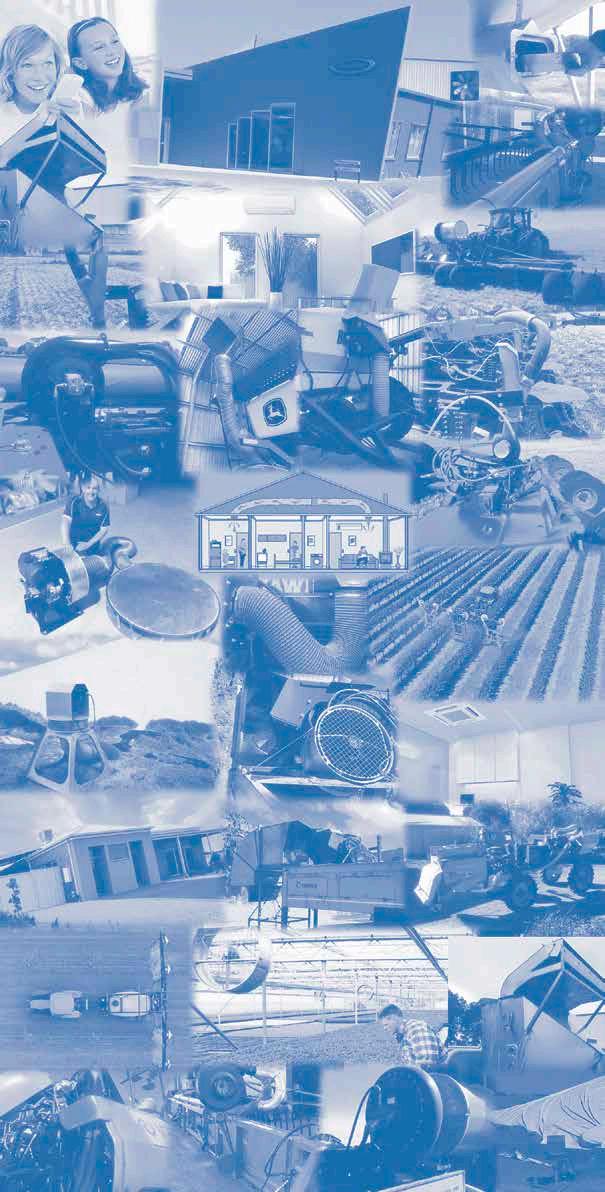





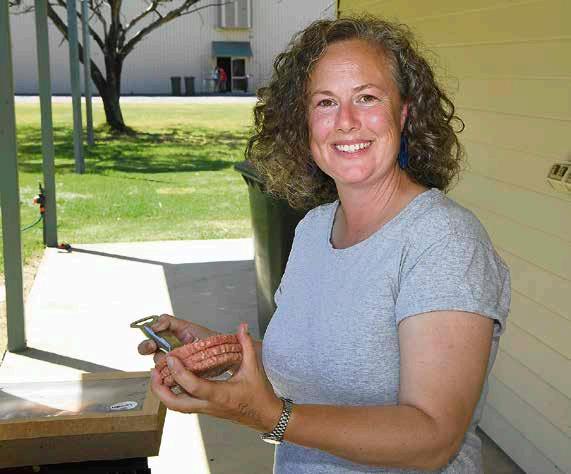
The Wimmera Machinery Field Days is not just built on the work of the committee, but a cohort of volunteers from across the region.
Emily Eagle is one such volunteer who, while not on the committee, volunteers her time before and during the three-day event each year.
Mrs Eagle said she was contributing her time as her husband, Sam, was on the committee.
“My husband has been on the committee for
more than 10 years, so I have been coming out to the field days to support him and the committee,” she said.
“This year I am chief barbecue cooker on weekends for working bees and I also help out in the Country Lifestyle Pavilion during the field days.”
Mrs Eagle said volunteering for the field days was also good socially.
“There’s about 15 children of people on the committee who come out when we set up, including ours, so they get to play together,” she said.
“We have made lots of friendships through this group, too, which is great.”
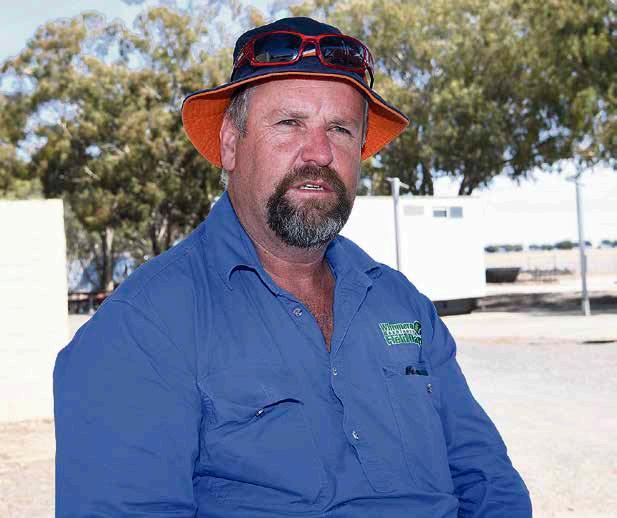
people organise the three-day event.
Volunteering on the Wimmera Machinery Field Days committee has been part of Paul Petering’s calendar for 18 years.
The Coromby farmer volunteers his time each year to help a contingent of Wimmera
Mr Petering said he volunteered to give back to the community.
“I also enjoy the comradery within the field days committee and its volunteers,” he said.
“My favourite part of the event is the end of the day when we have done the job we set out to do.”
Mr Petering said while there were working bees in the leadup to the event, and lots to be done, it didn’t stop there.
“We clean up on Friday and Saturday and generally there’s another day or two the week after, so we do three to four days of clean up and there’s probably more that gets done that we don’t all see,” he said.





The Victorian Farmers Federation annual general meeting concluded with no resolution on a proposal to change the constitution last week.
The proposed changes would alter the powers of the association’s commodity groups.
The changes were not voted on due to the number of invalid proxy votes and the resolution was withdrawn.
President Emma Germano said the federation received more than 1000 proxy votes, which was unprecedented.
She said the annual general meeting was hostile and she was disappointed.
“I opened the meeting by saying we need to find a way together to move forward,” Ms Germano said.
“A quarter of the membership are the ones who are engaging, who were in the meeting.
“Of those people, what we are seeing is a basic trend of 50 percent of people wanting to move forward and 50 percent of people giving quite a lot of resistance.
“They say they also want to move forward, but they haven’t told us how.”
There were calls for a vote of no confidence in Victorian Farmers Federation, VFF, leadership throughout the meeting, but Ms Germano said they were not constitutional.
“A vote of no confidence does not
“They say they also want to move forward, but they haven’t told us how”
– Emma Germanoremove anybody from their post,” she said.
“To follow the rules of the constitution to bring business at the AGM or an EGM – extraordinary meeting – you have to lodge that business with the chief executive 40 days prior.”
Ms Germano said the board believed the VFF needed to continue to change.
“A lot of the things people have been expressing dissatisfaction with are happening right now in accordance with the constitution,” she said.
“There are the things we need to change irrespective of the constitution.
“The board, when it was considering the change of the constitution, acknowledged clearer language would enable people to understand what was already happening operationally under the current constitution.
“We’ve said we will appoint an independent facilitator to run focus groups or forums with people who are displeased so they can tell us what their vision is for the future.”
Former grain group president and Rupanyup farmer Andrew Weidemann moved a motion of no confidence.
Mr Weidemann said he moved the motion on the back of indecision and inept attitudes from management.
“Clearly that was carried by the numbers in the room by show of hands supporting that action even though the chair disallowed it,” he said.
“It’s the most peculiar AGM that I think any member would have ever been to in terms of conduct and the way the process was carried through.”
Mr Wiedemann said there were lots of discussions about the organisation’s ability to function.
“One of the huge steps the board has taken is to take back a lot of its own potential revenue raising through cutting off the levies and going back to a static membership model,” he said.
“Everybody knows static membership is death to any membership organisation, particularly in advocacy.
“I think as farmers we’re all ‘we can do’ and we need to do it for the betterment of our industry, that will then give us enough resources to start pushing back against some of these critical things we are seeing on the radar at the moment – livestock legislation is one of a raft of issues.”
Mr Wiedemann said he expected commodity groups to conduct meetings in the coming weeks to discuss and consider their futures in the organisation.
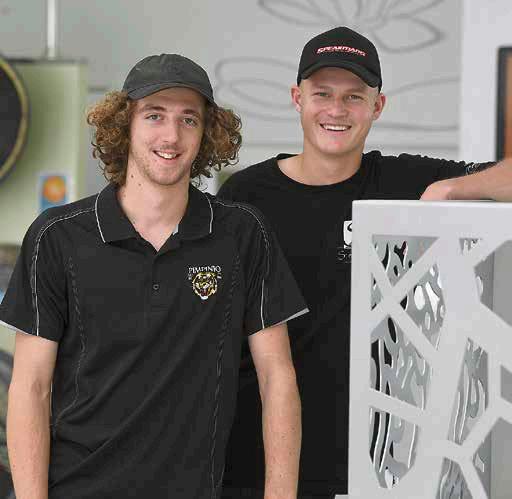
Pimpinio Football Netball Club is among the ranks of sporting clubs and community groups to provide a lasting contribution to the Wimmera Machinery Field Days, including through volunteer work.
President Jock Baker said about 25 volunteers from the club would help

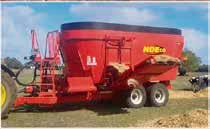

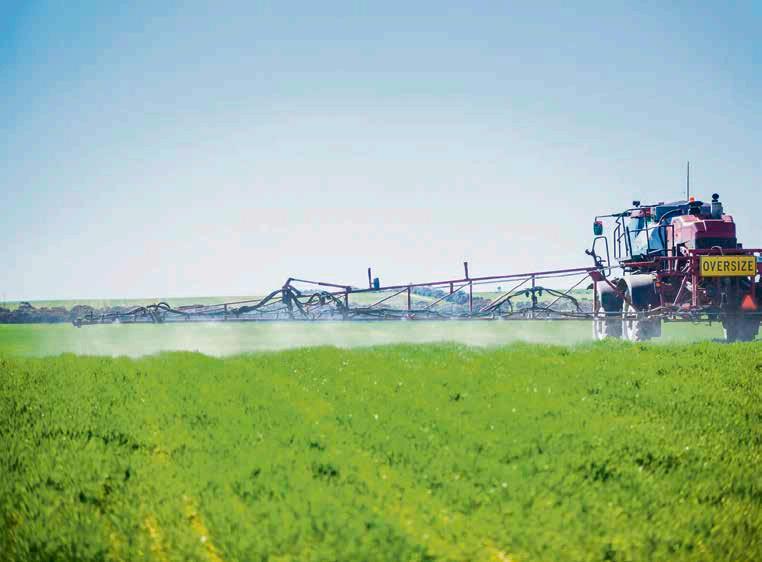

co-ordinate carparking for two days during next week’s event.
“We have a list of volunteers who donate their early mornings until about 2pm to help out,” he said.
“We have done it for the past 20 or so years, on and off, and it’s a great money maker for the club.
“We generally put a lot of the moneyraised into maintenance and watering of the oval and netball courts.”

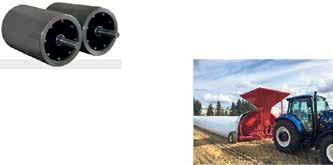








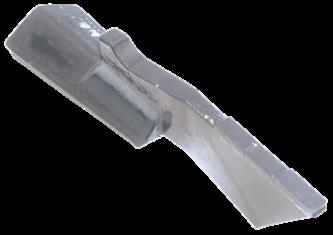

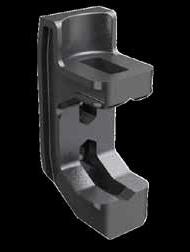
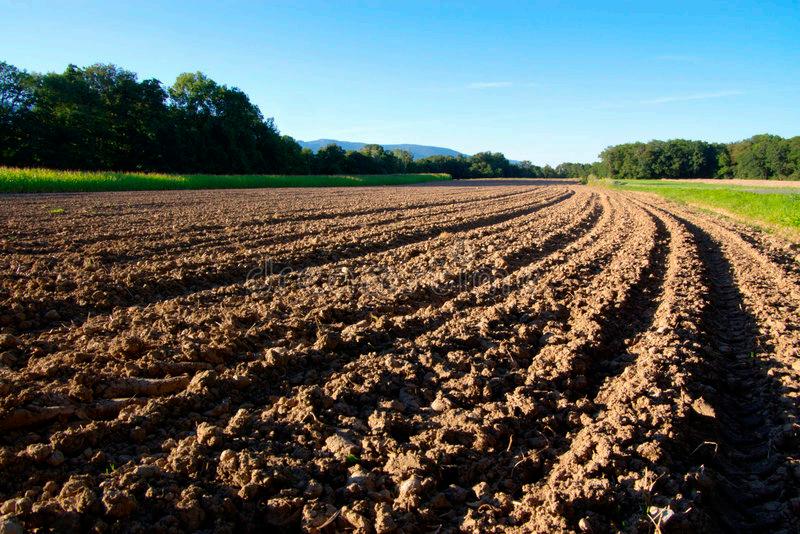
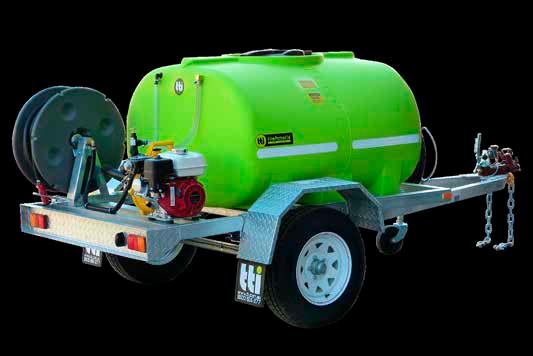





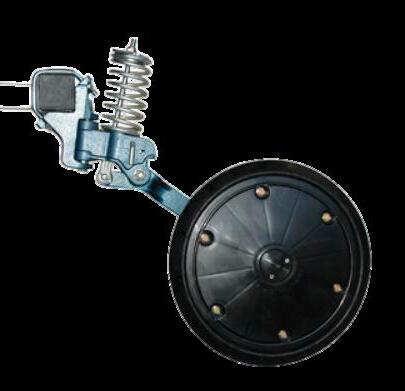



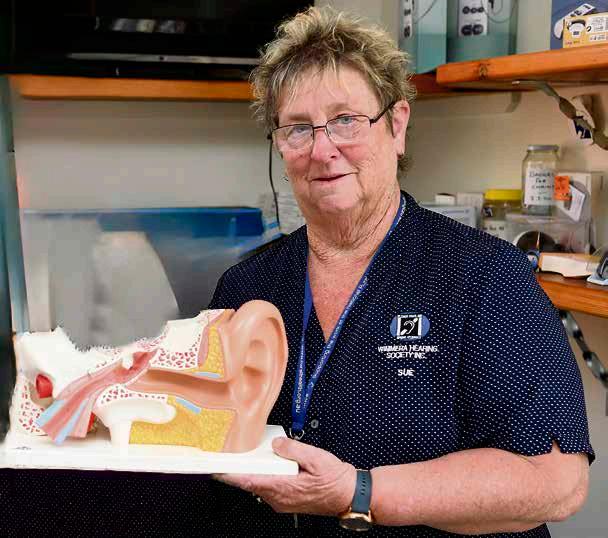
EXPERIENCED: Sue Ward, who has a long association with the now disbanded Wimmera Hearing Society, will offer free hearing tests at Wimmera Machinery Field Days with volunteers from Free
Hearing.
Rural residents
the most of vital, opportunistic hearing tests freeof-charge thanks to a group of Wimmera volunteers.
Wimmera Hearing Society Inc disbanded in March 2023 due to a lack of funding, but several former members are continuing to provide testing services.
The Free Wimmera Hearing group will complete free hearing tests at Wimmera Machinery, Lucindale and Speed field days using equipment and a soundproof booth gifted by the society.
Free Wimmera Hearing volunteer Sue Ward encouraged Wimmera Machinery Field Days attendees to visit the testing site at in the Moore Pavilion.
She said the volunteers providing the service at the field days next week had been involved with Wimmera Hearing Society Inc for 30 to 40 years.
“The service we will be providing is exactly as Wimmera Hearing Society Inc provided – the only difference is we are no longer able to refer, but will recommend follow-up treatment if required,” she said.
“The service provided includes a pure tone hearing assessment and then recommendations and options that will allow you to have a better quality of life.
“Education and community strategies will also be given to rural industry workers.
“We welcome the many rural workers who have annual hearing tests as part of their health-prevention program.”
Afree phone and text counselling service has launched a campaign aimed at Australian farmers to encourage them to talk about mental health in a safe, constructive way.
This is a conversation starter, TIACS, launched ‘Don’t keep it under your hat’ earlier this month.
TIACS’ Jason Banks said the campaign was designed to get farmers talking about their mental health, as the organisation believed farmers were not getting the help they needed when they needed it.
“Unfortunately every 10 days in Australia a farmer takes their own life,” he said.
“The campaign aims to normalise the help-seeking behaviours and remove barriers for farmers and those living in rural and remote areas to get the help they need.
“We feel people who live and work on the land are dealing with different circumstances –they’re isolated, dealing with weather conditions be it flood or drought, experiencing rising costs of production.
“The biggest barrier they have is they do not have the opportunity to access services to get the help they need when they are going through a rough patch.”
Mr Banks said calling or texting the service was just like having a conversation, with a capacity to delve deeper than with a friend or loved one.
“The number one tool of any farmer or anyone working in rural areas is their hat and often there can be a lot of head noise under the hat,” he said.
“Somebody working on the land might not have the opportunity to talk regularly, it is quite isolating, they can be on a tractor for long periods, they could be out mustering for long periods and often they don’t have the connection they need.
“So, a simple text or simple call – and often people will ring TIACs just for a chat – it’s there to break down barriers.”
Mr Banks said TAICS existed for all blue-collar workers, from tradies to truckies to farmers.
The organisation was founded by the same people who founded TradeMutt, an eye-watching brand of workwear that was also designed to start conversations about mental health.
“TradeMutt launched in 2018, sparking all these conversations around mental health and getting people who were normally not starting conversations, to talk,” Mr Banks said.
“They realised something was missing and that was ‘where do you refer people in the blue-collar industry for the extra support they may need after talking to one of their mates or loved ones’.
“They launched This is a conversation starter, which is written on the back of all the TradeMutt shirts in 2020 and since then have helped more than 18,000 Australians with counselling support. “We’re a text and call service – it’s free and it’s confidential.
“People can simply send a text or give a call to 0488 846 988 or head over to www.tiacs.org and all the information is on the website for people to access support.”


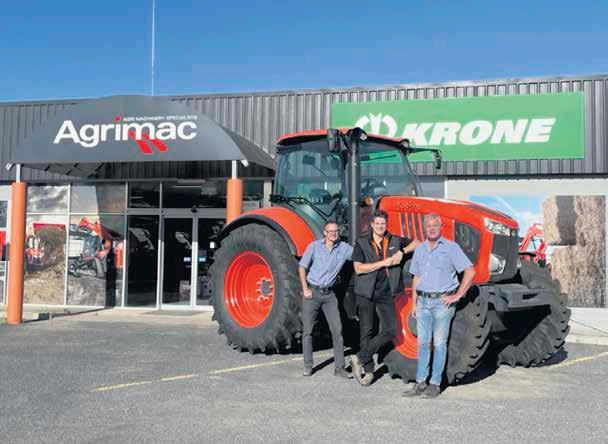


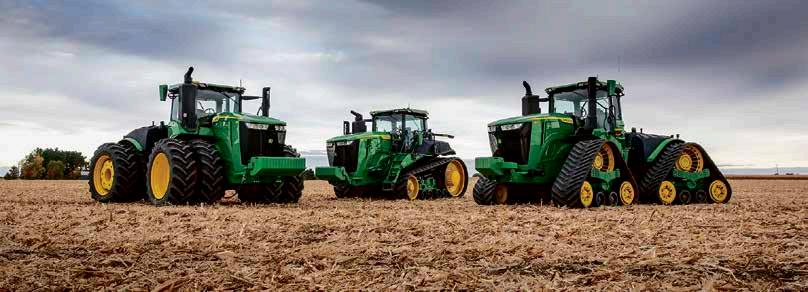
















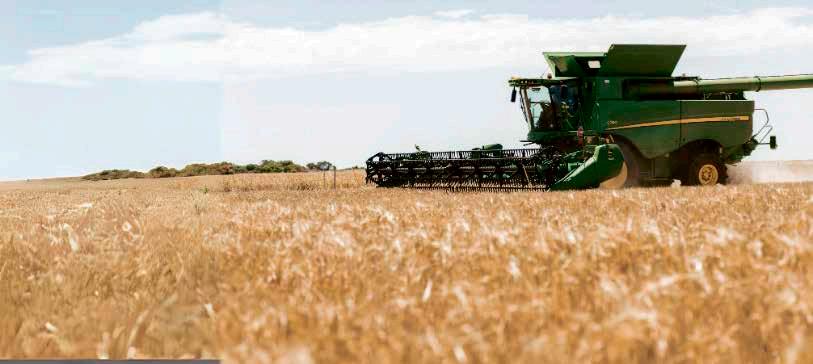


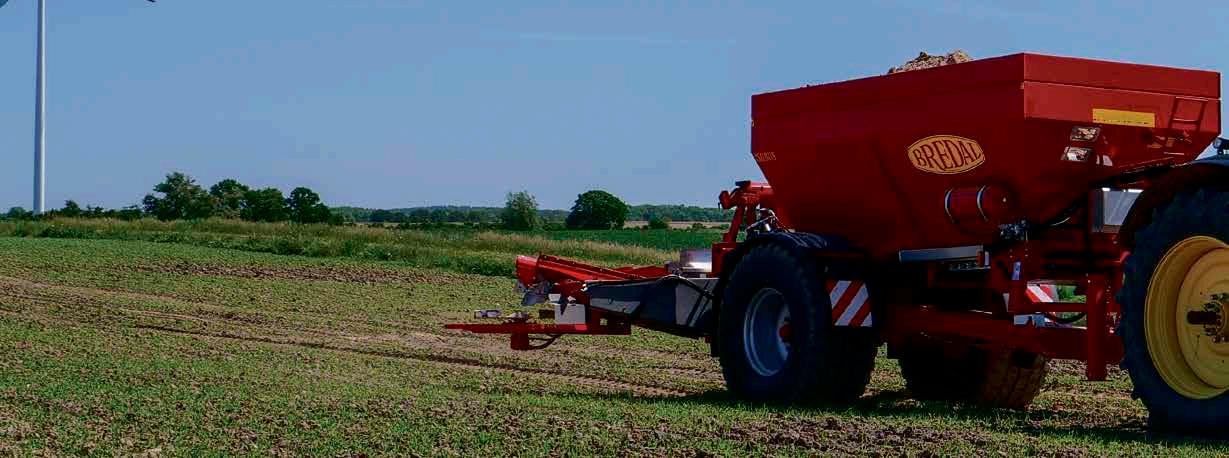
Just as various farmer organisations were stepping up their challenge to the Federal Government to not proceed with its election promise to phase out the live sheep trade, it all went to hell in a hand basket, or should I say, it went to hell in a live animal shipment of sheep and cattle from Australia.
The shipment was bound for Israel just as the tensions in the Red Sea reached fever pitch.
The Department of Agriculture had to make the call. It is a condition the exporter accepts, prior to departure, contingency arrangements if product cannot reach its destination.
So, does the Australian government let the ship proceed and possibly get attacked by the Iran-backed Houthi movement, with the horrific outcome of loss to human and animal life? The answer, no, it was not willing to take that risk.
As I write this column, news is breaking that the US has conducted strikes against the Houthis in what American media outlet, CBS headlines have described as, ‘the US Navy counters Houthi Red Sea attacks as the first major battle at sea for the 21st century’.
The ship, the Israeli owned MV Bahijah may well have made it, as it was asked to abandon its attempt to cross the Red Sea more than a month ago, so it is possible it could have had a safe journey. No one will know. But it must be said, sending live 15,000 sheep and 5000 cattle on a ship into a war zone was too much of a risk.
Livestock Exporters Council chief executive Mark Harvey-Sutton assured Country Today it wasn’t bad news for the hopes of Australian farmers to retain live sheep trade because the animals hadn’t landed anywhere, and the ship had sufficient feed on board to make the home
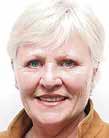
journey with no biosecurity risks. As for the Animal Welfare lobby, it was just what they needed to consolidate their campaign to end the trade once and for all.
The animals were on board for close to six weeks, the last several anchored off the coast of Fremantle, Western Australia.
The problem was the animals’ ownership transferred to the exporter once they were loaded on the ship. The exporter tried to find an alternative buyer, but after six weeks on board the ship, running low on feed, it had to make the call.
The cattle and sheep were unloaded last week and are now apparently in feedlot facilities that pass biosecurity standards, while the exporters either find another buyer and put them back on a ship for a new destination or try to sell the animals for slaughter in Australia.
It is, in my view, the last nail in the coffin of the live sheep export industry from Australia.
Take the example of the live cattle export trade, which was halted in 2011 by the Gillard government after horrific images of animal cruelty to Australian cattle exported to Indonesia.
The cattle industry won its legal case in the Federal Court, which ruled the ban was, ‘capricious and unreasonable’. And yet, here we are, more than a decade later, the compensation to the cattle industry is still in dispute.
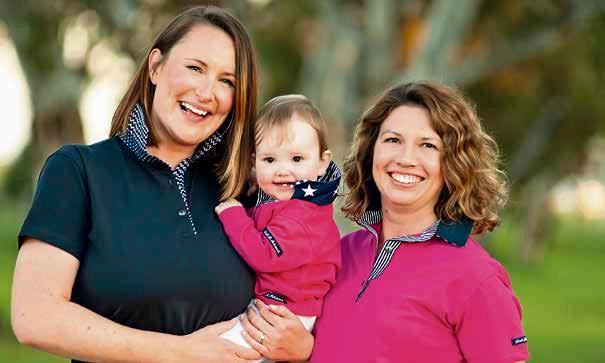
SPOILT FOR CHOICE: Cat Denman and daughter Alana, with Amanda Kroehn, wear Out and About Clothing designs.
Christine Rosenzweig is among small business owners taking an opportunity to showcase their wares at this year’s Wimmera Machinery Field Days.
Ms Rosenzweig has turned a love of sewing into a thriving business, Out and About Clothing designing rugby tops for women and children.
“Established in 2001, we provide women of all shapes and sizes with a colourful collection of rugby jumpers and polos with bright contrasting collars and trims,” she said.
“We can even tailor-make garments to fit your measurements. With more than 450 different designs, you are sure to find a combination that you love.”
Ms Rosenzweig, who manufactures her products in Keith in South Australia, said she loved attending Wimmera field days and other country events to enable attendees to view ‘one of the
Exhibitor profile
largest colour ranges of women’s rugby tops you will find’.
“We will provide customers with the option to view hundreds of different rugby tops,” she said.
“We use lots of spots and stripes to create unique, timeless designs that women just love.
“The most difficult part will be choosing.”
Out and About Clothing produces relaxed fit and semi-fitted women’s rugby tops in sizes ranging from XS to 6XL, along with children’s rugby tops.
“We look forward to seeing you at the Wimmera Machinery Field Days, where you can find us in the Country Lifestyle pavilion,” Ms Rosenzweig said.
People can visit website www.outandabout clothing.com.au to view the full range.
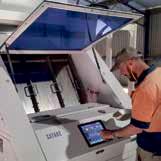
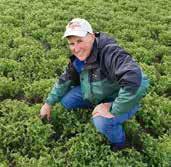



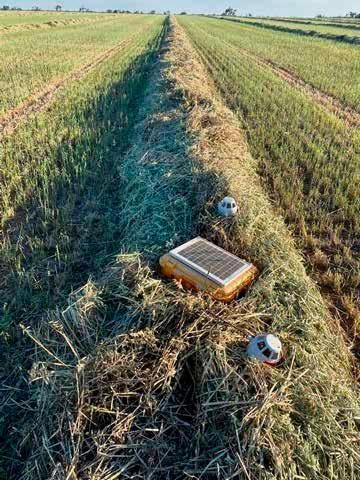
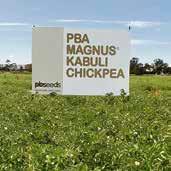
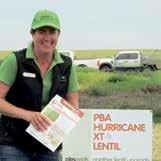
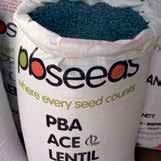

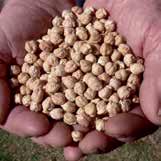
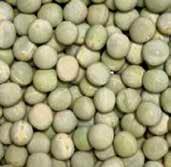
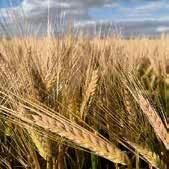

Members of the Wimmera Prostate Cancer Support Group are gearing up to attend the iconic Wimmera Machinery Field Days next month to help drive local awareness about prostate cancer.
Group Leader and prostate cancer survivor, Brian Nagorcka, said the event held on March 5-7 would be an opportunity to connect with local men and start important conversations about health.
“The Wimmera Prostate Cancer Support Group launched in Horsham in 2016 and continues to provide support and connection for men impacted by this disease and their partners,” Mr Nagorcka said.
“As a group we’re very motivated to raise awareness and encourage men to learn about their prostate cancer risk to help improve rates of early detection.
“Prostate cancer is the most commonly diagnosed cancer in Australia. Here in the North West region, over 150 men are diagnosed each year.
“If you’re at the Field Days, please drop by our stand. Whether you have had prostate cancer and would like to join, or you want more information about prostate cancer, we are here to help.”
The Wimmera Prostate Cancer Support Group meet on the fourth Wednesday of each month from noon to 2pm at the Horsham RSL.
“A lot of our members have joined as a result of word of mouth and get great benefit out of connecting with others who have had a similar experience,” Mr Nagorcka said.




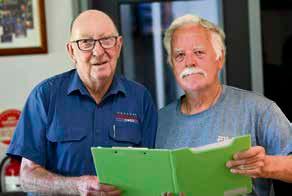
“We invite wives and partners to join us because it is a journey together and we as men need that support.
“We’re also fortunate to have a local PCFA
Prostate Cancer Specialist Nurse, Mandy Johns, located in the region who is involved with the group and available to support men and their families.”
Prostate Cancer Foundation of Australia CEO Anne Savage commended the group.

“We urge local men and their partners to visit the group’s display for advice about early detection and support,” Ms Savage said.

“Fewer than one in four men in the local region detect prostate cancer at its earliest stage – which is why awareness is so important.


“The efforts of the Wimmera Prostate Cancer Support Group are truly first class – they play a special role in bringing the community together to talk about prostate cancer and take action, saving lives.”
Wimmera
Machinery Field Days special
Smallaire
Director and part owner Lolita Small said her parents Gary and Carolyn Small started the business in 1974, manufacturing water tanks.
“People were saying ‘I want an air conditioner’ and he figured out how to make them,” she said.
“Evaporative air conditioning is economical and there was a big need for them in the dry heat of the Mallee.
“Dad saw there was an opening and not many manufacturers around were making them.
“They moved the business into Horsham in the 1980s and have slowly expanded from there.”
Miss Small said her father was now semi-retired, living in Perth, but was still involved in the research and development aspect of the business.
She said the company had grown to employ 24 staff and manufactured for agricultural, commercial and domestic industries.
“Our business is anything to do with air,” she said.
“We can make a fan to suit almost any application.
“We have made high pressure blowers for wineries and bunker suckers for grain aeration.
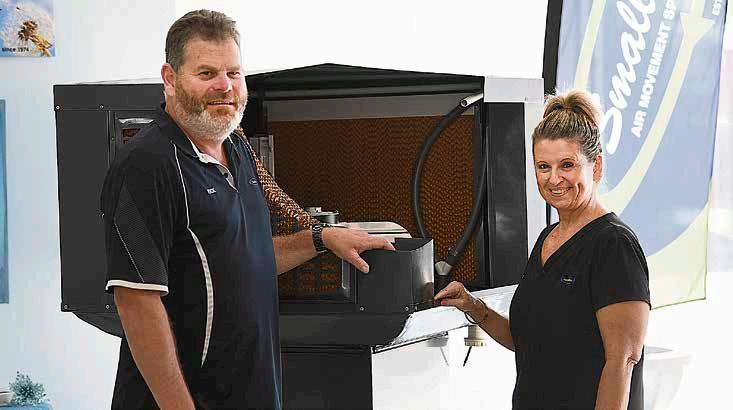
“Our latest innovation is a green bunker sucker, which uses wind generation instead of petrol or diesel, to suck the tarp to the grain.
“We are trying to become greener and it’s a bit of a breakthrough innovation, which we will be promoting at the Wimmera Machinery Field Days.”
Miss Small said a ‘can-do attitude’, with the business eager to learn how to make any product a customer needed, had led to its expansion.
“The growth has happened through innovation, staying ahead of the mar-
ket and making more and more products,” she said.
“A lot of products we make are made in China, but ours are of a better quality – we have even made fans to blow up balloons.
“This diversity of what we make has allowed us to survive.”
Miss Small said this expansion saw the business move location several times since relocating to Horsham from Rainbow.
“When we first moved to Horsham, we were on the corner of Golf Course Road and the highway, which was a

smaller place when we only had a few staff,” she said.
“Then we went King Drive, which we outgrew. That’s when we moved to our current premises on Golf Course Road.
“We built our building with a showroom so we can host tours and allow people to see our end products.
“We also bought the block next door for our dispatch.”
Miss Small said the business employed about six metal fabrication apprentices, including two school-based apprentices, and recently purchased
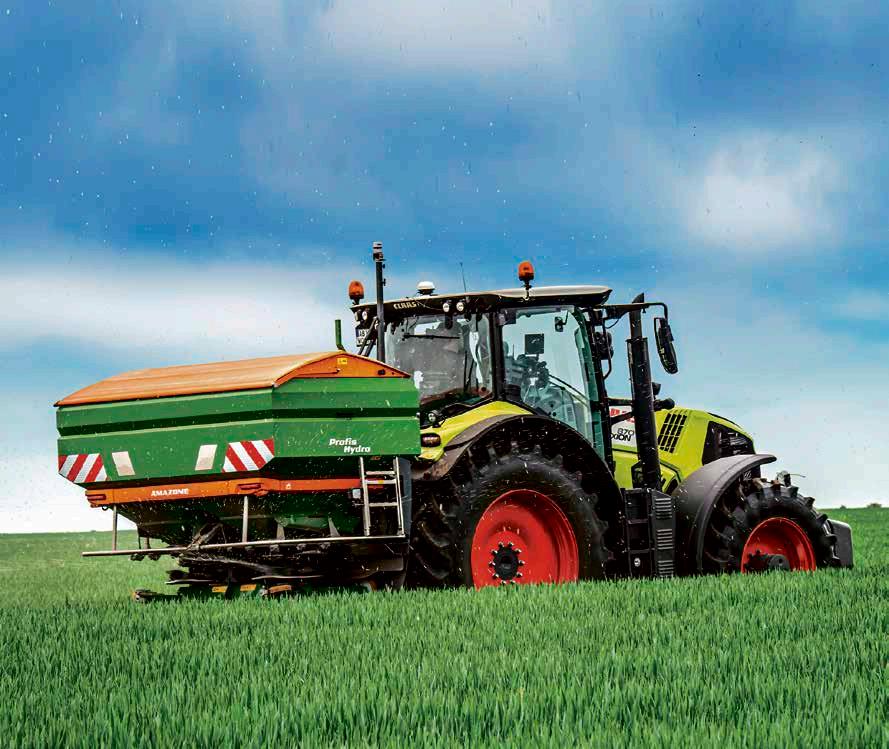
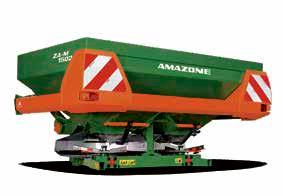

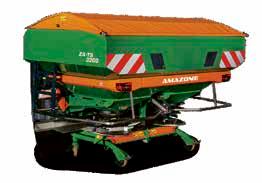
– Lolita Small
a welding robot to meet growing demand.
“Some of our staff have been here for 30 years, which is a feat in itself,” she said.
Miss Small said the company had received Wimmera Southern Mallee Development business awards and nominations in recent years for business of the year, excellence in agriculture and manufacturing innovation.
“It’s nice to have recognition and support of the local community and those awards are a good chance to reflect on where the business has been and where it will be in the future,” she said.
Miss Small said Smallaire was a finalist for induction into the Victorian Manufacturing Hall of Fame twice, including in 2023.
She said long-term success of the business also saw staff become shareholders, including general manager Jock Baker, whose son Tom is now an apprentice at the business.
Working widths from10 m to 36 m
Spreading system made completely from stainless steel
Spreading system made completely from stainless steel
Perfect double shutter control system for rate and closing
Hopper volumes from 1000 L to 3000 L Simple toolless adjustments
Precise spread patterns at working widths up to 36 m
ZA-V Special for simple and precise operation with hydraulic control
Smooth flowing hopper with capacities from 1400 L to 4200 L
Precise spread patterns even at working widths of up to 54 m
Monitoring and control of the application rate via the weighing system
AutoTS integrated boundary spreading system
Hopper volumes from 1400 L to 4200 L
GPS switch technology for up to 132 sections with ISOBUS Section Control







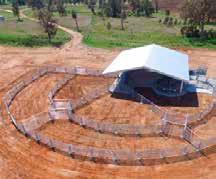
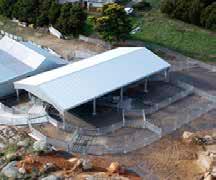
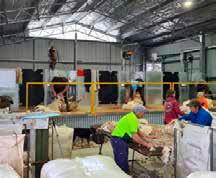

Radio’s Wimmera team will once again attend the region’s premier agriculture event at Longerenong next week.
Broadcast journalist and rural reporter Emma Clark said radio stations 3WM and MIXX FM would be on site for the three days.
The team will be joined by members of The Weekly Advertiser, who produced a 60-page Wimmera Machinery Field Days special edition AgLife ahead of the event.
Mrs Clark said she would be hosting ACE Radio’s flagship rural program Country Today live from the field days each day from noon to 1pm.
“Broadcasting and covering the field days are such an integral part of our stations and newspaper,” she said.
“It’s a huge event, not just for us and our listeners, but also for local businesses and those who travel to attend the event.
“We will be chatting to exhibitors through-
“I can’t wait. We’re looking forward to being there once again” – Emma Clark

out the day and I encourage anyone with any agriculture news or stories to come up and say hello.”
Mrs Clark said the team would be broadcasting from its site between the field days office and Local Market Square at the Wimmera Events Centre.








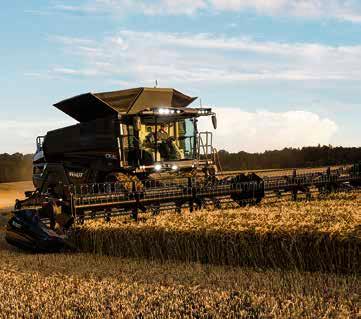
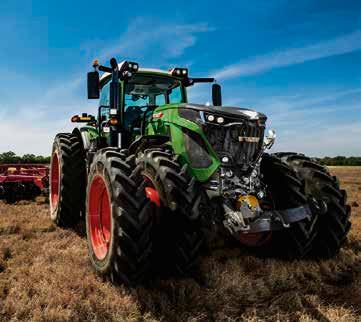
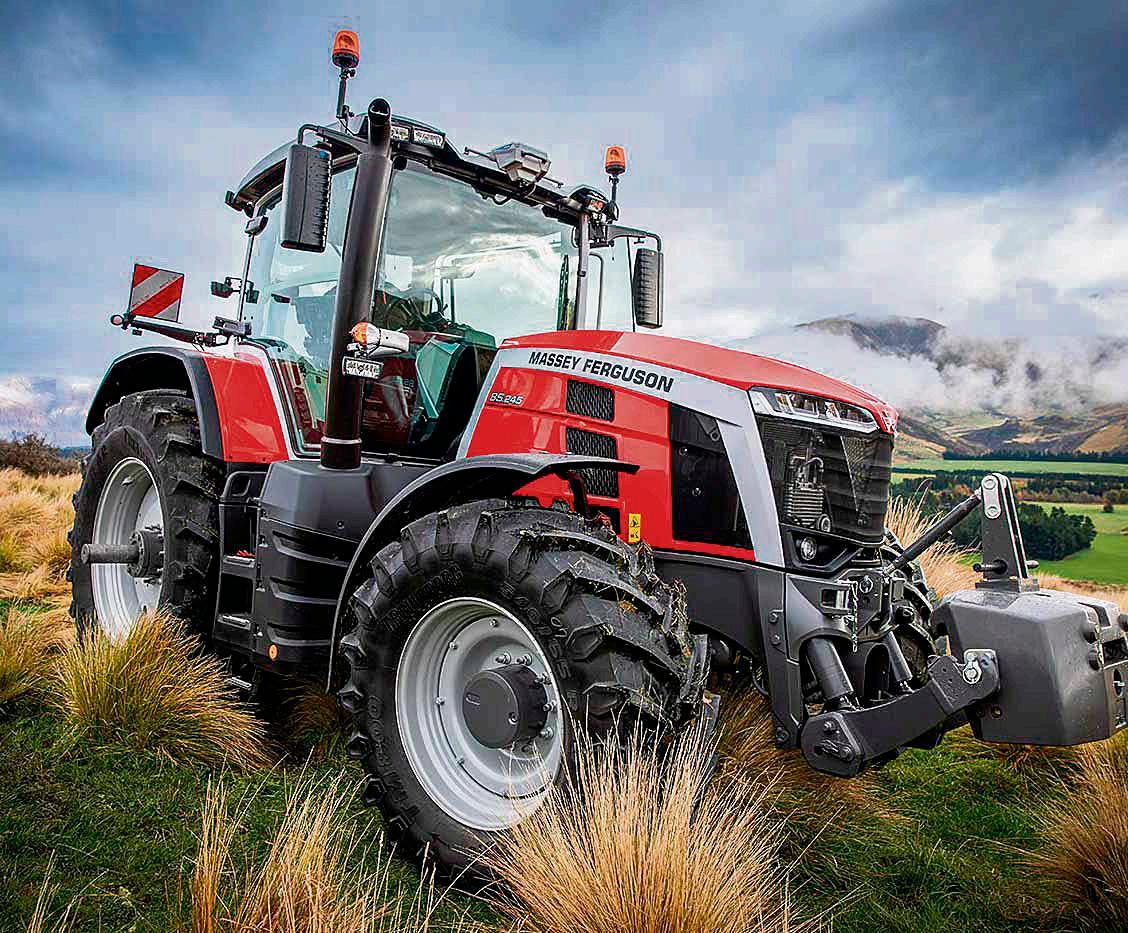

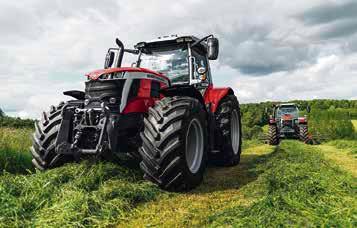
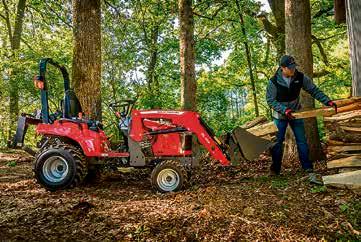
Australian lentil growers looking to discover more about a breakthrough boron and salt-tolerant variety will have an opportunity to do so at next week’s Wimmera Machinery Field Days.
The variety, GIA Thunder, was developed at Grains Innovations Australia’s breeding nursery near Horsham.
Representatives of GIA’s lentil variety commercial partner, PBSeeds, will be on hand to discuss the benefits of the variety throughout the three-day event at Wimmera Events Centre, Longerenong.
GIA crop breeder Michael Materne said GIA Thunder was the first imidazolinone – IMI – tolerant lentil variety to achieve an improved rating of boron, salt and vegetative frost tolerance.
He said it recently obtained this combination of ratings over all other IMI lentil varieties.
Dr Materne said experts estimated about 30 percent of soils in southern Australian grain-growing areas contained levels of boron considered toxic for plant growth, and lentils were sensitive to salinity compared with most crops.
He said intolerant lentil varieties were also particularly sensitive to salinity and boron that occurred in alkaline subsoils in areas of the Wimmera and Mallee.
“These constraints may be variable across a farm and on their own or in
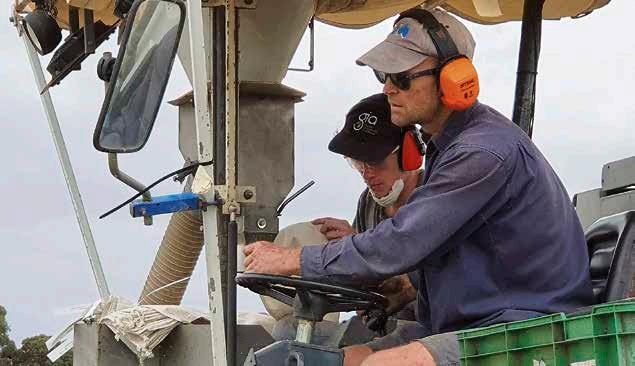
combination can reduce lentil plant growth and grain yield,” he said.
“An inability to grow into these poor subsoils also reduces the water available for lentil plants, which can significantly impact lentil yields, particularly in drier seasons.”
Dr Materne is touted as the first to recognise a need to introduce boron and salt tolerance into lentil varieties for better adaptation across whole paddocks, and for the successful expansion of lentil into the northern Wimmera and Mallee.
He bred the first boron-plus-salt lentil varieties, Flash and Bolt, more than a decade ago and started stacking this tolerance into IMI-tolerant breeding lines at the GIA breeding nursery near Horsham.
The recently released variety, GIA
Thunder IMI lentil, is a direct result of this focused breeding work.
Dr Materne said GIA Thunder also overcame another major problem of earlier IMI lentil varieties, in having improved tolerance to vegetative frost.
Vegetative frosts are sporadic across years and topography but cause significant yellowing and yield loss in intolerant lentils.
Dr Materne said GIA was not tolerant to frost on pods and seeds but healthier plants after frost might assist in recovery.
“The GIA Thunder lentil variety is going to give growers more robust crops as they grow these lentils into the future,” he said.
“It will also give new lentil growers in expansion areas, such as the Eyre Peninsula and the Esperance region in
Grains
Innovation Australia breeder Dr Larn McMurray, left, and national operations manager Jacob Materne are meticulous in harvesting each breeding plot of many thousands grown at multiple locations across south-east Australia.
Western Australia, a better opportunity to have successful crops too. These regions have large areas of soils where boron and-or salt toxicity is an issue and where damaging frosts can occur during the growing season.”
PBSeeds commercial manager Janine Sounness said interest in the GIA Thunder variety continued to grow.
“After a record season of seed sales in 2023, orders for GIA Thunder this year are still strong across the Wimmera, Mallee and South Australia, and there is new interest from Western Australia as well,” she said.
“The local breeding work of GIA that developed this variety is going to have a national impact.
“The variety is also a small rounded red lentil type, which is a perfect fit for the Australia lentil export market.”
Agriculture Victoria is advising livestock owners to assess their livestock feed situation, as failing to provide proper and sufficient feed is an offence.
Agriculture Victoria senior officer of animal welfare Morgan Cassell said producers needed to make appropriate decisions regarding livestock and ability to provide adequate feed.
Agriculture Victoria encourages livestock owners and managers to ask what are the nutritional requirements for the class and number of livestock they keep; how much feed do they currently have on offer, and does it meet their livestock’s energy and protein requirements; how much supplement feed do they need to be feeding, will they have enough and will they be able to source more; and what alternative options do they have such as agistment or destocking?
“If you aren’t sure of any of the answers to these questions, seek advice or do your research,” Ms Cassell said.
“There are many free resources and tools available to help and once you know the answers you can then make an informed decision, plan and take action.”
Visit feedinglivestock.vic. gov.au for more information.




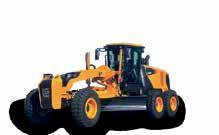





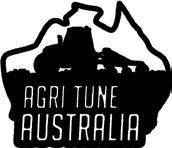
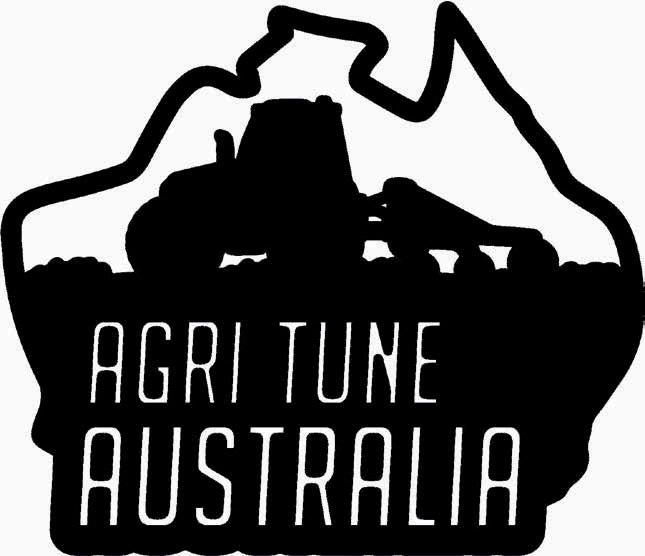

Wimmera-southern Mallee people can now listen to a podcast featuring ‘a captivating collection of candid stories’ of life on the land in their own backyard.
West Wimmera Health Service has dropped the fourth and final season of ‘Farmer Wants a Healthy Life’, aimed at farming families and rural communities.
Created by the service’s health promotion team in response to conversations with farmers and rural community members, the podcast is designed to spark conversations about health and wellbeing.
Health promotion manager Dorothy McLaren said the podcast shared ‘tell-all health and wellbeing truths’ from people living rural lifestyles, helping listeners relate to common health themes and concerns, with the aim of helping them navigate their own health journeys.
She said season four closed the series with a ‘bang’, with episodes covering topics such as alcoholism; anxiety; a Swedish woman’s take on ‘paddock to plate’ on her Aussie farm; making farms safer for children; connection to land – working with it, not on it; dogs helping to minimise the impact of mental health; family and domestic violence; gambling effects on families; biodynamic farming; and farm fitness.
“In talking to people in our rural

SPARKING CONVERSATIONS: Swedish farmer Anna Johansson features in the fourth season of the ‘Farmer Wants a Healthy Life’ podcast.
communities about how they would like to receive messages about health, they said they wanted to hear from others in similar situations and lifestyles,” Ms McLaren said.
“So, the podcast was born, sharing relatable stories of people living the rural lifestyle and how it changes and

impacts their health choices.” There are 39 episodes in total.
“It has been wonderful to have so many inspiring locals on the podcast, speaking openly about how they’ve overcome adversities in ways that may surprise you,” Ms McLaren said.
“We’re hopeful that the podcast has
inspired listeners to make choices to improve their own health, to live and thrive.”
People can listen to ‘Farmer Wants a Healthy Life’ online at www.wwhs. net.au/Farmer-wants-a-healthy-life, Apple, Spotify or wherever they get their podcasts.
The Nationals have called on the State Government to fix a policy ‘black hole’ regarding potential skyrocketing insurance premiums for farmers near large-scale solar and renewable energy projects.
Nationals Member for Lowan and shadow minister for agriculture Emma Kealy said farmers neighbouring large renewable projects were potentially facing huge increases in insurance premiums and at risk of losing everything.
“Farmers across Victoria have been contacting their local members expressing concerns about local renewable energy projects, particularly in relation to insurance and liability challenges,” she said.
“It is essential that farmers are supported as renewable energy projects continue to be developed around the state.
“If a farmer was found to have started a fire with a chainsaw, slasher or grinder and it spread and caused damage to a neighbouring property, they could lose everything if they were found negligent.”
The Australian Energy Infrastructure Commissioner’s 2022 Annual Report included sections titled ‘consultation’ and ‘neighbour agreements’.
It suggested a solar farm could create a neighbour agreement, which could include reimbursement for increased public liability insurance premiums levied at a neighbour due to the presence of a wind or solar farm.
Ms Kealy said insurance issues were causing angst as plans for renewable energy projects were made public and coming to fruition.
“The government needs to address these insurance issues as a matter of urgency,” she said.

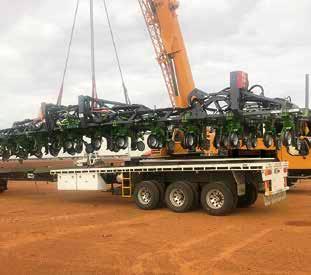
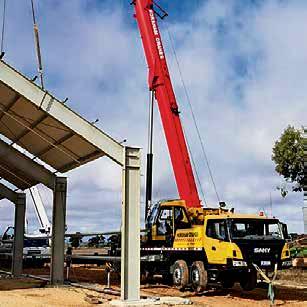
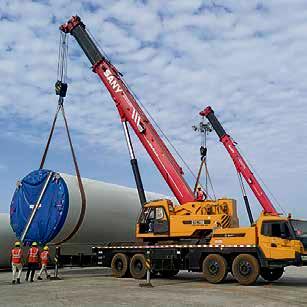
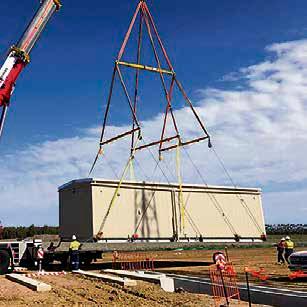
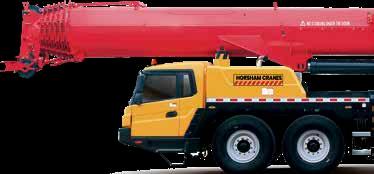




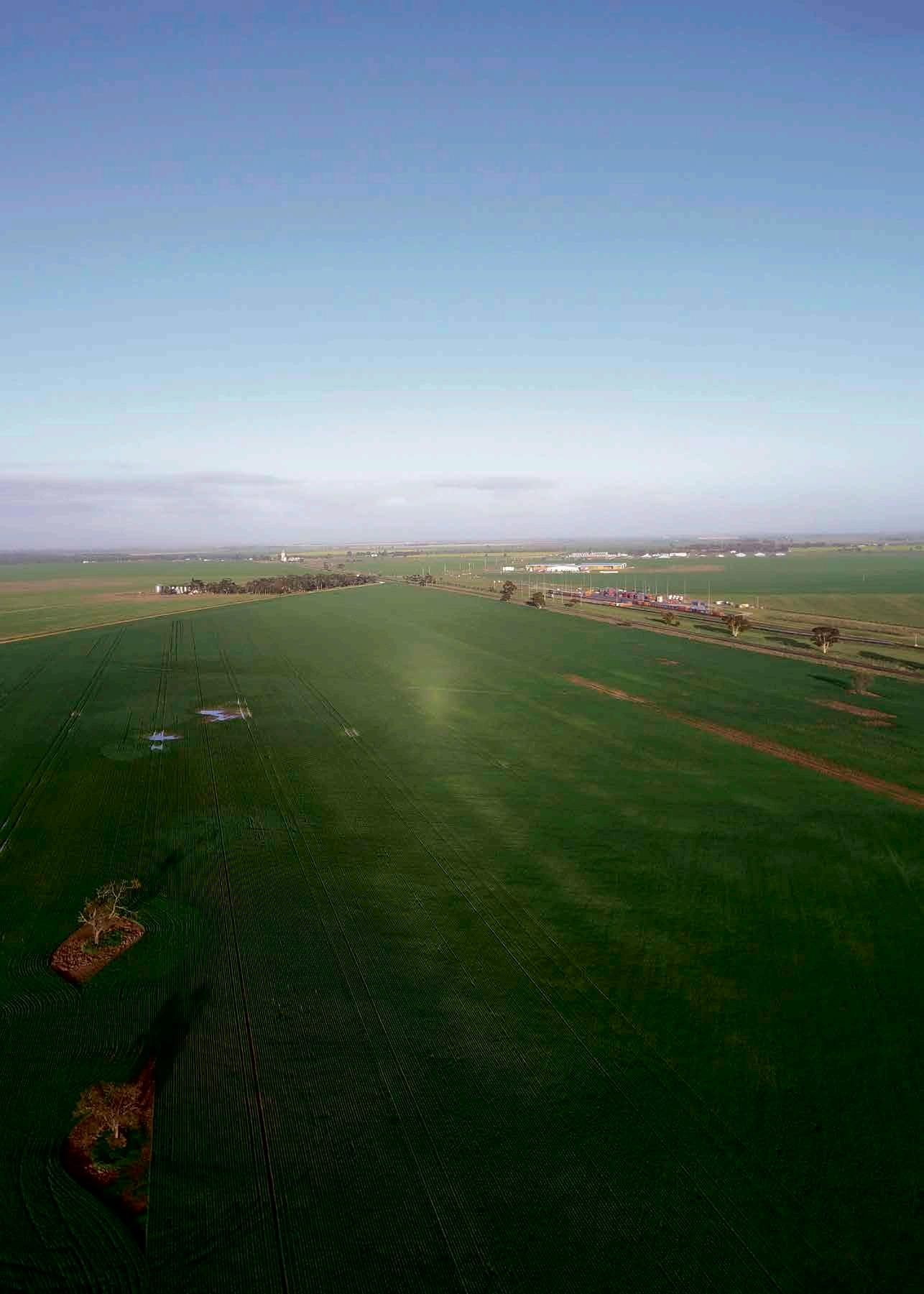









Rabobank’s newly-released annual outlook shows Australia’s agricultural sector is ‘moving confidently’ into 2024.
The report contains an overall positive outlook for the nation’s farmers and agribusiness industries for the year ahead.
Report lead author, RaboResearch Australia and New Zealand general manager Stefan Vogel, said a combination of better-than-expected seasonal conditions and lower input costs had helped set up the sector for a strong year.
He said while agri-commodity prices were ‘well down on the highs seen during the previous two years’, the bank’s price forecasts pointed to ‘continued positive farm margins in key agricultural sectors in 2024’.
Mr Vogel said, however, Rabobank’s flagship Australian Agribusiness Outlook 2024 cautioned global economic headwinds were set to continue, particularly with ongoing concerns about China’s economy and import volumes, as well as the effect of geopolitical issues on freight.
He said ‘locally’, a tight labour market would continue to present challenges for Australia’s farm sector and agribusiness industries.
He said ‘major’ agricultural sectors were moving into 2024 with a confident outlook, after ‘El Niño did not turn out as bad as feared, with recent significant rainfall received across most farming areas except Western Australia’.
“Grain farmers are set to plan more optimistically for the purchase of farm
inputs and the upcoming planting period for winter crops like wheat, barley and canola, especially in the growing areas outside Western Australia, which was the only region that hasn’t received much rain,” he said.
“For beef and sheep producers, the outlook for farm-grown feed in the first half of 2024 overall looks more promising, allowing them to hold on to more of their livestock and go to market with heavier weight lambs for example.”
While agricultural commodity prices remain well down from the highs reached in 2022, the outlook is overall more positive for 2024, with the bank’s Rabobank Rural Commodity Price Index pointing to prices tracking at improved levels in the year ahead and near the five-year average.
“Price developments will vary per sector,” Mr Vogel said.
“Grain prices are likely to remain under pressure, as markets globally and locally battle with a supply outlook for 2024 that is more plentiful than in past years. For a significant 2024 price upside for grain, the world would need to see weather-related supply shortages arise.”
Mr Vogel said the beef and sheep price outlooks were more optimistic and above the 2023 lows.
“Prices in late 2023 moved up from the lows, but the animal protein sector will continue to work through large Australian production volumes that need to move into quite congested global markets, and the economic headwinds that are expected to continue

in 2024 won’t help to much improve global demand,” he said.
“Still, we expect 2024, especially the first half of the year, to see higher beef and sheep prices compared with the second half of 2023.”
The outlook shows farm input costs should be lower this year.
“Farm input prices globally – for fertilisers and plant protection products – are forecast to be below last season,” Mr Vogel said.
“As Australia imports most of those products and continues to work through local inventories, we remain confident that costs on farm will look better than last year.
“A good part of farm inputs available in Australia last season were still reflecting the cost of COVID and Black Sea war price shocks, but now lower global prices should make their way through to be reflected in Australian inventory.”
Rabobank leaders expect to see Australian nitrogen fertiliser costs decline by 10 to 20 percent and phosphate by 10 to 15 percent this year compared with 2023 prices.
Agro-chemical prices are also forecast to decline in 2024 – primarily driven by a ‘massive increase’ in Chinese production capacity in the past three years which, according to Mr Vogel, is seeing the beginnings of a supply glut in 2024.
“However, these price reductions may take some time to be felt at Australian farm gates, as older stock makes its way through the system,” he said.

AWARDS: The number of awards up for grabs at this year’s Wimmera Machinery Field Days has increased. Product awards include machine of the year and agriculture business innovation of the year. Site awards include best agriculture machinery outdoor site, best general outdoor site, best Alan Heard Pavilion site, best Moore Exhibition Centre site and best Country Lifestyle site. Last year Horsham Hydraulics’ Brian and Eddy Nagorcka, pictured above, won best new machine award at the Wimmera Machinery Field Days for a Bute Disc Chain. Picture: PAUL
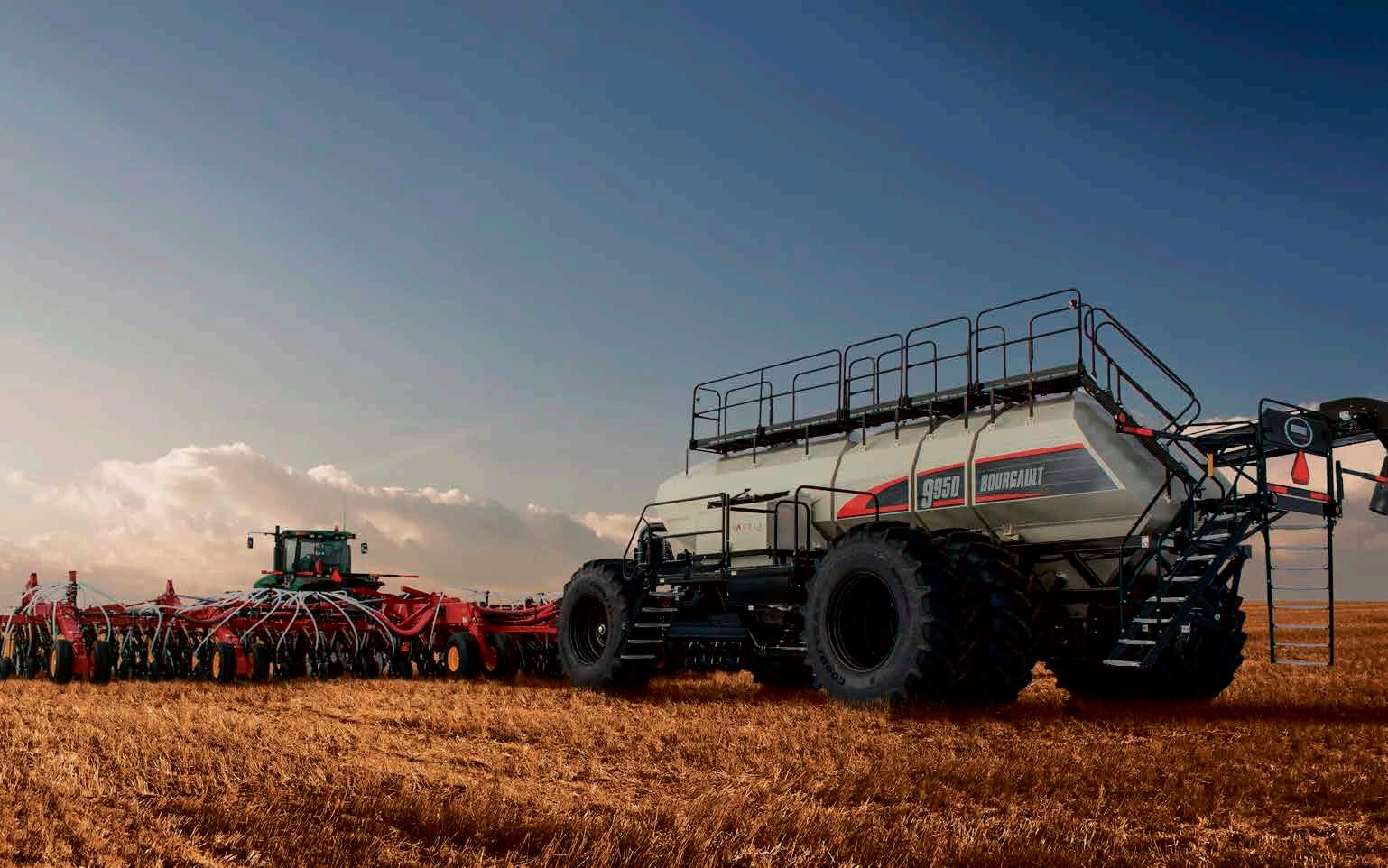


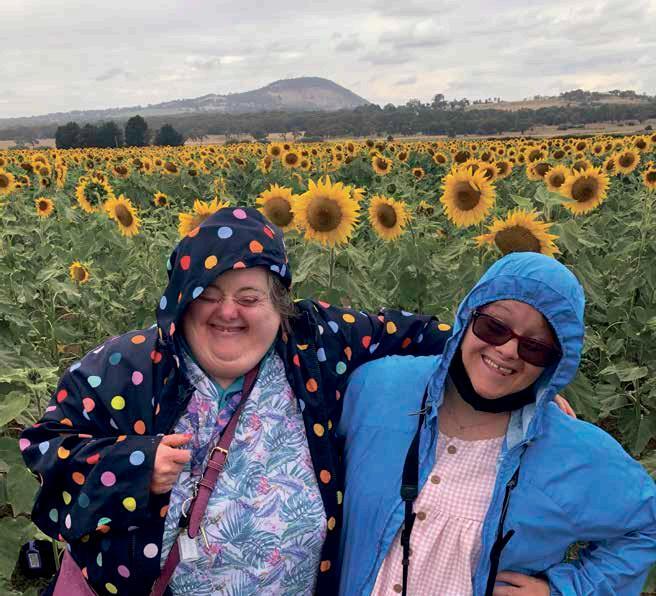
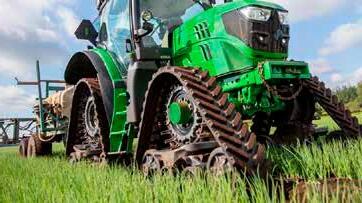



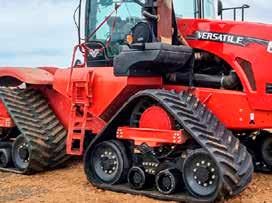
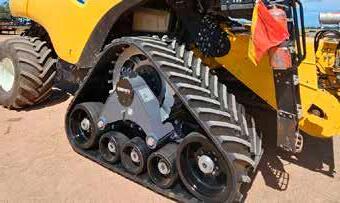
NT director Paul Ryan is excited to showcase his business’ innovative retrofit double disc system to farmers across the Wimmera, Mallee and beyond at Longerenong next week.
RYAN NT is among exhibitors at the 60th Wimmera Machinery Field Days, at Wimmera Events Centre.
Mr Ryan, who has attended the field days for several years, said he developed the retrofit double disk to ‘assist farmers in planting into trash’.
“Over many years, RYAN NT has created this economical system and now has a model to suit the popular New Zealand system, the Duncan Drill,” he said.
Mr Ryan said unlike conventional double disks, RYAN NT double discs had an offset axle design, with the serrated disc ahead of the plain disc.
“The unique design allows better penetration and cutting versus the conventional side-by-side system,” he said.
“The coulter discs are a massive 18 inches for ease of rolling, with plenty of height, keeping the bearings out of the soil. The axles are a massive 30 millimetres, fitted with Timken tapered bearings.”
Mr Ryan said the disc legs were attached to a heavy-duty 400-pound Ryan Tyne Trip, allowing the disc assembly to handle rough terrain.

“In addition, the Ryan system has tungsten mud scrapers and front and rear seed boots,” he said.
Grazier, farmer and contractor Phil Giancono of Donnybrook, Western Australia, uses RYAN NT retrofit discs on his Duncan Drill.
Mr Giancono said he decided to do the conversion at the beginning of 2023. Initially, he used tines for his seeding system, but found they were bringing up rocks and clogging up with trash, especially dry seeds.
“I was looking around for a disc seeder, but I couldn’t find one in the size I wanted when looking at the new ones, as I can’t go too big,” he said.
“The system I needed had to stay within a specific size, and I’m known to modify everything.
“After looking around, I found the Ryan discs online and did a bit of research into them.
“I was a bit of a guinea pig to do the conversion since it hadn’t really been done on a Duncan Drill before.
“Paul was pretty helpful with that side of things, and since converting to the discs, it’s been great.”
Mr Giancono said as a contractor, he used to have to go to people’s properties to see if a seeding job would be suitable for his tine machine.
“But now, with the discs, I didn’t
have to go to any jobs to check the land out; I just rocked up and did it and seeded with ease,” he said.
“It chops through kike thatch easily.
“Compared to your cheaper Chinese seeders, it’s night and day with the discs on the Duncan Drill.
“It still brings up a bit of rock, but nothing compared with your tines.”
Mr Giancono said he also noticed a significant saving in fuel costs.
“When I sat down and worked it out, we probably saved about 30 percent in fuel compared with operating with a tine,” he said.
“So overall, we’re pretty happy with the conversion.”
The Victorian Farmers Federation Making Our Farms Safer project aims to reduce the number of farmers aged 60 and older dying on Victorian farms.
The organisation released a new handbook, ‘Stay Farming Longer and Safer: A practical guide for older farmers and their families’ to support the goal.
It was written for farmers, by farmers, while keeping front of mind the unique challenges living on a farm presents.
VFF vice-president and Making Our Farmers Safer committee chair Danyel Cucinotta said the free handbook was available to all Victorian farmers, and offered practical safety tips, information and advice critical to saving lives.
“In 2022, more than 40 percent of all deaths on farms were tragically in people aged older than 60,” she said.
“Everyone deserves to go home safely at night, and this handbook is a step in the right direction.
“It’s so important that we disrupt the ‘it’ll be right mentality’ when it comes to farm safety.
“We know complacency kills, and it’s through resources such as this handbook that we shift the dial.
“I’m so proud that this handbook now exists, but it’s all for nothing if farmers don’t use it.”
People can download a free copy of the handbook at www.makingourfarmssafer.org.au.






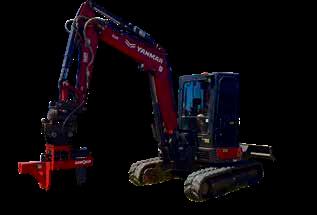
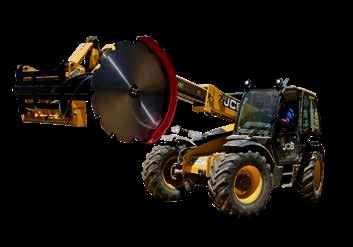
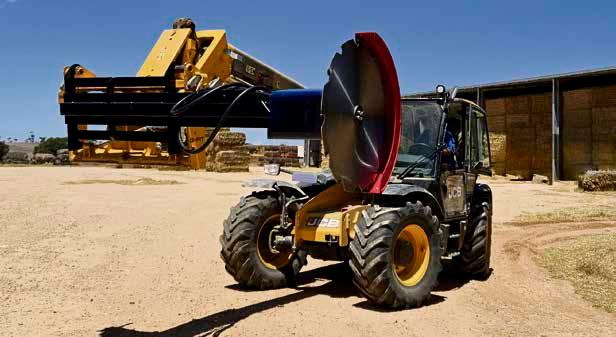

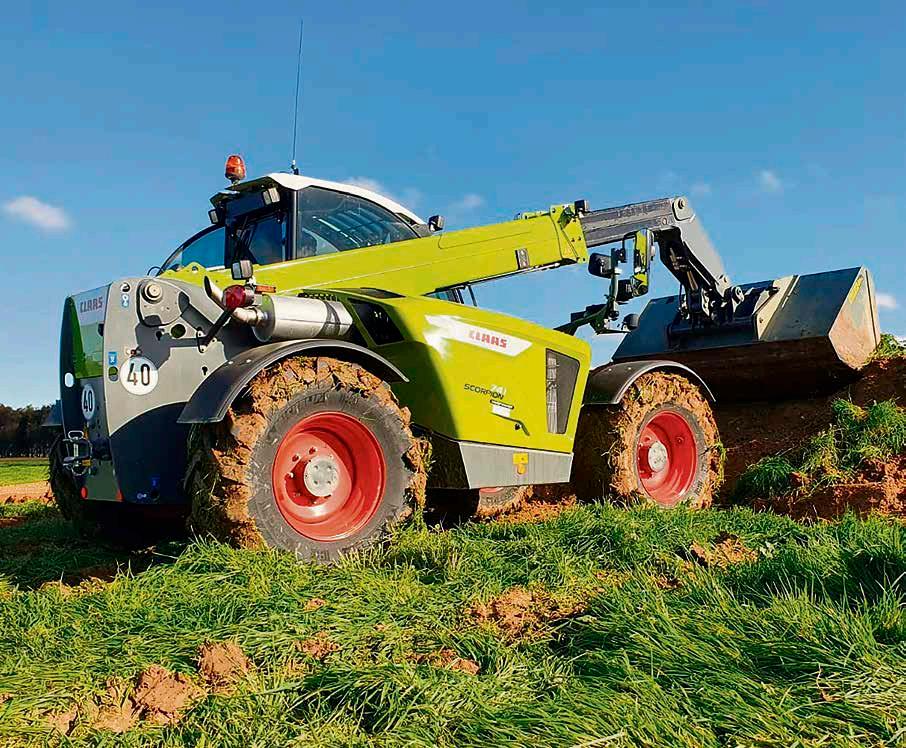

Deutz
SMART
Load-sensing
SMART
Ergonomic,


Volunteer profile
“Each day, a group of 10 to 15 people will be up at 6am in the morning to make sandwiches,” she said.
“We will have another eight to 10 people throughout the day, so there will be roughly 25 people helping each day of the field days.”
Miss Borain said the club had a longstanding involvement with the Wimmera event.
“The club has been doing it for years and years. We’ve been so lucky to be offered the opportunity again,” she said.
“It’s always a really good fundraiser at the start of the year, to give the club a bump financially.”













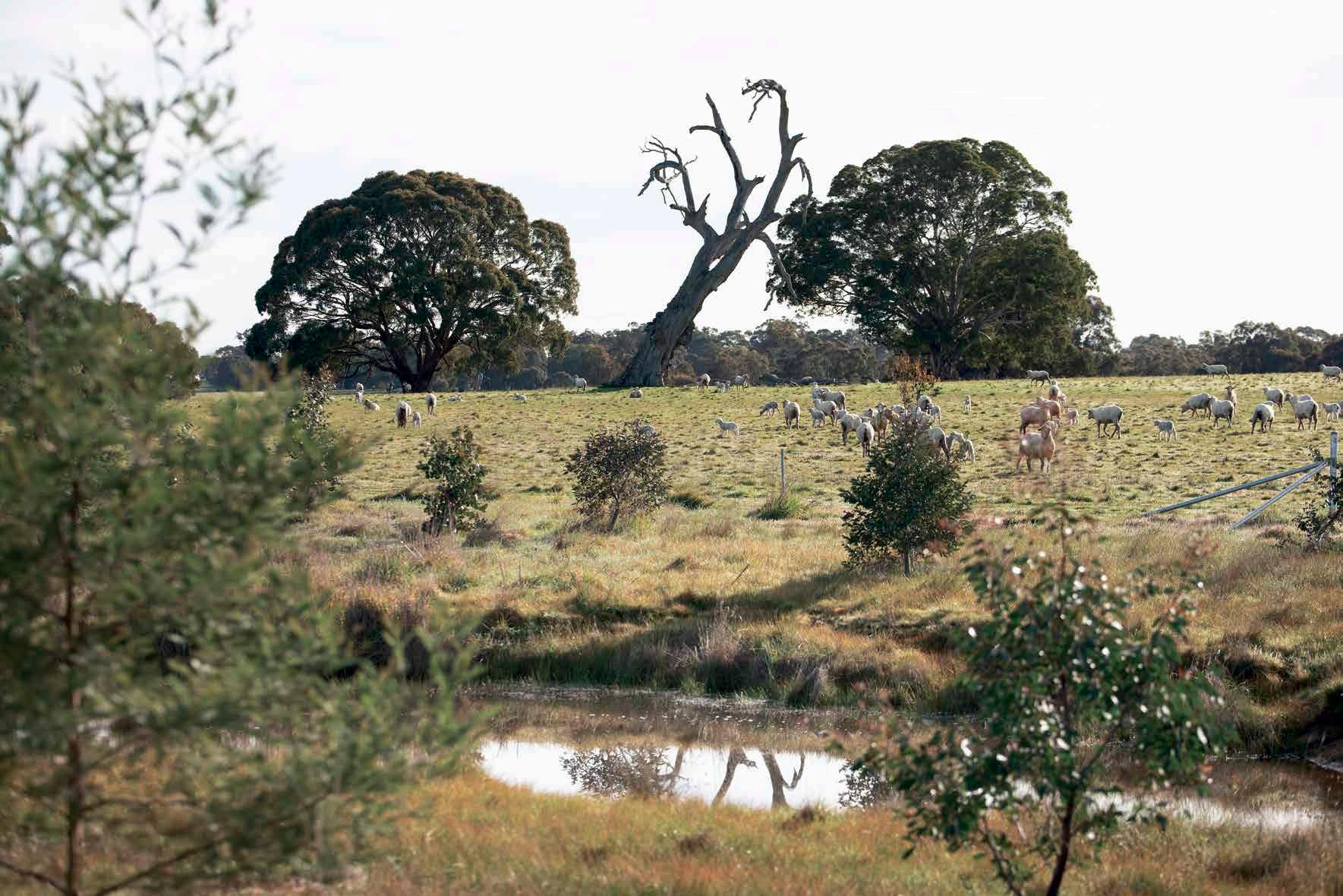



Ararat will host the annual Victorian Women on Farms Gathering next month as a ‘gettogether’ for returning and new members of the WoFG community.
The first Women on Farms Gathering was in Warragul, in 1990 and since then gatherings have run annually in different rural locations across the state.
NEW ATTRACTION:
Jaimie and Matthew Thompson, owners and operators of Sandy Creek Clydesdales, with their children Billie and Hunter, will attend the Wimmera Machinery Field Days this year. The pair will be offering blacksmithing demonstrations, carriage rides and Clydesdale interactions throughout the three days, with two of their Clydesdales, Brooke and Noah. Picture: CHLOE
SMITH PHOTOGRAPHYA Women on Farms discussion group grew out of participation in the Women On Farms skills courses at Warragul, which transformed into planning the first event.
Organisation is handed over to an autonomous committee of women, from the area of the gathering, each year.
Run over a weekend, the gatherings bring together rural women to learn new skills and share stories.
Storytelling is central to the events, raising the consciousness in women of their relative disadvantage and marginalisation, and affirming their identities as farmers, rather than farmers’ wives.
Future proofing
Workshops at the gatherings develop women’s practical on-farm skills, and confidence and skills needed for political roles.
This year, the 34th event, will be in Ararat from March 15 to 17 and is being organised by Christine Rippon.
The aim of the program this year is to have the opportunity to meet and shape the future of Women on Farms.
Unlike previous events, the Ararat iteration will bring together women, without tours or workshops, to be able to plan for future events, while supporting Ararat and surrounding businesses and attractions.
The event will also include the opportunity to update the contact list of Women on Farms Gathering participants and pay respect to members who have died since the 2023 event.
The program for the Women on Farms Gathering ‘get-together’ Ararat includes future planning meetings, ‘Life and Times’ storytelling by local women and spending time catching up or getting to know people.
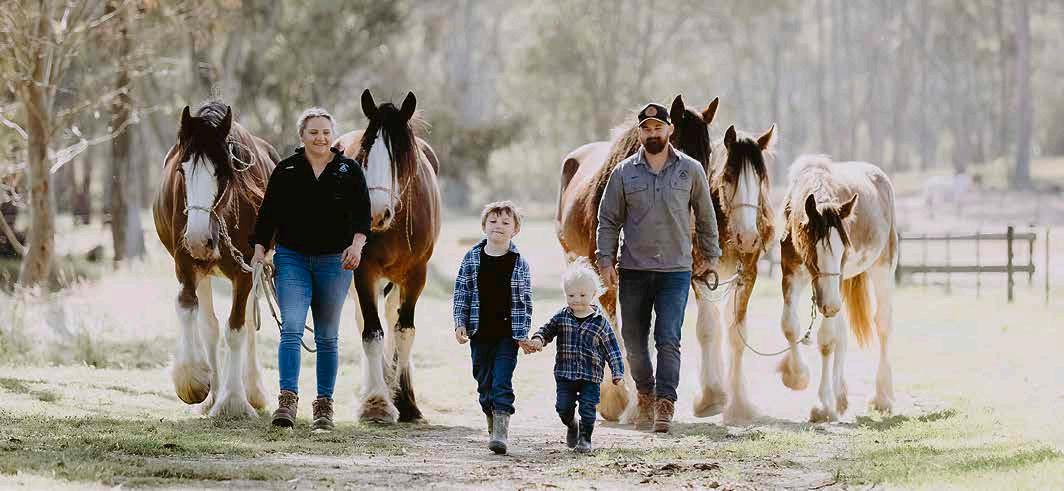
Reduce energy costs up to 3 times.
Registered Clean Energy product.
Real time power usage monitoring capability means households can now take control of their power bills.
Integrate and maximise your PV with in-built timer controlled heat up cycles.
Dual heating technology with incorporated electric element to provide hot water up to 70°c.
Smart touch screen controller makes optimising the system easier than ever.
Eligible for solar and heat pump water heater rebates.


Smart touch screen controller

*T&Cs








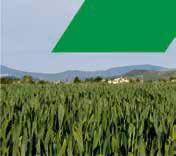
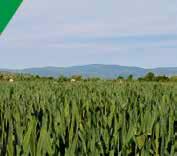
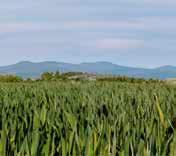


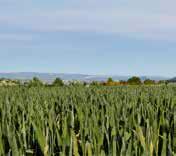
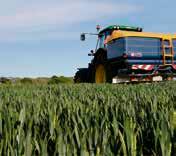
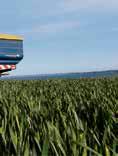

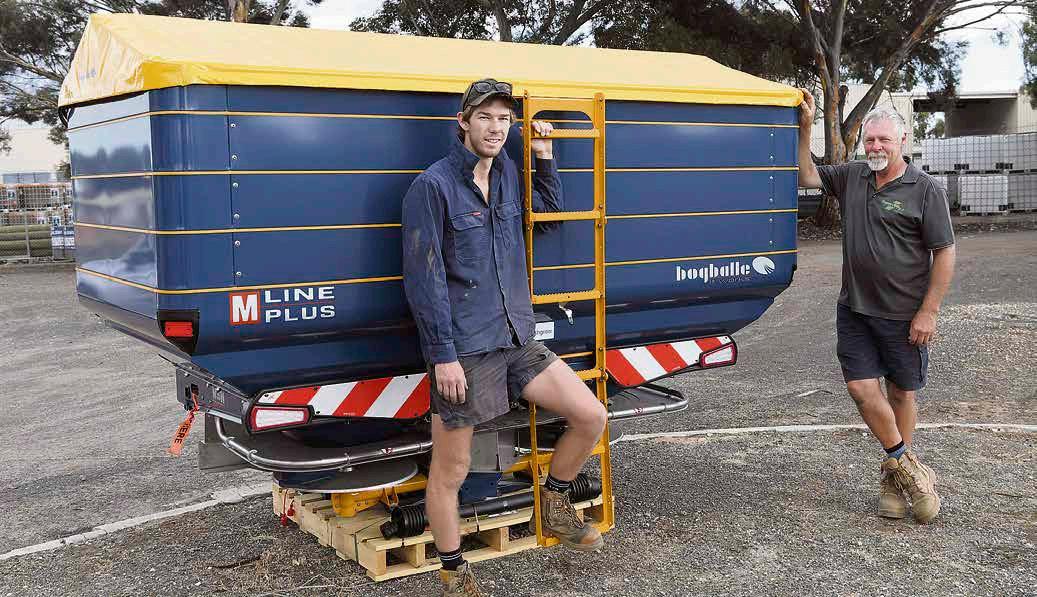


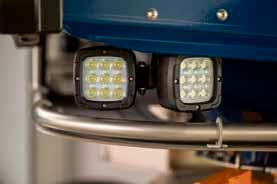

mixed farmer
Brett Hosking is the newest board member of Birchip Cropping Group, BCG.
He spoke to BCG’s Janine Batters following his appointment to the board for the group’s Farmer in Focus series.
“I spend a lot of time on the phone,” Mr Hosking said.
“My family will tell me that I spend way too much time on the phone, but I see it as important to spend the time to get the right advice and build upon those networks to get good advice when you need it.
“Like all farmers, we struggle with work-life balance. There is always something else to do on the farm or at home coupled with the demand of community.
“To maintain the same number of opportunities, more of us are working harder.
“I had a season in my life where I was away a lot and had to get very good at driving out the gate and dealing with it when I returned, knowing I had full-time staff, family and a network supporting me.
“Part of it is knowing you have to make a choice to put your family first sometimes, to go skiing or whatever it is you all enjoy... and that’s okay, we get there in the end.”
Mr Hosking produces merino ewes and grows canola, wheat, barley, lentils and opportunistically, vetch hay.
“I also have 25 breeder Hereford cattle running around at the moment as a bit of a hobby,” he said.
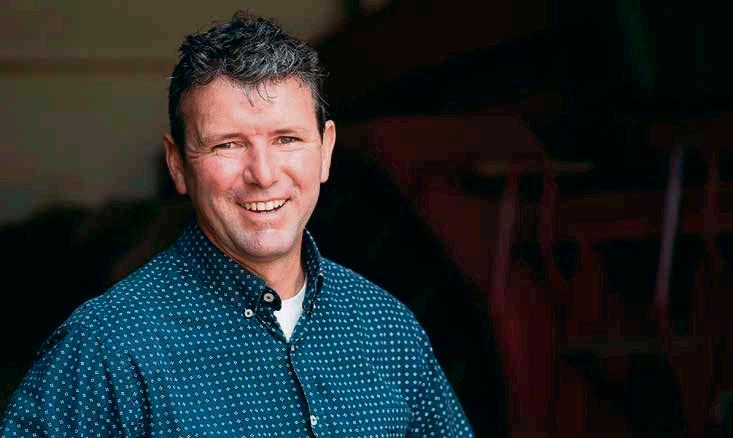
Mr Hosking said the opportunity to be a BCG board member was a chance to contribute his skills to the community.
“We all contribute to our community where we are able and with extensive board experience, I hope to add value at board level,” he said.
“What I like about BCG is that it is community-led, locally-led and community-oriented.
“Over time that community has expanded, but it’s that grassroots approach that has always appealed to me in groups I’ve been involved with.”
Mr Hosking said modern farmers
needed to be more adaptable than ever.
“On any given day a farmer might perform the role of mechanic, international commodity trader, or any other role which needs to be picked up on that day,” he said.
“Having good advice from groups such as BCG is vital to support them to grow and prosper.
“BCG’s extension and engagement supports this required growth well.
“Farmers often need complex information communicated efficiently so that it can be practically applied on farm.
“BCG is a conduit between academia and practical application, recognising the skills and knowledge that farmers already have and building areas of passion and areas that can make their farms more profitable.”
Mr Hosking said farmers were fast learners and adopters of new technology, but BCG’s challenge was remaining ahead of the curve.
“I’d also like to support BCG’s delivery of tailored events,” he said.
“There is a lot on and farmers are required to be selective in which events they attend.
“The number of attendees might
“BCG is a conduit between academia and practical application, recognising the skills and knowledge that farmers already have and building areas of passion and areas that can make their farms more profitable”
– Brett Hoskingbe less, but that does not mean these events are any less valuable.”
Mr Hosking said his passion to contribute was fed by challenges farmers faced.
“A big challenge is rising input costs, the other is climate change,” he said.
“It’s not as sorely felt when years are good, but in the future, we need to be more engaged around our emissions footprint and providing credible information to society.
“Growers who aren’t engaged could be taken advantage of or will have the world decided for them.
“Our farmers have the challenge of climate change in two areas, how we reduce emissions – for a city person they can catch a tram, that looks different to us – and secondly, we are affected due to the change that has already occurred to the environment and landscape.
“We need to adapt to the significant change in our environment and our bottom lines due to climate.”



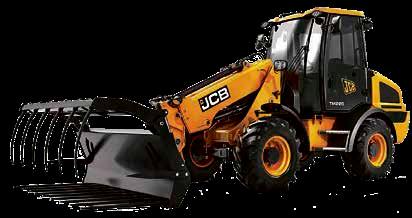
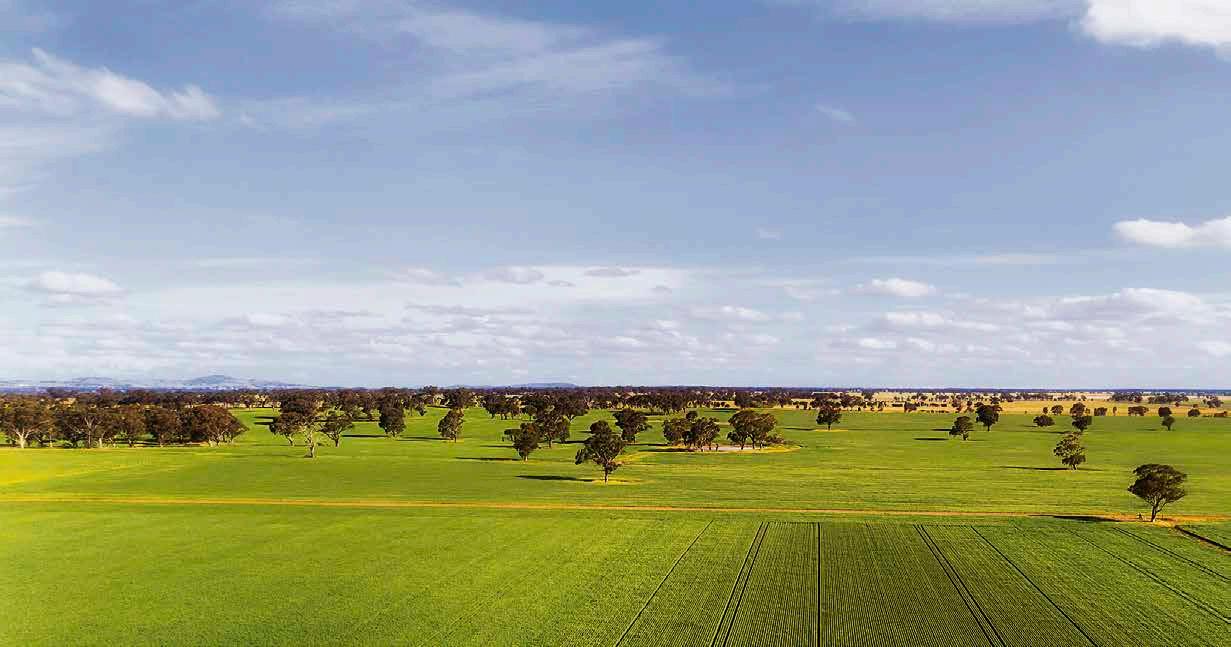







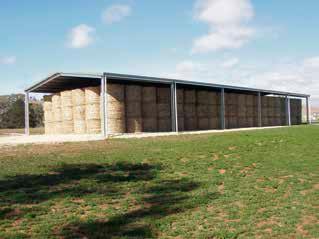
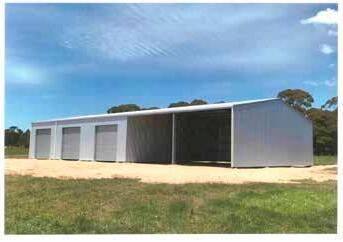
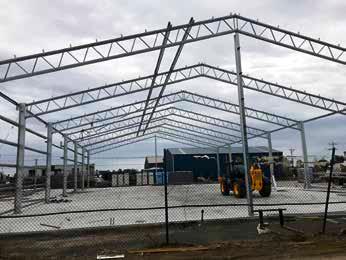



Harwood Andrews is the largest law firm in regional Victoria and is returning to the Wimmera Machinery Field Days in 2024.
Established in 1840, the firm has a proud regional focus.
With strong client and business relationships in the Wimmera and Western District, the team at Harwood Andrews understand the needs of rural communities and provide expert legal advice when it counts.
Special Counsel, Amy Jenkinson, said the firm was excited to attend the Wimmera Machinery Field Days as a professional services exhibitor.
“Many of our lawyers and administrative staff have family, business and farming connections with the Wimmera and Western District,” she said.
“We are approachable and have a genuine interest in advising primary producers, agribusinesses and their rural communities.”
Based in Geelong, the firm supports and works alongside existing regional legal, accounting and other professional advisors when specialist legal knowledge is required.
The firm also acts for regional councils and other statutory authorities.
Mrs Jenkinson said Harwood Andrews regularly assists clients and their existing advisors to deal with legal issues which may be outside their local lawyers’ area of expertise

or involving a sensitive matter where distance from immediate community is preferred.
Farmers and the agribusiness sector are subject to an increasingly complex regulatory and legal environment.
Mrs Jenkinson said while it was understandable some farmers and agribusinesses did not prioritise legal affairs and planning when time poor and focused on their day-to-day op-
erations, the right advice at the right time could reap significant benefits and avoid unnecessary exposure to liability and cost in the future.
Harwood Andrews provides expert advice in all areas of the law including structuring and asset protection, estate and succession planning including family farm and multi-generational business, property transactions, taxation, occupational health and safety and employment law,
farming agreements, environment and planning issues, debt recovery, family and other dispute resolution.
Mrs Jenkinson encouraged people to drop by and meet some of the Harwood Andrews team at the Wimmera Machinery Field Days.
“It promises to be a fantastic few days and we are looking forward to catching up with current clients and forming new relationships,” she said.
Agriculture Victoria is reminding livestock owners to protect animals from harsh weather conditions, particularly heat stress.
Providing access to shelter can improve animal welfare by reducing the risk of heat stress and production losses as the animal does not need to actively use energy to lower its body temperature.
Agriculture Victoria animal health officer Flick Searle said behavioural signs of heat stress in livestock could include increased respiration rate, panting, increased salivation, listlessness and lethargy.
“Heat stress can be treated by moving affected livestock into shade and providing clean, cool water,” she said.
“If, after a period of time, after providing this treatment, the animal does not improve, contact a veterinarian immediately or humanely euthanise the animal.
“In high temperatures, the accessible shelter needs to give protection from the sun, reducing solar radiation, and also allow air movement.”
Ms Searle said good examples of shelter included trees with large canopies, shade cloth structures and sheds with open sides.
“Farmers need to keep in mind that some livestock have a higher need for shelter, such as very young, old or sick livestock, as their ability to regulate their temperature is reduced,” she said.
“Therefore it’s your responsibility to provide care accordingly.”
More information is available via agriculture.vic.gov.au.





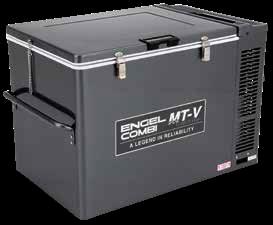

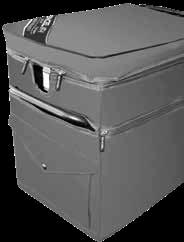
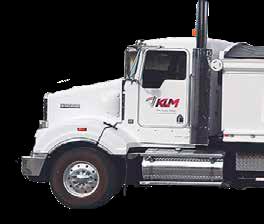


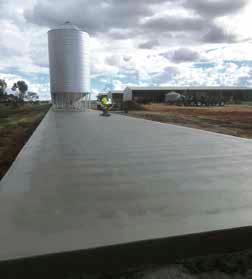
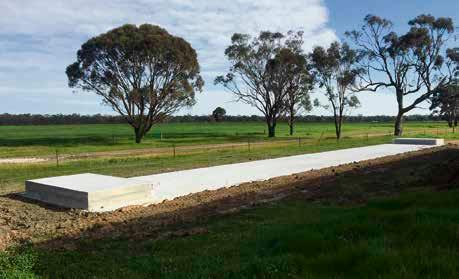
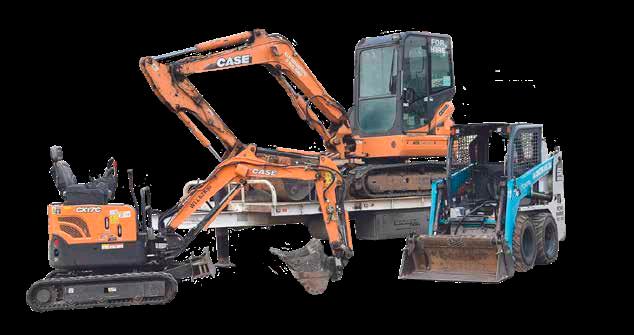
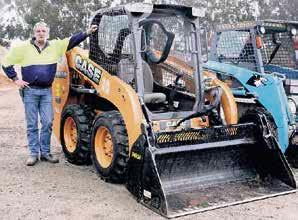
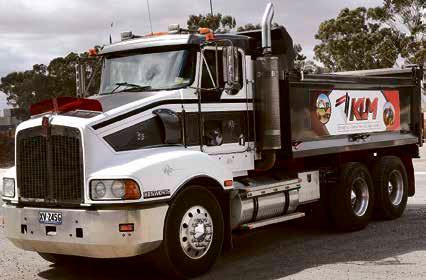


committee, then my Dad, Don, and now my mum, Robyn, and myself are on the committee.”
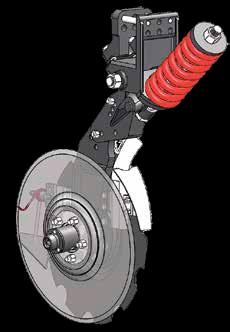




Gulline is one of the newest volunteers on the Wimmera Machinery Field Days committee.
The 60th anniversary of the event marks Mr Gulline’s second year as a member of the committee.
Mr Gulline said being a member of the field days committee was something he was born into.
“I am the third generation of my family to be a part of the event,” he said.
“My grandfather, Graeme Gulline, was on the
As a Longerenong farmer, Mr Gulline knows the importance of the three days at the Wimmera Events Centre to the industry and community.
He said he was looking forward to celebrating 60 years of the field days next week.
“It’s always good to see all the machinery and all the people at the field days,” Mr Gulline said.
“It’s a chance to look at all the new things coming through, particularly new technology in the industry.
“I enjoy volunteering on the committee and working with the group – being part of something for the community.”


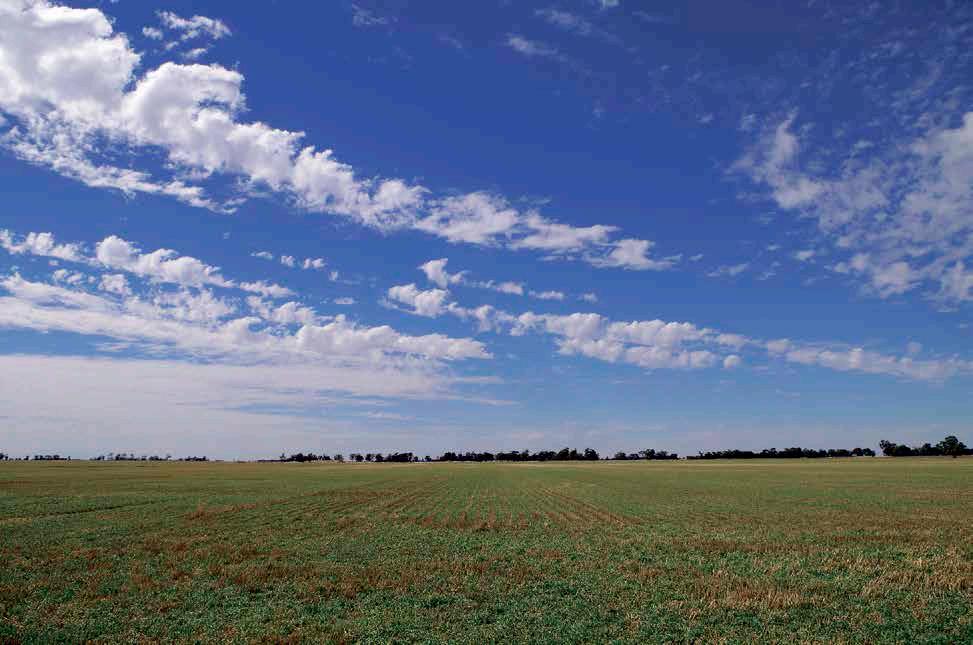
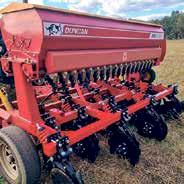

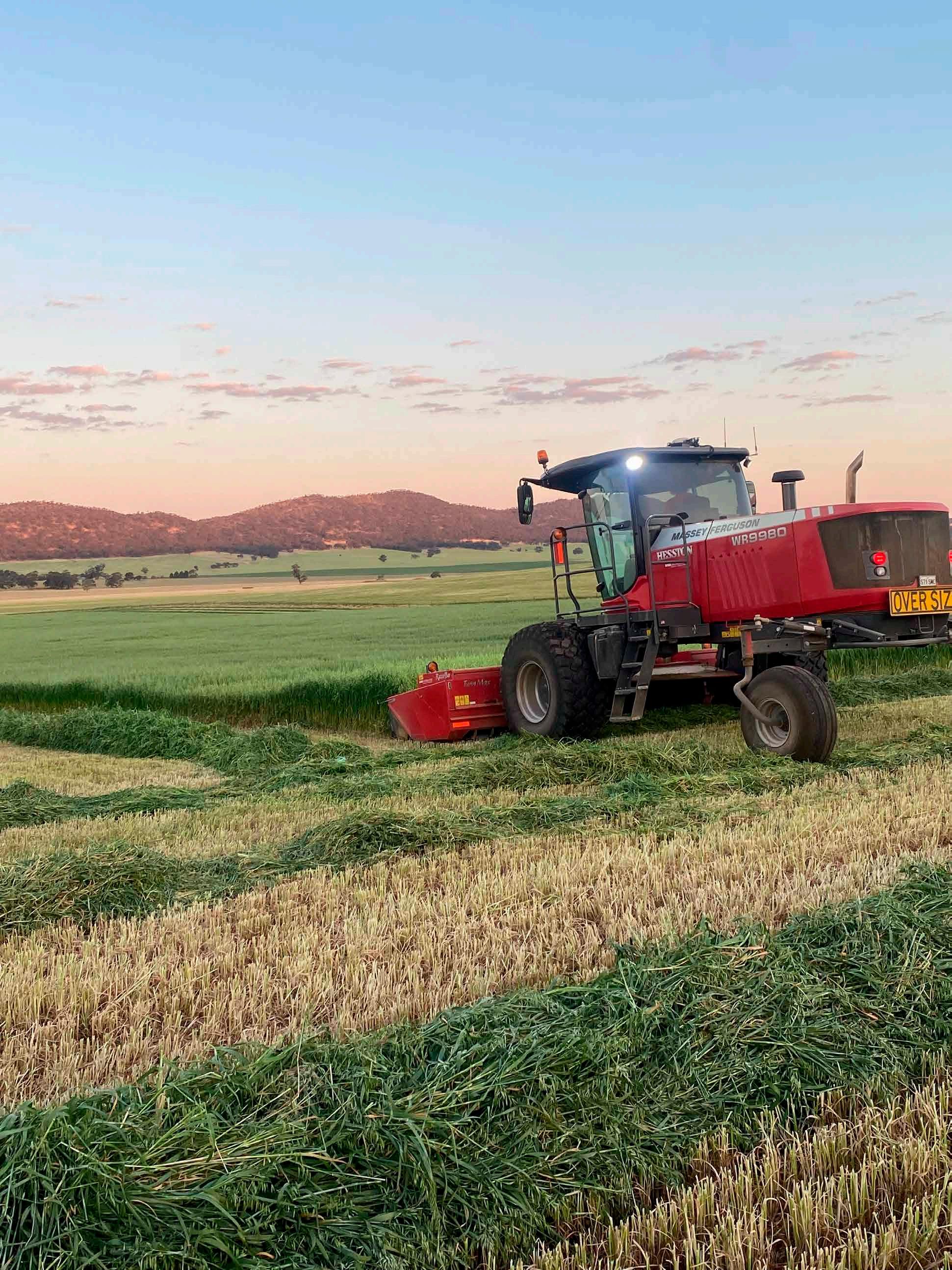
www.tradefarmmachinery.com.au
First launched for its self-propelled sprayer range, now Hardi’s locally-designed GeoSelect technology is proving a winner for trailed sprayer customers.
GeoSelect continues to take giant leaps forward for Hardi Australia, being showcased to the overseas market at Agritechnica, while trailed sprayer customers are also starting to experience the benefits.
GeoSelect was first launched in 2021 by the Adelaide-based manufacturer as a spot spraying technology to improve accuracy and reduce chemical use.
It was initially introduced for Hardi’s selfpropelled sprayers, such as the Saritor range, but expanded last year to also include the trailed units.
This marked a major expansion of GeoSelect’s customer base and allowed those who operate Hardi’s Commander and Navigator sprayers to start using the technology on their properties.
One such customer is Alexander McRae, a sixth-generation cropping and livestock farmer from Wallup in Victoria’s Wimmera region.
McRae has been a long-term customer of his local Hardi dealership Wimmera Mallee Ag.
When it came time to upgrade his sprayer, he stuck with the Commander’s tried-and-tested features, but added GeoSelect.
“We were trying to value add to the boom,” McRae says.
“We did have a Commander exactly the same – 10,000L, 48.5m boom – but it was time to upgrade due to hours, so we decided to go down that path of adding GeoSelect to the next one, purely for being able to save on costs with chemicals.
“It’s very efficient being a large capacity and width, and having a 48.5m spot sprayer – as I guess you would call it – is very good,” he says.
Hardi describes GeoSelect as a decoupled selective spraying system.
It uses software in conjunction with drone images to identify and spray exactly where weeds are in a paddock.

Lightweight but rugged antennas are attached to the sprayer’s boom, and Hardi says the minimal hardware required on the unit itself helps to increase both GeoSelect’s convenience and efficiency.
It is not a drone-based sprayer though, Hardi points out, as the drone only captures images whereas GeoSelect is pure software for the sprayer.
Chemical use is reduced by up to 90 per cent, Hardi says, while field tests carried out before GeoSelect’s launch had live data processed with up to 5mm accuracy and a 99.7 per cent hit rate.
Importantly, GeoSelect works with the standard Hardi sprayer nozzles.
Hardi Australia’s precision agriculture business development manager Mark Armstrong says the expansion into trailed sprayers has opened up GeoSelect’s market, while also making it available on their largest units.
“If we limit ourselves purely to self-propelled sprayers we are limiting our market, especially in the broadacre space,” he says.
“Some customers are not able to justify buying a self-propelled, but some of them already have Commanders.
“Another benefit of GeoSelect on the
Alexander McRae with his Hardi Commander sprayer.
Image: Hardi
Commander is the fact it can still take a 54m boom, but the Commander also has a 10,000L tank, which is the biggest one that we do, whereas our biggest self-propelled is 9,000L.”
Wimmera Mallee Ag’s Hardi specialist Glen Hobbs, who sold the GeoSelect to McRae, says Commander sprayers are the most popular within his dealership’s western Victoria catchment area – making the expansion into these units an important drawcard for his customers.
“A lot of it is cost saving and chemical saving, but as far as I’m concerned, the soil health has got major benefits too,” he says.
“The less chemicals you’re sticking into the soil has got to be a good thing when you get 10 years down the track.
“With the drone side of things, some people initially look at it and think it’s another expense you have compared to a camera on the machine, but the drone really has got a lot of advantages when you start to look at the benefits of what you can do with it.
“The fact that you can have a map that shows up year after year has got a lot of benefits, and you’re not throwing chemicals on just for the sake of doing it.”
Expanding into the trailed sprayer market
is far from Hardi’s only plan for its showpiece technology.
Armstrong says Hardi is looking to crack the overseas market with its locally-designed GeoSelect, while research and development continues to occur with the aim of expanding its ability.
“We took GeoSelect over to Agritechnica for the first time and the response we got was just amazing,” he says.
“We’re looking to push GeoSelect into the US and into Europe. It’s purely an Australian invention from the Hardi Australia factory in Adelaide, which makes you proud when you’re out there giving presentations.
“The parent company Exel really love the tech, and Hardi International really love the tech, so they’re really pushing for us to carry it forward.
“We recently completed trials again for green on green, as we did last year.
“We’re speaking to a company in Adelaide that managed to fly some of the paddocks using a hyperspectral camera, which is something totally different for us.
“We’re just waiting to see the results but we’re quite excited about that, and that will give us a slightly different dimension going into our greenon-green season.”
Hardi Australia innovation manager Heath Thompson says other areas of research and development which Hardi is exploring for GeoSelect includes more variable rate selected spraying to better handle different sized weeds.
“That will give farmers a bit more of an option in regard to how much they dose the weeds up with and is something we’re looking at in the next year and into 2025,” he says.
“We’ve also got a lot of feedback that people want dual tanks as well.
“The system is capable of it from a data point of view, we’ve just got to look at how we would do it from a plumbing point of view, and that’s something we will do with our ongoing research and development.”
GeoSelect, along with Hardi’s full sprayer range, can be viewed at www.hardi.com/en-au

GrainGrowers has called on the Federal Government to commit to investments in its next budget to reduce supply chain costs and increase labour supply, providing an opportunity for the industry to push for an increased global market share for grains, pulses and oilseeds.
With a budget focus on cost-ofliving issues, GrainGrowers said the approach would provide a win-win for growers and the government by easing inflationary pressures on Australian consumers.
GrainGrowers used its pre-budget submission to detail funding requests across six key areas: carbon and climate; people and workforce; biosecurity; grain freight and supply chains; trade and market access; and farm inputs.
The requests align with issues identified through the GrainGrowers Annual Policy Survey.
GrainGrowers chairman Rhys Turton said the range of industry-specific investments aimed to increase the resilience and sustainability of Australian grain growers.
“The grains industry is a significant economic and social force in regional Australia, comprising 22,500 farm businesses covering about 31-million hectares of land and directly employing 34,000 workers each season, with thousands more employed across the supply chain,” he said.
“In the 2022-23 growing season, Australian grain growers contributed
“The investments outlined can potentially deliver substantial value to the industry and the wider community”
– Rhys Turton, right
$33-billion gross value of production to the Australian economy.
“As an industry, we significantly contribute to regional Australia and the broader economy. The investments outlined can potentially deliver substantial value to the industry and the wider community.”
Mr Turton said government support and investment in the specified areas were fundamental to the longer-term development of the grain industry.
“If we are going to meet future challenges and opportunities, we need focused, strategic investment across a range of key areas,” he said.
“The investments detailed in our pre-budget submission are realistic and carefully targeted. We believe they can deliver real value to growers, the wider industry, and the Australian community, and we urge the government to give them strong consideration in their budget discussions.”
Carbon and climate
• $50-million of existing funding allocated to Regional Investment Corporation for a pilot loan to assist growers in investing in adoption of low-emission practices, initiatives, and technologies, that are not contingent on current disaster, hardship or drought funding triggers.

• $2-million to develop an agriculturespecific low-emission vehicle roadmap and strategy.
• $10-million for five years to fund development of a common framework, methodologies and measurement tools for greenhouse gas accounting in agriculture.
People and workforce
• $200,000 from the Community Childcare Fund to fund a pilot program aimed at facilitating building renovations to bring selected prospective family day care venues up to code in regional and remote grain-growing areas.
• $50-million for three years to enable a national roll-out of the Ag Skilled initiative. The Ag Skilled program has been a successful program by the NSW Government to upskill primary production industries.
• $1-million an annum for ABARES,
specifically for the employment of additional staff and resources to collect more granular grain-grower-focused workforce data, informing a better understanding of specific grains industry workforce needs.
• $500-million to local councils for infrastructure projects to expedite the release of land and support an increase in key worker housing in regional Australia.
• $17-million for five years for a bold, national, agricultural industry-based intervention to grow farmers’ wellbeing and prevent suicides across the sector.
• Maintain the commitment made in the 2023-24 budget of an additional $1.03-billion for four years – and $268.3-million a year ongoing from 2027-28 – for biosecurity funding, while ensuring greater and more gran-

ular public accountability and reporting for biosecurity expenditure and activities, enabling improved biosecurity system performance.
Grain freight and supply chains
• $2-million for the treasury to develop a mandatory code on port terminal access charges.
• Increase funding for the Roads to Recovery Program to $1-billion a year to support ongoing maintenance of the nation’s local road infrastructure and address the current shortfall in funding for local councils.
• $900-million a year in targeted funding for key regional freight corridors to improve the long-term resilience of freight networks.
• $100-million in targeted funding each year as part of the Safer Local Roads and Infrastructure Program to rebuild critical ageing bridge infrastructure.
Trade and market access
• Invest $100-million into initiatives that ensure the sustainable growth and market expansion of Australian export-orientated agricultural businesses, including additional agricultural counsellors and funding for the program.
Farm inputs
• Allocate $100-million of the National Reconstruction Fund to economically viable, fertiliser-specific domestic manufacturing projects that structurally lower the cost of fertilisers, reduce emissions, and shorten Australia’s fertiliser supply chains.
• Maintain the fuel tax excise rebate for off-road fuel use.
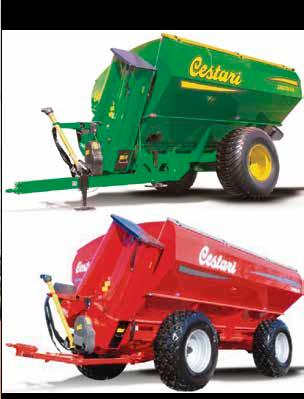

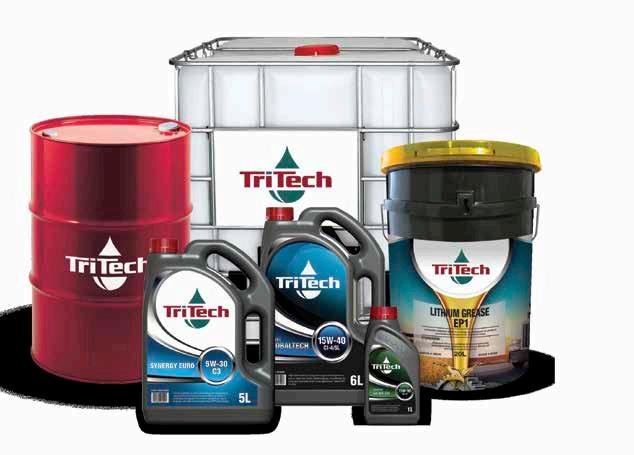
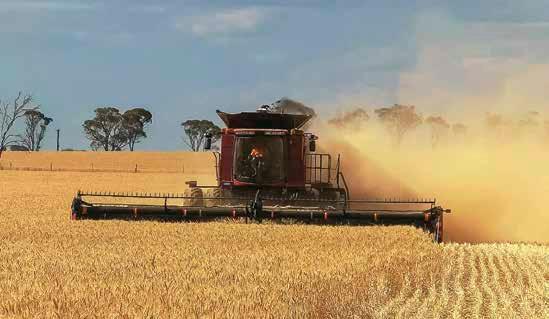
All our products adhere to ISO 9001-2015 guidelines and are blended using OEM-approved formulations.



•
•
•
•
•
•
•







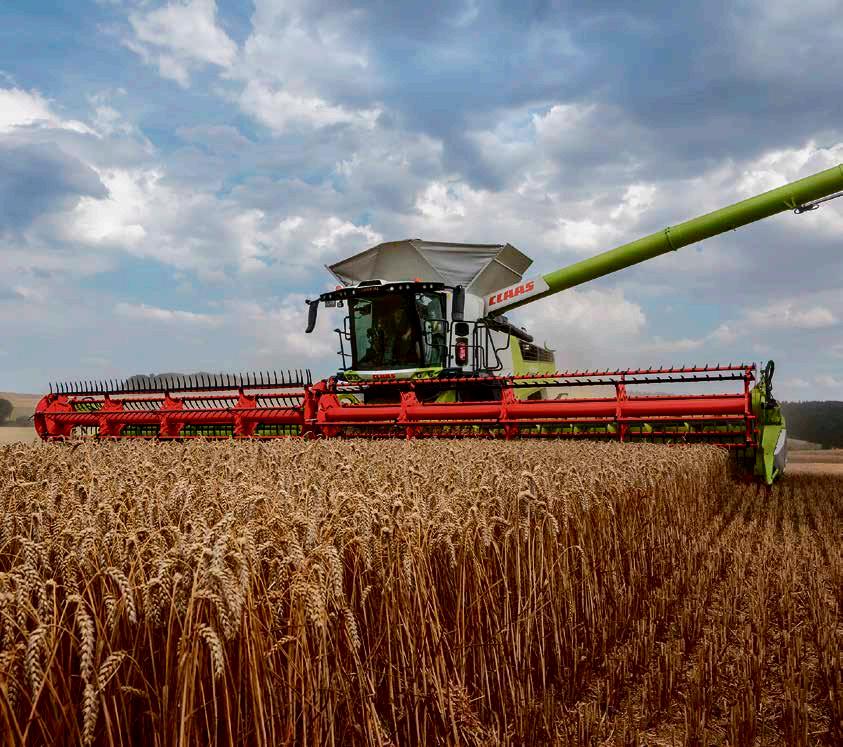
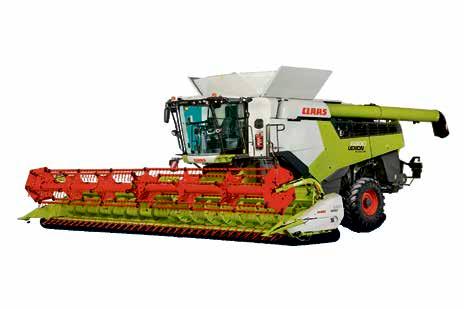
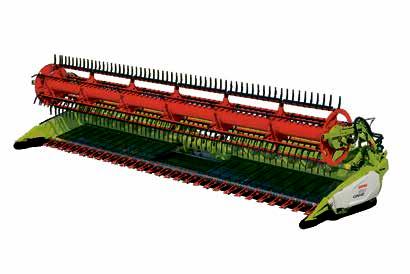
High throughput APS SYNFLOW WALKER threshing unit
High performance separation TERRA TRAC and tyre technology for optimal ground protection
Powerful Tier 3 engines with up to 461 hp VARIO and CONVIO cutterbars in widths up to 13.8 m optimise crop intake
High throughput APS SYNFLOW HYBRID threshing unit
High performance separation
Cutterbars up to 15.3 m allow you to work even more productively 40 km/h gets you there quickly
Powerful Tier 3 MAN engines with up to 700 hp
DYNAMIC POWER for fuel savings of up to 10% 18,000 L unloaded in 100 s
In-cab assistance systems manage reel torque control, AUTOMATIC BELT SPEED and AUTO CONTOUR FLEX adjustment of the cutterbar CONVIO and CONVIO FLEX range in size from 7.7 m to
Fully integrated LED lighting packages available

Representatives from The Hamilton and Alexandra College will be among those on hand to showcase their school’s benefits to parents looking to find the correct ‘fit’ for their family.
The Hamilton and Alexandra College is co-educational and offers day and boarding school options.
This year’s school captains, Nicholas Hoskyns and Sarah Richardson, encourage people to consider the opportunities on offer at their school.
Nicholas said both Sarah and himself had made the most of ‘expansive’ opportunities at the college throughout their schooling journeys.
Nicholas joined The Hamilton and Alexandra College in prep and starting playing the violin soon after.
He said he enjoyed the strings program in year two, continued playing violin and in his final year, is completing the Associate in Music, Australia, AmusA, Diploma.
“At college, I have been supported to follow my passions in both music and basketball,” he said.
“The music department has national and international connections and I have had incredible experiences on
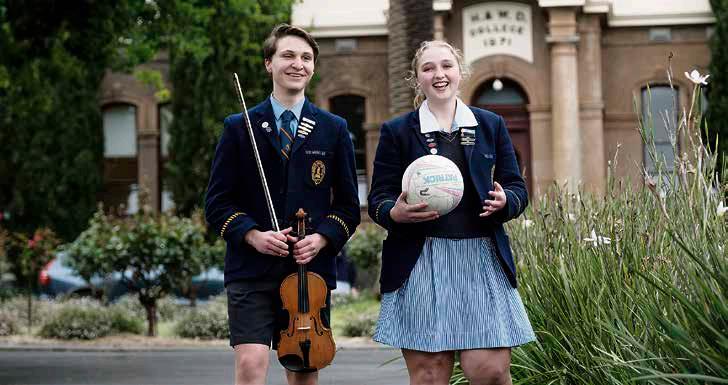
stage and in the classroom working with world-acclaimed musicians and teachers.
“A fairly typical day for me has involved chemistry and biology experiments, an individual lesson with a member of the Melbourne Symphony Orchestra and then racing off to coach my under-10s basketball team before hitting the court for the college in the evening.”
Nicholas said in his final year, he was considering several career pathways, in medicine, finance and music.
“I am working closely with my VCE teachers and careers advisor to determine my university applications and to ensure I find a balance to maintain

my love of learning, music and sport,” he said.
Sarah joined the college in year seven and lives in Casterton.
Along with school captain, she is also netball captain and is focused on her plans to study paramedicine at university after she completes her final year.
“I have loved every minute at college,” Sarah said.
“There is always something new or different to ‘give a go’.
“I have been involved in the concert band playing the flute, represented the school in netball and supporting junior netballers as a coach, a member of the Student Representative Council and
worked at community events as a part of the hospitality program.”
Sarah said she did not take for granted her experiences at the college.
“The Central Australia camp was amazing and the hands-on support from teachers has helped my confidence to achieve my dream career,” she said.
The Hamilton and Alexandra College scholarships are open for 2025 enrolments.
The college will host a senior school, boarding house and equestrian centre open day on Sunday, March 24.
People can visit website hamilton college.vic.edu.au for more information and to register their interest.

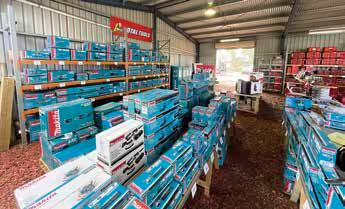
Victorians are invited to have their say on proposed changes to the state’s planning regulations for animal production.
The changes will exist as a new clause in the Victoria Planning Provisions and apply to all planning schemes in Victoria.
The clause provides guidelines for the location, design and management of new and expanded animal production facilities such as pig and poultry farms, intensive dairy farms and feedlots, but does not apply to grazing animal production.
Agriculture Victoria executive director Sarah-Jane McCormack said the proposal aimed to provide primary producers with clearer and more consistent planning requirements.
“The proposed changes have been designed to provide a transparent and enforceable clause that sets best-practice benchmarks for developments and provides certainty for investment in the animal production industry,” she said.
The clause aims to reduce the regulatory burden for animal production while continuing to protect the health of communities and the environment.
It consolidates planning requirements for all animal production into a single location within the Victoria Planning Provisions.
The Engage Victoria public consultation will allow community and industry members to review and provide feedback. Submissions can be made at engage.vic.gov.au until April 22.






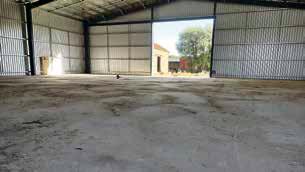





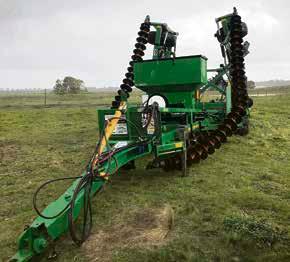

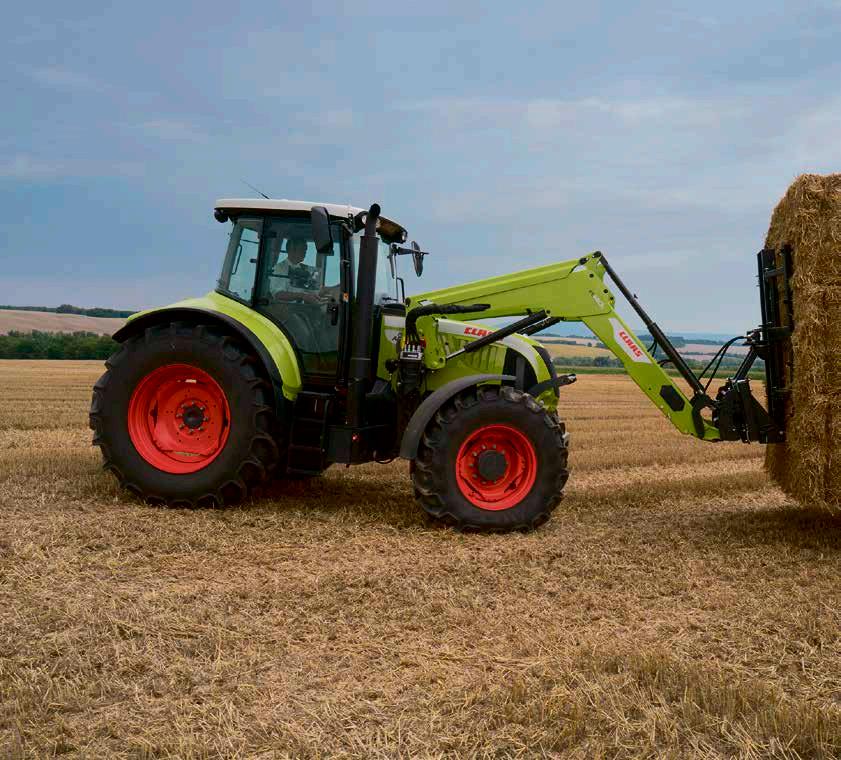
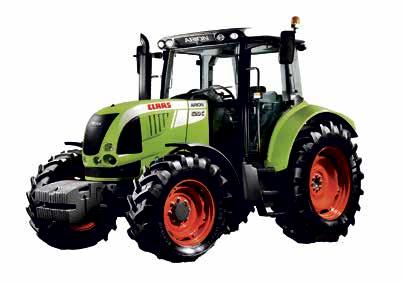

producers continue to play a role in Australia’s meat export market, contributing to a total volume of 1.84-million shipped weight tonnes of red meat delivered to more than 100 countries last year.
The result is a record A$17.08billion total for the 12 months ending November 2023.
Meat and Livestock Australia, MLA, has released annual global market snapshots for 2024, providing insights into where the volume and value were distributed to, and drivers of demand in each market.
The snapshot reports are collated by MLA to illustrate the competitive advantages and growth opportunities for Australian red meat across the world.
Covering 14 markets for beef and sheep meat, the snapshots provide industry stakeholders access to topline insights on consumer demographics, perceptions, habits and trends, as well as key export statistics, analysis and updates on trade access and the competitive landscape.
Key insights:
• Mainland China remains the number one destination for Australian red meat exports by volume, importing 206,193 tonnes of beef and 165,245 tonnes of lamb and mutton. Long-term import demand drivers are strong, with China’s affluent consumer
base forecast to continue expansion, along with growing appreciation for high quality red meat products.
• The United States continues to be a major market for Australian grass-fed beef and lamb. Opportunities for Australia in the US centre around increasing value through premium products such as chilled grass-fed beef and lamb, rather than just growing consumption volume.
• Japan is the third-largest beef importer globally and the second largest export customer of Australian beef. The market is especially unique for having a highly sophisticated but also very fragmented retail food market, where Australian beef and lamb are commonly sold in retail, as both fresh meat and ready-to-eat options.
• Korea is among Australia’s fastest-growing lamb markets in recent years with sheep meat worth $279-million exported there in 2023. Korea’s e-commerce channel is among the world’s largest and is an easy and convenient way for shoppers to purchase Australian red meat.
• Australia’s red meat exports to the United Kingdom have notably increased in just the few months since the Australia-UK Free Trade Agreement – A-UK FTA – entered into force from the end of May 2023. Comparing the half-year period export
volume from June to December in 2022 and 2023, beef volume was up nearly five-fold, lamb and mutton both doubled.
MLA global market insights and adoption manager Miho Kondo said young, expanding and increasingly affluent consumers in emerging regions such as the Middle East and SouthEast Asia provided another significant opportunity for Australian red meat exporters.
“The dial has been shifting regarding the awareness of premium red meat, as demand for non-local cuisine food-service experiences and acceptance of packaged meat products purchased from modern retail are playing a more significant role in emerging markets,” she said.
“The Australian red meat industry has the potential to extend its excellent reputation overseas by expanding into more markets, accessing new consumers in already-established markets and ensuring the industry’s reputation for producing the best beef and lamb in the world.”
Ms Kondo said MLA’s market snapshots provided latest data and insights for Australia’s red meat industry.
“It is absolutely vital for our industry to have access to upto-date market and consumer insights on our key global markets in order to consolidate our competitive advantages and leverage growth opportunities,” she said.
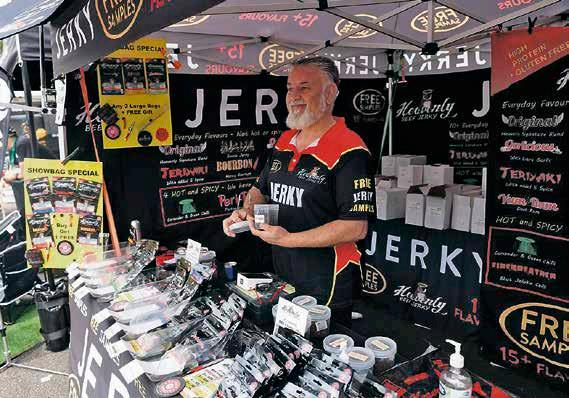
TEMPTING: Heavenly Beef Jerky’s Levent Can will return to the Wimmera Machinery Field Days this year with 12 ready-to-eat flavours.
Among the highlights for visitors to Wimmera Machinery Field Days each year is the opportunity to purchase wares from a variety of boutique sellers.
Heavenly Beef Jerky is back this year, offering 12 ready-to-eat flavours.
Business representative Levent Can said the jerky could be stored for months without refrigeration.
“It’s a healthy snack that’s high in protein and low in fat and can be eaten almost anywhere,” he said.
“Enjoy it while fishing, camping, boating, hiking, on long drives and in school lunches, to name a few.”
Mr Can said the business used 100 percent premium Australian beef and was South Australian-owned and operated.

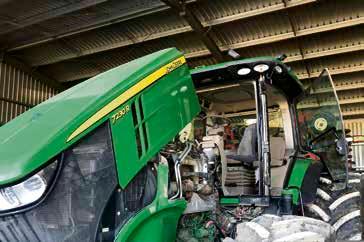
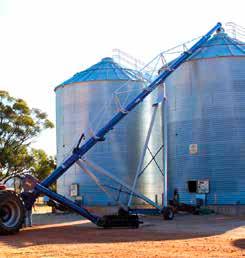

“Heavenly Beef Jerky is all freshly made by our qualified staff within a HACCP-accredited, Hazard Analysis Critical Control point, facility from lean cuts of topside Australian beef stripped of all fat,” he said.
“We prepare our jerky using the finest ingredients and only using fresh meat. We freshly make all our own marinade for each batch of jerky from our own secret recipes.
“Every piece of jerky is individually marinated to give maximum taste and lasting flavour, before it is dried.
“It is then immediately packed for distribution. This process ensures the best possible flavour from us to you.”
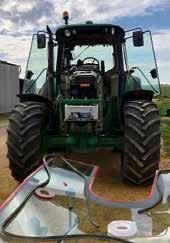


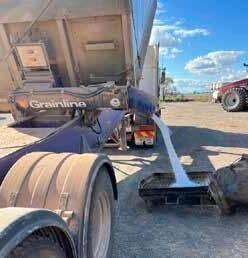
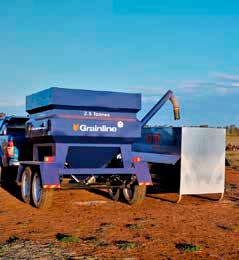



The first step of Australia’s Agriculture and Land Sectoral Plan is now complete after a process of consultations and surveys closed earlier this month. It was a chance for the agriculture industry to have its first say on issues to be considered in the Federal Government’s plan to reduce emissions and improve sustainability.
The Agriculture and Land Sectoral Plan is one of six sectoral decarbonisation plans under the government’s Net Zero 2050 Plan.
Agriculture, Fisheries and Forestry Minister Murray Watt said the public consultation process was the first step in developing the sector plan, which would map out the role of the agricultural sector in Australia’s transition to net zero emissions.
“A wide range of stakeholders have participated in the consultation process, including farmers, peak industry bodies, private organisations, environment groups, the finance sector, universities and researchers,” he said.
“We received more than 230 submissions and this strong level of interest showed just how important issues of sustainability, productivity and profitability are for the agriculture industry.
“Climate change is clearly having an impact on the profitability of producers across the country, with ABARES data showing that changes in seasonal conditions had already reduced farm profits by $29,000 over the past 20 years.
“And as a proud exporting nation, it’s also becoming more and more important from a
trade perspective that our industry becomes more sustainable.
“Stakeholders have raised several options for the government to consider, around issues such as investment in research and development, incentives to adopt new technologies and land management practices, building landholder capacity, and establishing standardised approaches to calculating and reporting emissions.”
Mr Watt said Australian agriculture had made great strides to improve sustainability.
“Now after a decade of delay, the government is stepping up to work with industry and match its ambition,” he said.
“Since coming to office in May 2022, we have made progress on several important activities, such as the National Statement on Climate Change, the Natural Heritage Trust rollout including Climate-Smart Agriculture programs, and our ongoing work on the Future Drought Fund.
“This consultation process was just one part of a significant and ongoing conversation with the sector building on already established climate and sustainability goals and activities.
“We will meet this challenge head-on, which will help secure the future of Australian agriculture, which is good for farmers, good for Australia and good for our economy.”
More information on the plan is available at haveyoursay.agriculture.gov.au/agriculture-and-land-sectoral-plan

MARKET: From left, Brock Quick, Chris Barberm, Lachie Wilkinson and Andrew McIllree, of DMD, selling sheep at Horsham Livestock Exchange last week. Picture: PAUL CARRACHER
The number of lambs and sheep yarded at Horsham Regional Livestock Exchange for Wednesday sales has fluctuated significantly since the start of the year.
The most yarded was on January 17 with 15,100 lambs and 3550 sheep. The least amount yarded for the year so far was on February 14, with 3000 lambs and 1450 sheep.
Graham Pymer’s market report on Wednesday last week showed lamb supply increased to 5100


and there was a moderate increase to 1700 sheep.
He reported quality ranged from average to very good, but there were limited numbers of heavy-weight lambs.
Medium and heavy trade weight lambs sold from $135 to $165 a head, with the heavy weights selling to $223 a head.
Light trade weight lambs sold from $126 to $140 a head.
Merino lambs mostly ranged from $90 to $130 a head.
Restockers were active, paying from $20 to $70 a head for light lambs, from $129 to $158 a head for better-bred shorn lambs and from $77 to $110 a head for unshorn lambs
Merino ewes sold for up to $94, Merino wethers sold for up to $98 with crossbred ewes selling for up to $80 a head.
Light sheep sold from $26 to $55 a head and medium weight sheep sold from $42 to $84 a head.


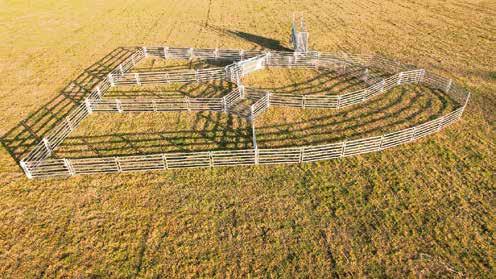
Fordham Ag X7-8
Forty Winks F1
Frahn Engineering K7-8
Gallagher Australia Pty Ltd U4-5
Gason N11-15
GE Silos M14-15
Geronimo Farm Equipment U27-32
Global Roto Moulding V6-7
GNS Engineering V4-6
Goldacres Y1-7
GoldLine A48-53
Grainline J1
Greenfleece L4
Greg Allan Farm Machinery B20-25
Grizzly V17-19
Gunyado Dohne Stud T7
Haeusler’s Group D21-22
Haisley Design F4
Handymax Trading Pty Ltd D6-8
Harberger U20-26
Haymate Australia S9-10
Heavenly Jerky G3
Hernon Fabrication D28-29
Homestar Promotions R12
Horsham Bearings
Horsham
Horsham
Horsham
Agriculture A30-33
Biostart C17-18
Bison Engineering U3
BlueScope
Bonney
Brett’s
Bromar
Bruce
BTE
Buildpro
Burando
Bushman’s
Bute
Can-Am
Carine’s
M9-11
Central Steel Build R4
Cheeky Rascal F2
Claas Harvest Centre Lake Bolac A54-61
Clear Ridge Fabrication N8-10
Clipex Fencing & Stockyards X12-17
CloudBreak Grain Marketing BC2
CMV Truck and Bus V12-16
Commander Ag-Quip C36-39
Crop Opti D21-22
Crop Smart C20-21
Croplands Equipment B9-15
Demot Pty Ltd L3
DLF Seeds T9-10
DLL Finance D9-12
Dunmunkle Sumpoilers H2-11
Dunstan Farmers Engineering W12-19
Duraquip M12-13
Elders Insurance K1-2
Emmetts E1
Endeavour Energy Fuels S4-5
Equipco D36-37
Eureka Garages and Sheds X9-10
Excel Gyral X4-5
Finch Engineering Pty Ltd V29-32
Liberty
Liquip
Local
Polymaster
Powercor
Precise
Preston
Primary Sales Australia N16-18
Purplegrain BC1 QuikFence D46-48
Rabobank
Western
Karcher
Whitefield
Whites
Wilson
Wimmera Small Engines D32-33
WinterGardenz Greenhouses
Australia R2
Woods Equipment Australia M24-25
Ballarat Grammar
Before You Dig Australia (BYDA)
Better Living Australia Therapeutic
Adjustable Massage Beds
Brendan’s Australian Tours
CFA
Colour Sorters Australia
Community Insurance Solutions
Disaster Legal Help Victoria
Donald Mineral Sands
Energy Safe Victoria
Emmetts
Eye Muffs
Free Wimmera Hearing
Gendio Weighing
Grampians Health/Grampians Public
Health Unit
Harwood Andrews
ADM
Advantage Grain
Ag Leader
AgCloud
Agpoint McCoy
Agriculture Victoria
Agro Foods Pty Ltd
AGT Foods
AusFarm Nutrition Products
Australian Grain Export
Autonomous Ag
Blue Lake Milling
CHS Broadbent
Drought Info Kondinin Group
drumMUSTER/ChemClear
Dual Chelate Fertilizer
Farmscan Pty Ltd
Geo Commodities
GrainCorp
GWM Water
Inari Australia
Invest Inya Farmer
Leersen Electronics
Liquid Systems
Mandala Trading
PB Seeds
Pioneer Seeds
Precise Farm Solutions
PSSAG
Ridley Agriproducts
SCT Port Logistics
Victoria Police
Victorian Farmers Federation
Western Ag Supplies
Westpac Agribusiness
WFI
Wimpak
Midstate
Morrow
MyEnergy
Nelson
Achmea Farm Insurance
Agri Om Australia
Ambulance Victoria
ANZ Bank
Ausnet Services
Ballarat & Grampians Community Legal
Service
Ballarat Clarendon College
Horsham & District Lapidary Club
Horsham Rural City Council
JK Milling Pty Ltd
Latrobe Health Services
free heart test
Laucke Mills
LiveUp
Longerenong College
Marcus Oldham College
Market Check
McRae Insurance Services
Melba Support Services
National Insurance Brokers
nbn Local
Niagara Medical Therapy
Partners In Ag
Promotional Products and Uniforms
RFCS Victoria West
RSM Australia
Rural Northwest Health
Saines Lucas Solicitors
Southern Skin Cancer Clinic
St Patrick’s College, Ballarat
Stringer Clark Lawyers
Tebo Massage Chairs
Telstra
Hamilton and Alexandra College
The Nationals Victoria Emma Kealy
The Wimmera Mail-Times
Transmission Company Victoria VNI
West Interconnector
TurmeriX Victoria
Ultramatic
Unigrain
Uniting Wimmera Foster Care
VV Electrical and Solar
Wesley College
WIM Resource
Wimmera Aquatrail
Wimmera CMA
Wimmera Emergency Management
Team
Wimmera Lutheran schools
Wimmera Mallee News
Wimmera Prostate Cancer Support
Group/Cancer Council of Victoria
Wimmera West Grampians
Neighbourhood House Network
Vic SES
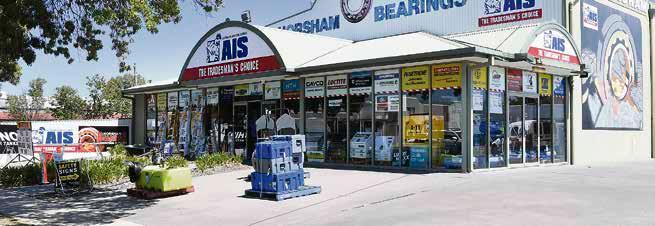


Abundance Unlimited
Cosgrove & Co Leather Handbags
CWA
Herbal Teas Australia
Higher Vision Spirits Holmes & Hide
Josephene by Jo Lucchesi
Matchy Mumma
Out & About Clothing
Pegs Shed
Rawleighs Healthcare
Salami Shack Simply Bee
Spoil Yourself Tracey Kruger Books
Angel Flight
Fossey’s Distillery
Four Seasons Gutter Protection
Hearing Australia
Network Mobility Horsham Tradie Kidswear
Relens Showbags
Be Real Co for Mother Earth
Adele’s Shoe Gallery
Bettergrip Tools
Callipari Wine & Ned Kelly Red Cohuna Sports Store
Country & Vintage Babes
Kustom Kegs Wine Barrel Furniture
Letz Get Wired
My Slice of Life
OMG Decadent Donuts Horsham
Prickly Moses
Riely’s Little Lolly Shop Safety Jumper Lead & Cable Co
TCR Canine Equine Wear
Tough Soaps
Weyhill Farm Garlic Salts and Granules
Wimmera Aquatrail Nursery and Landscape Supplies
Windmill Country Pty Ltd
Beetanicals
Black and Ginger Wines
Co.So Candles
Eve Barnes
Farmgirl Produce
Grampians Olive Co
Imigo Dawn
Kilmaille Knits
Mrs Baker’s Still House
Patchwork Jungle
The Wimmera Grain Store
Natives by Nat
Tr4ces Treatz



